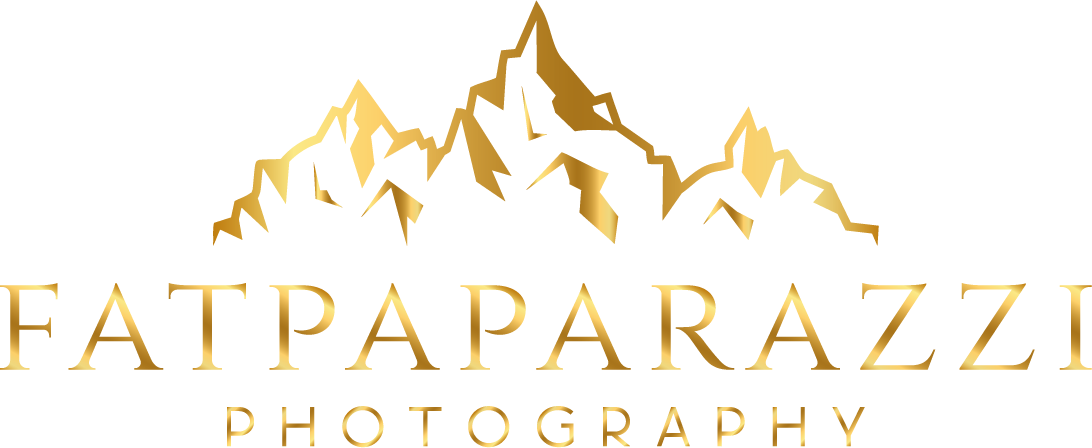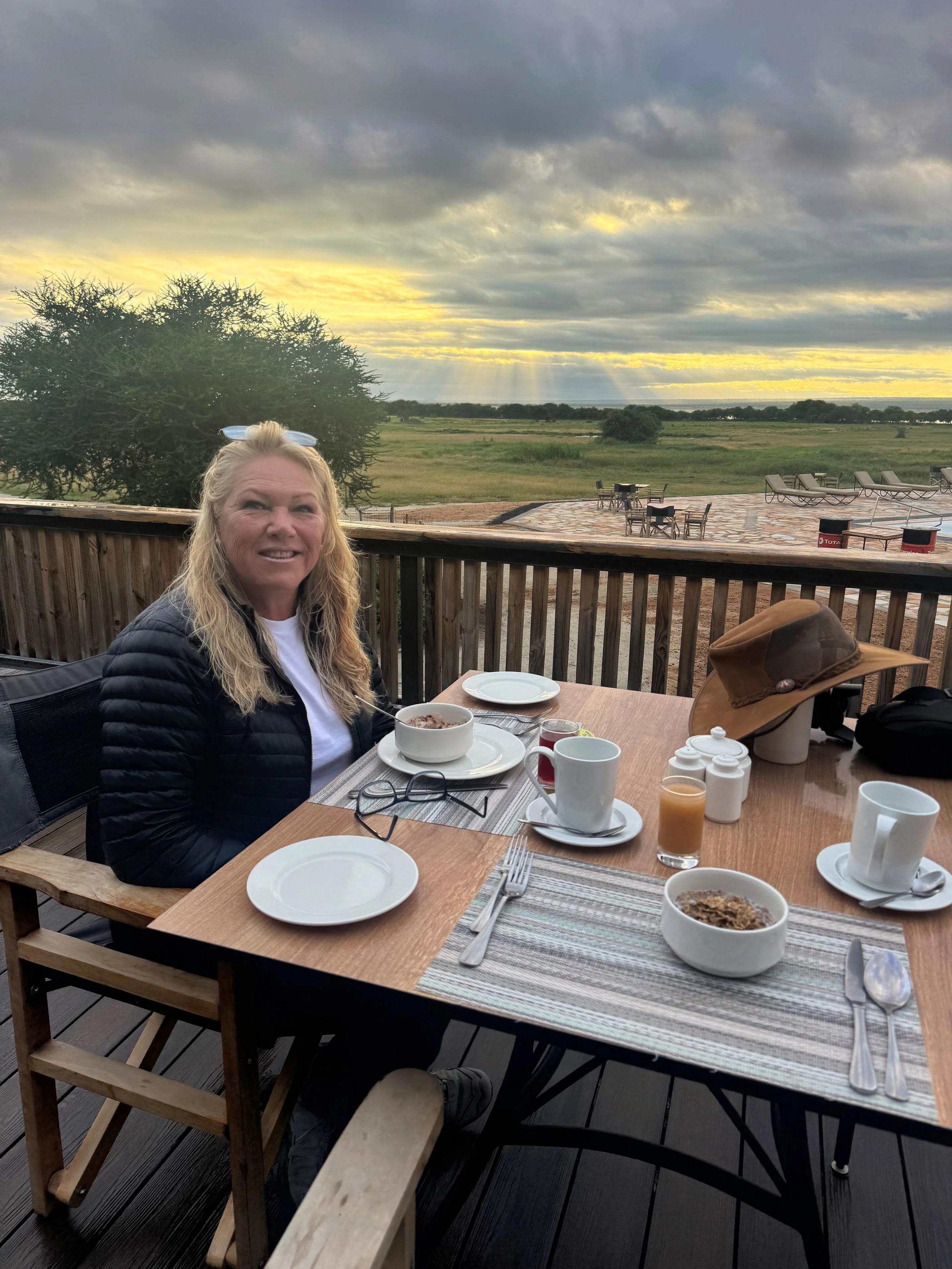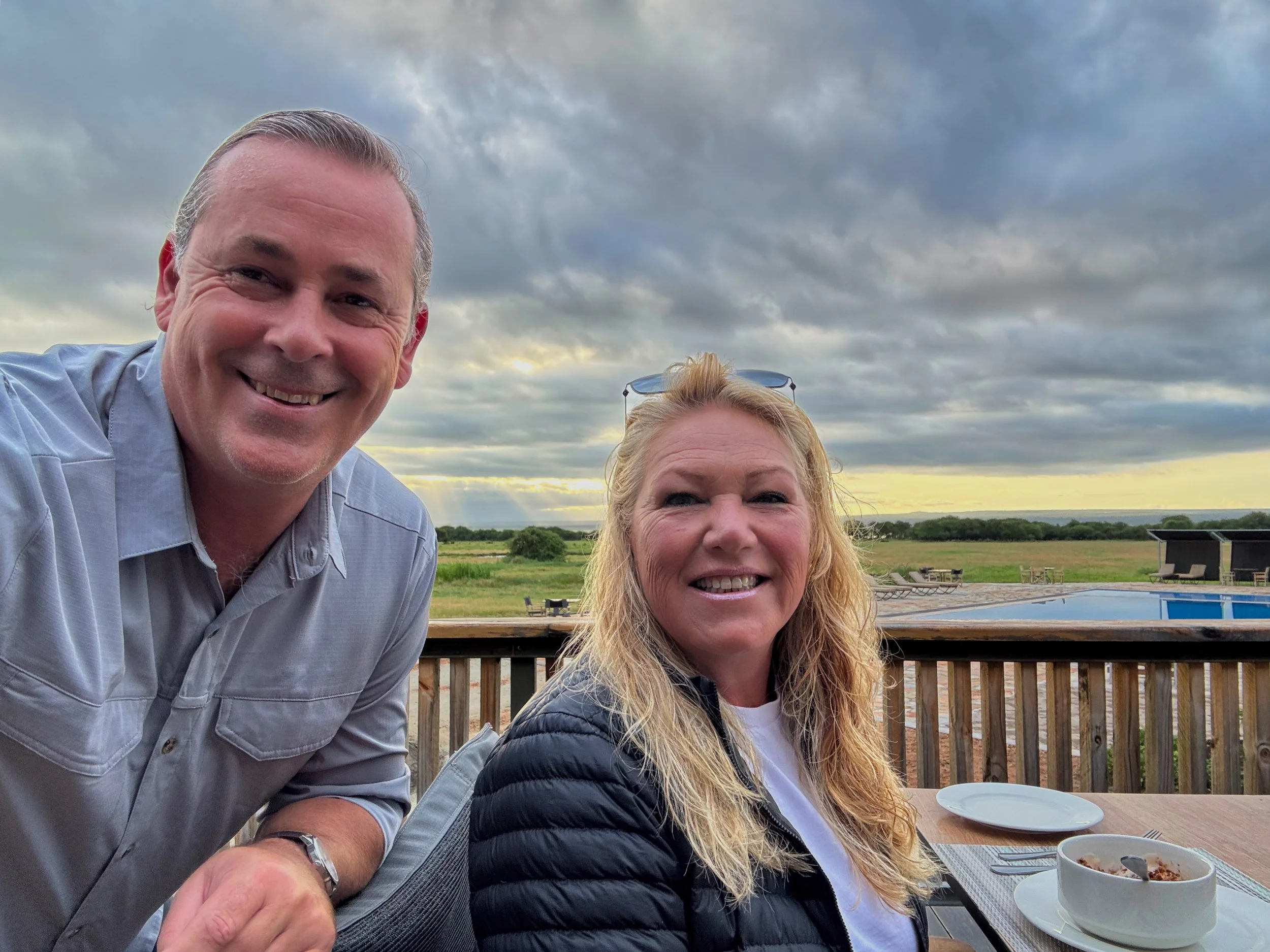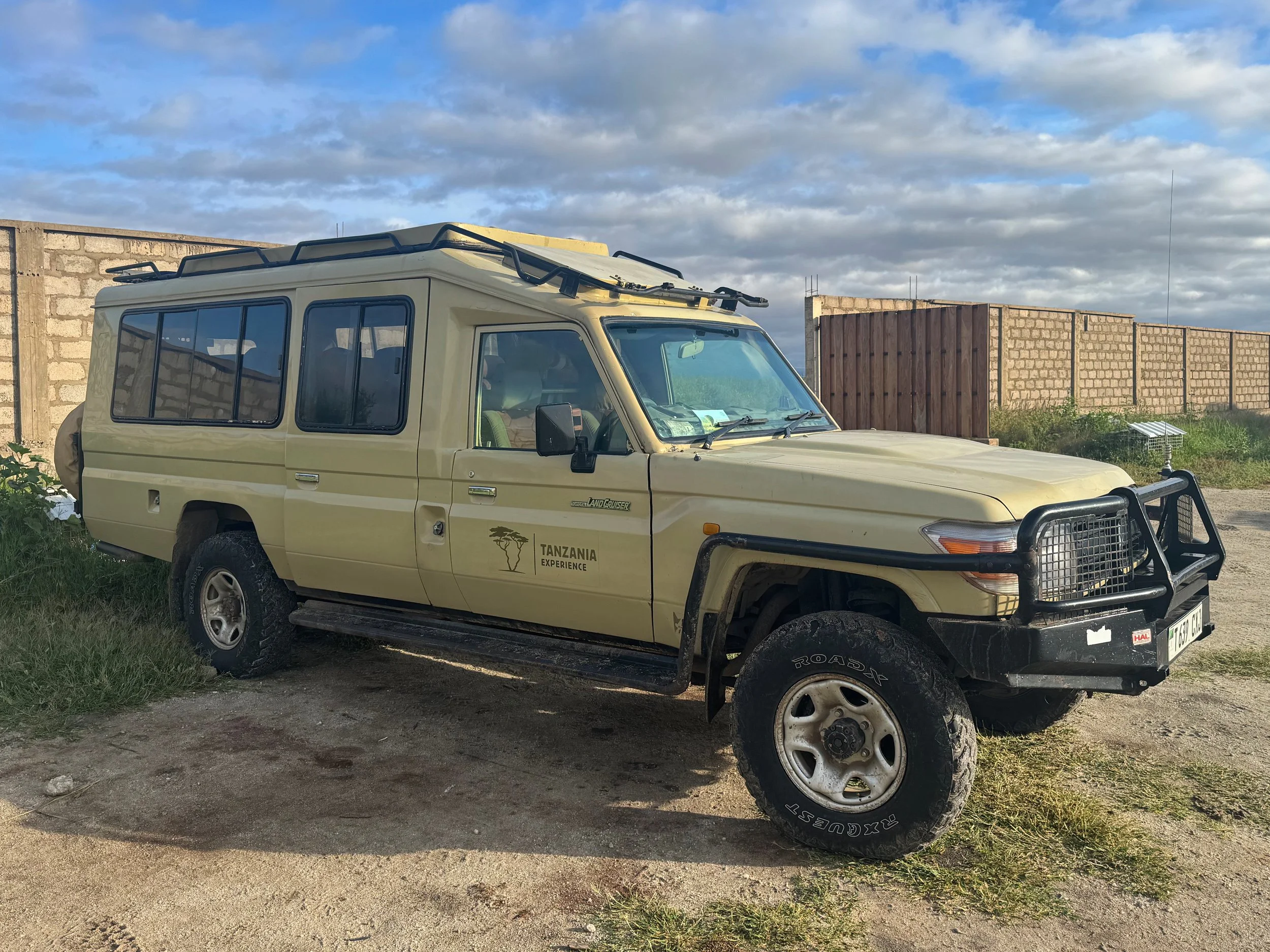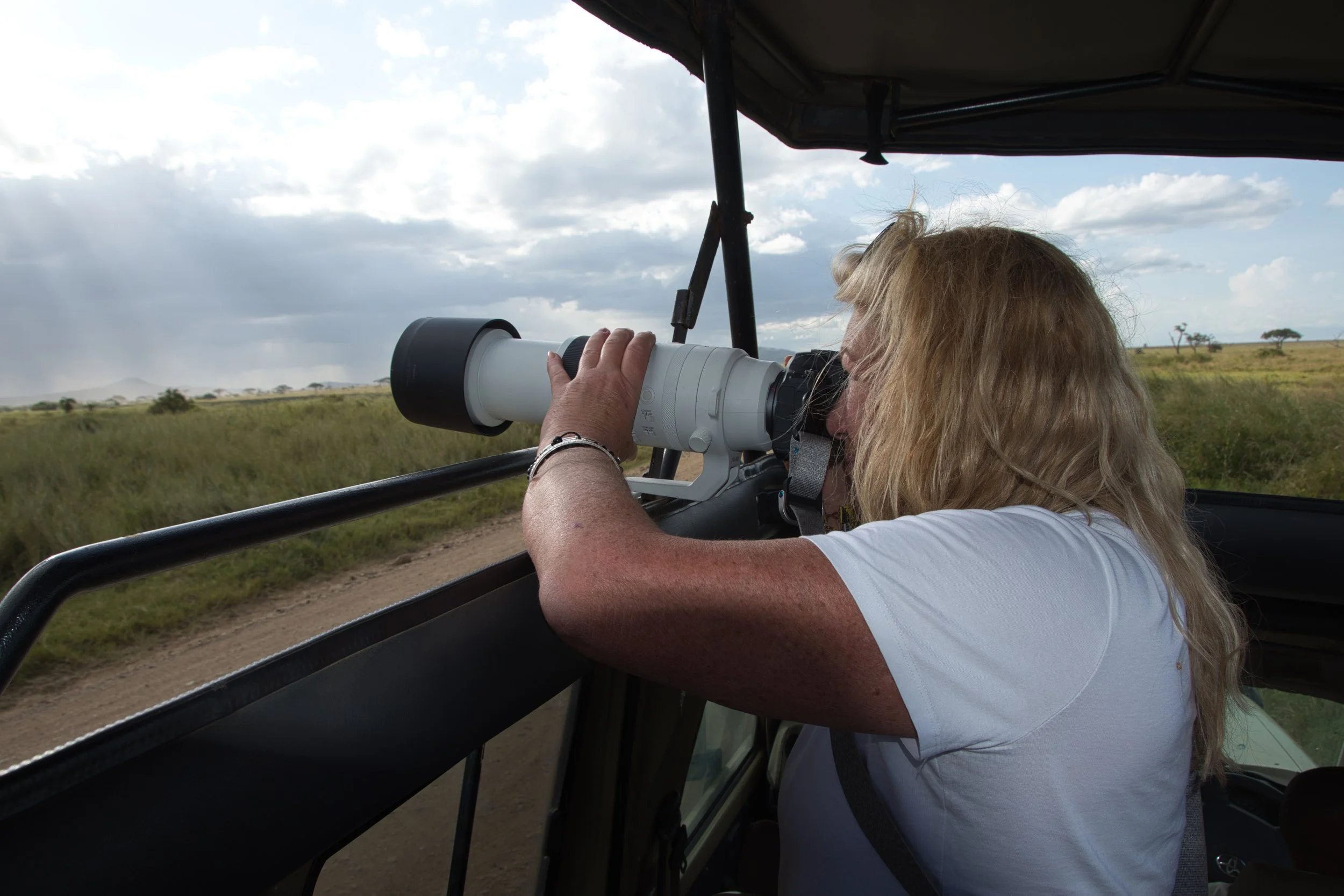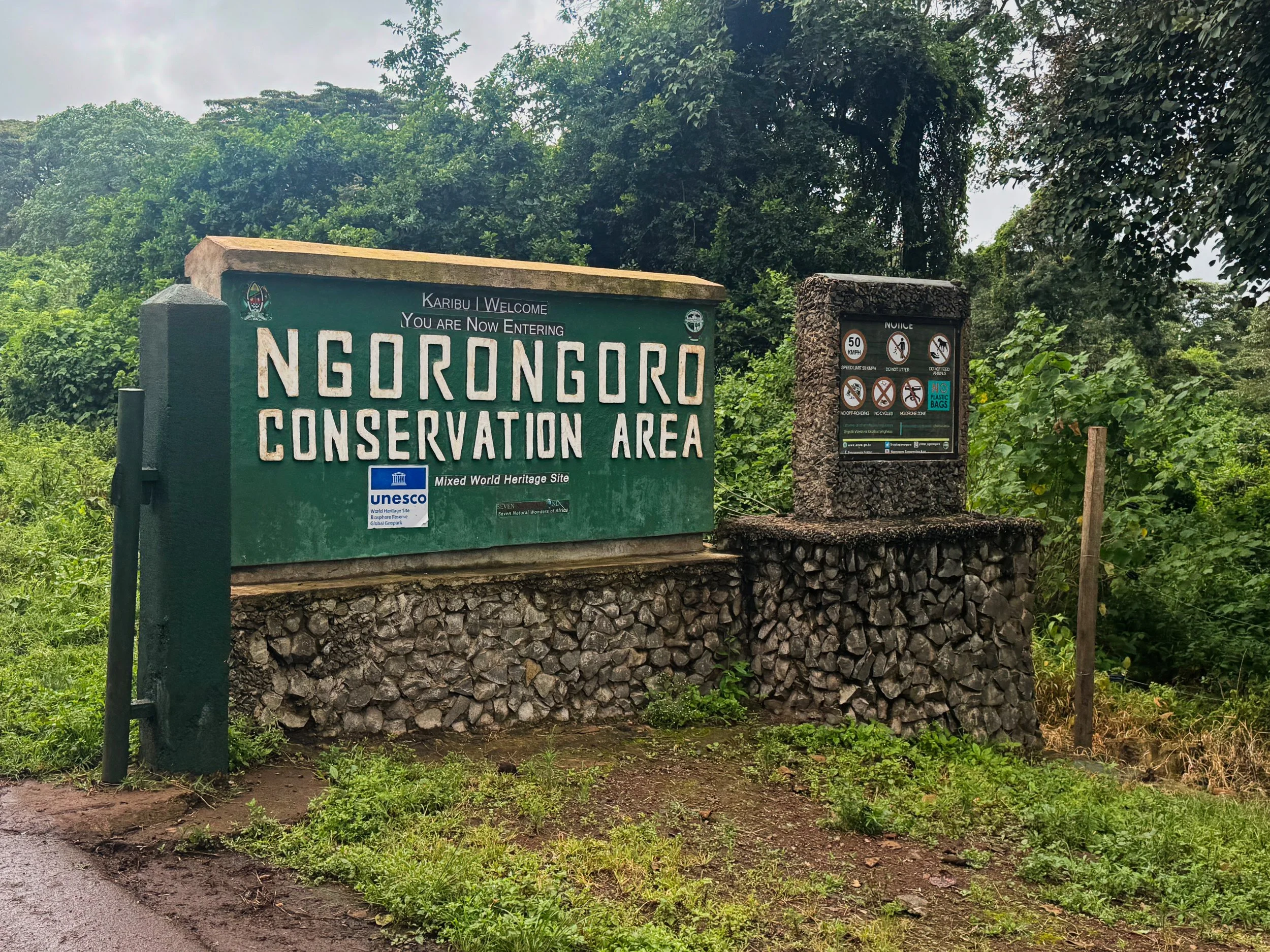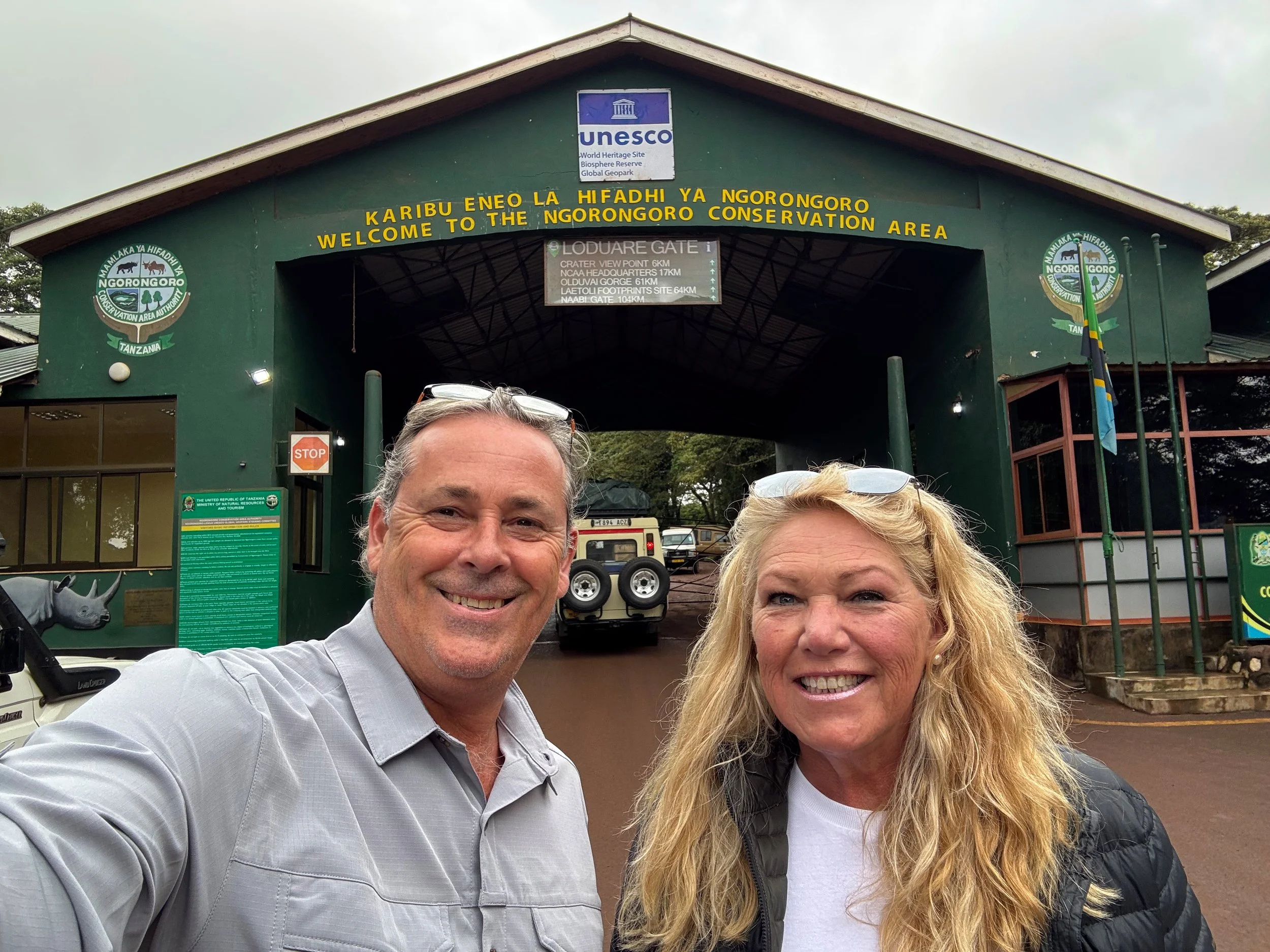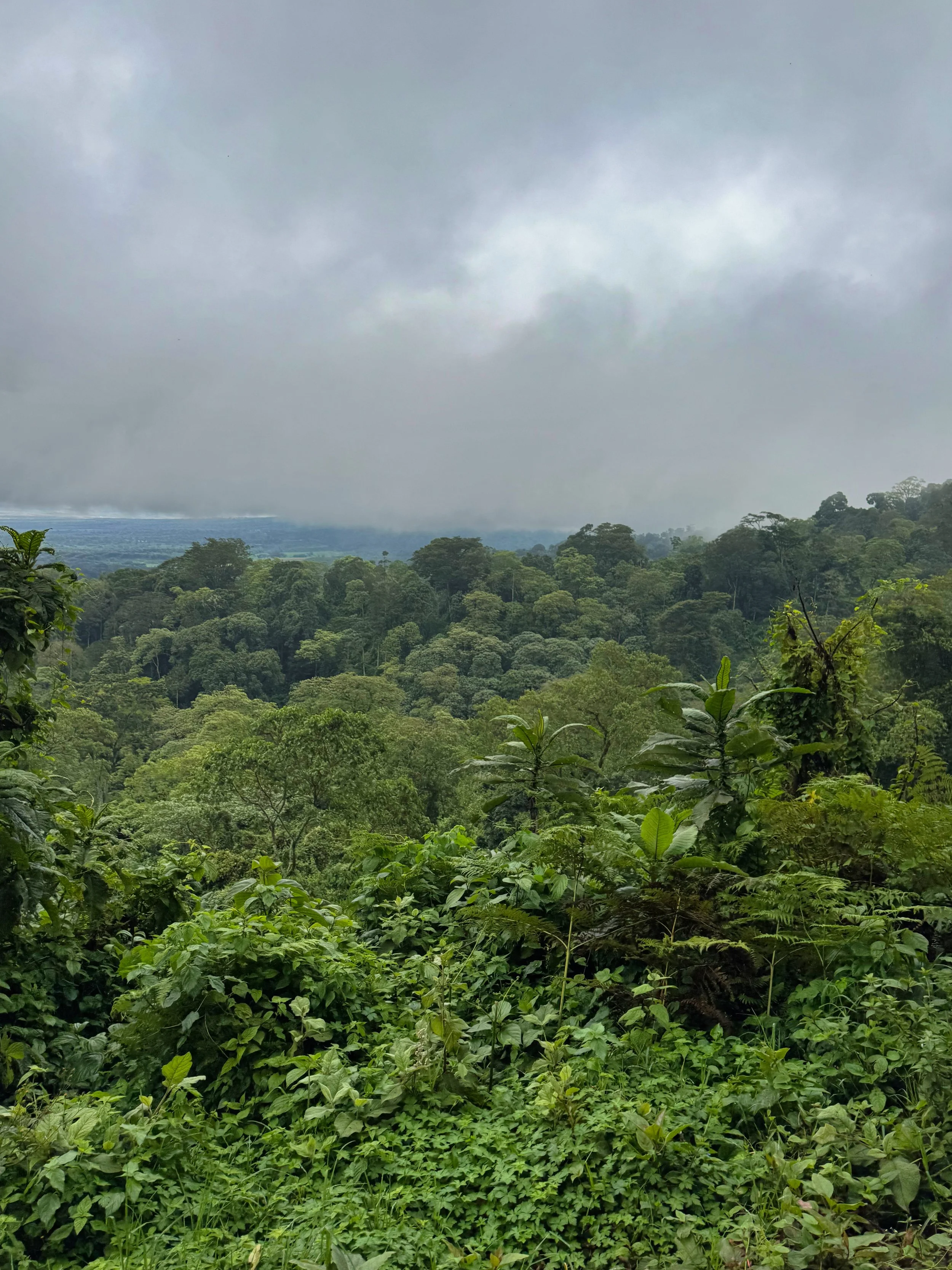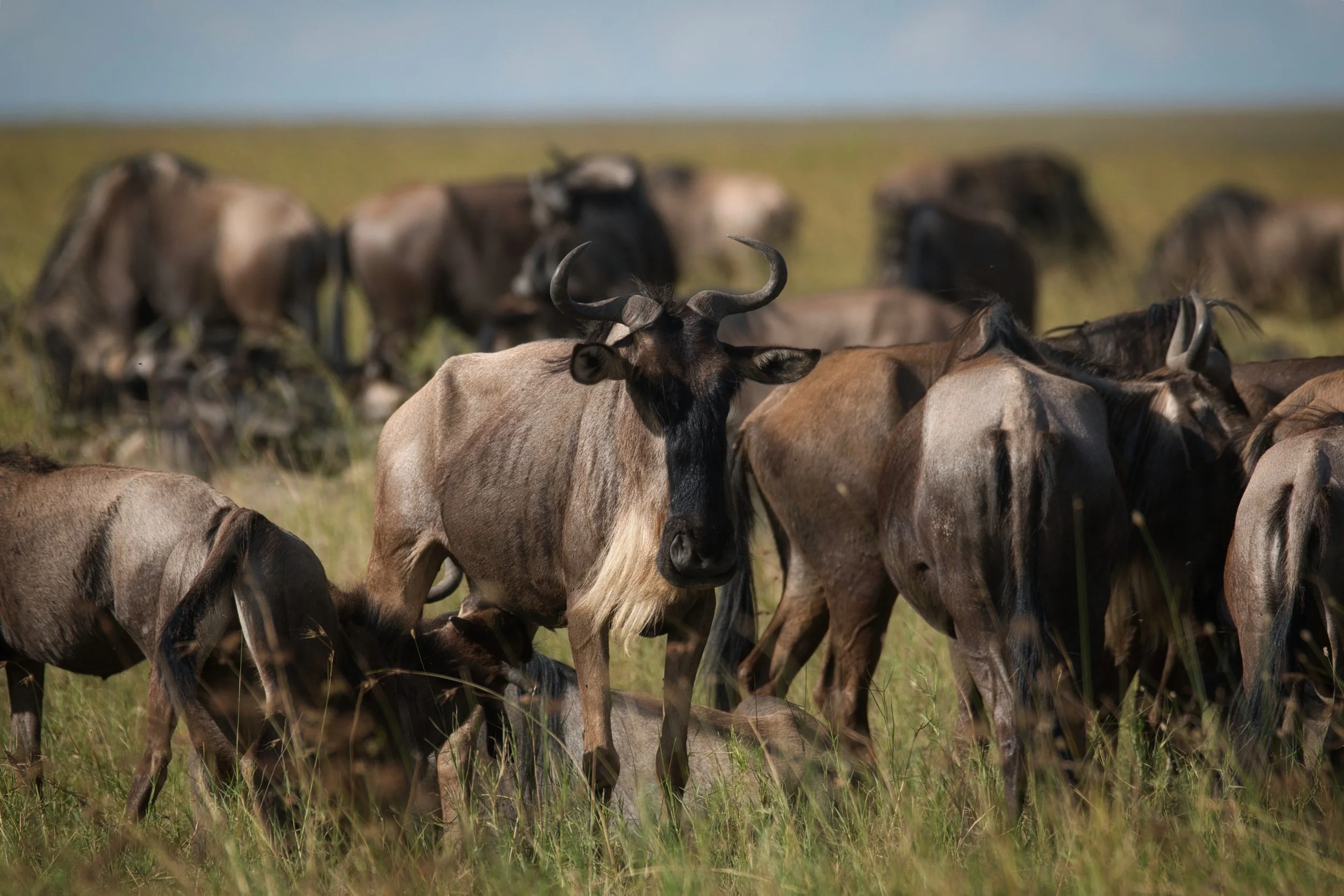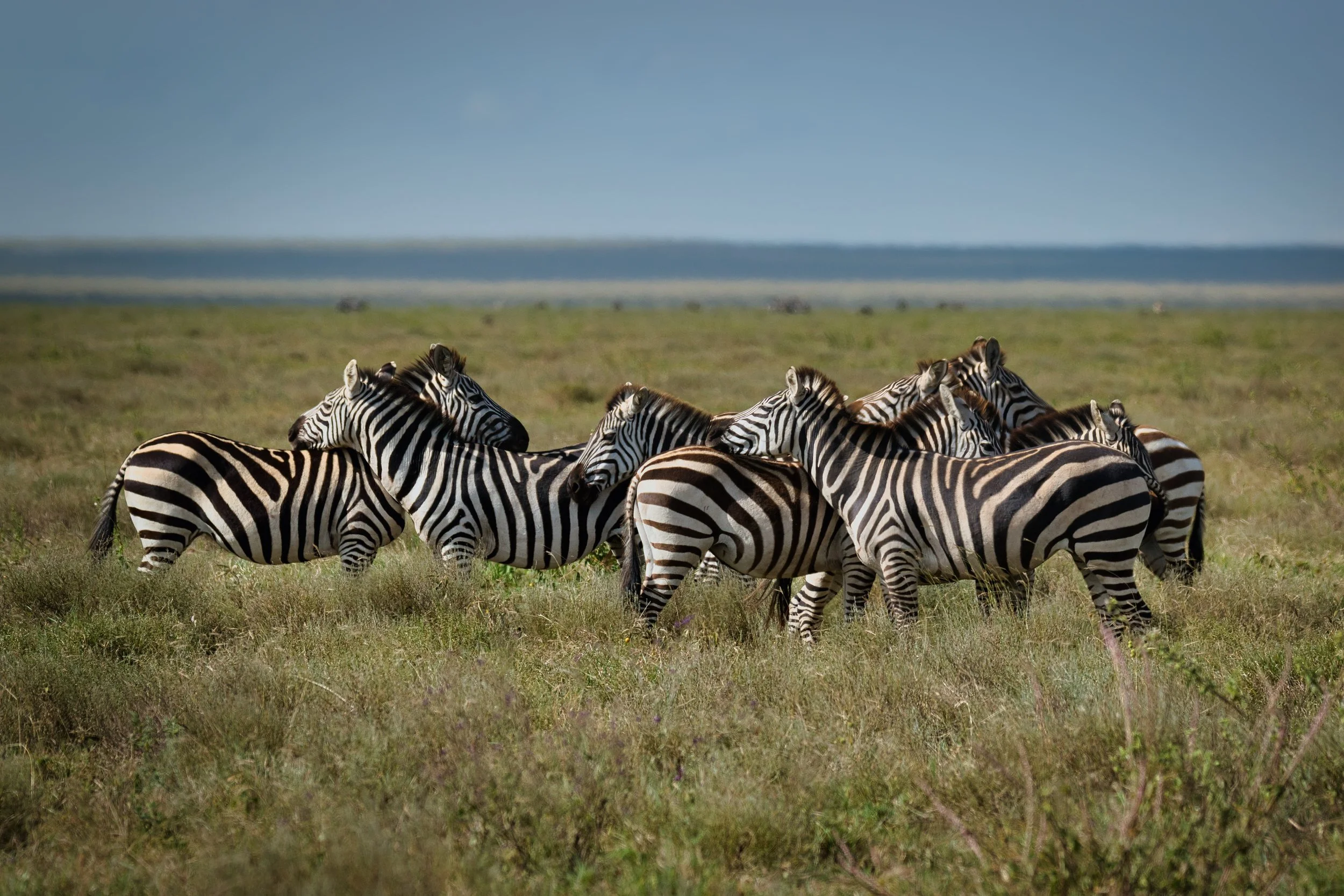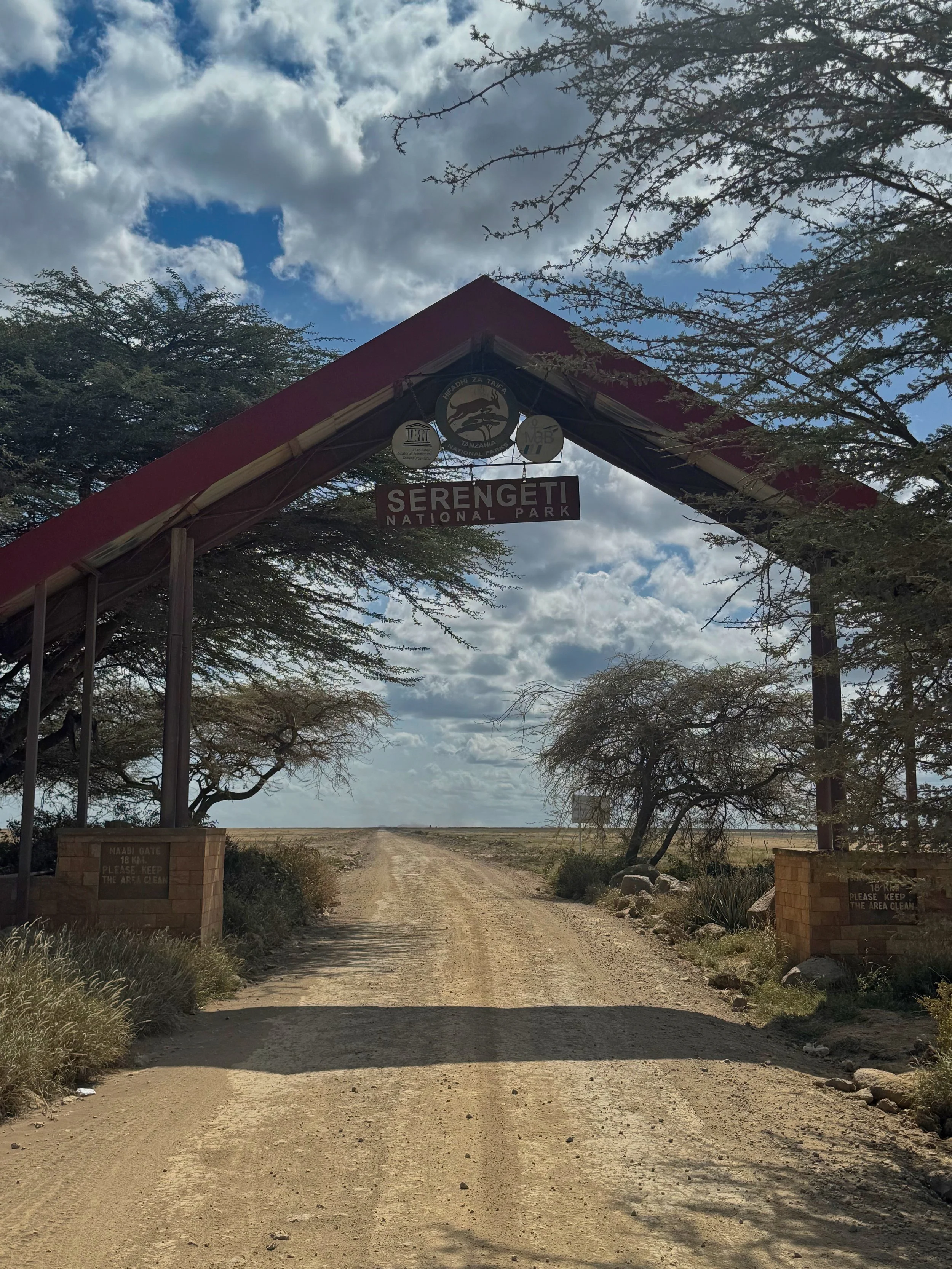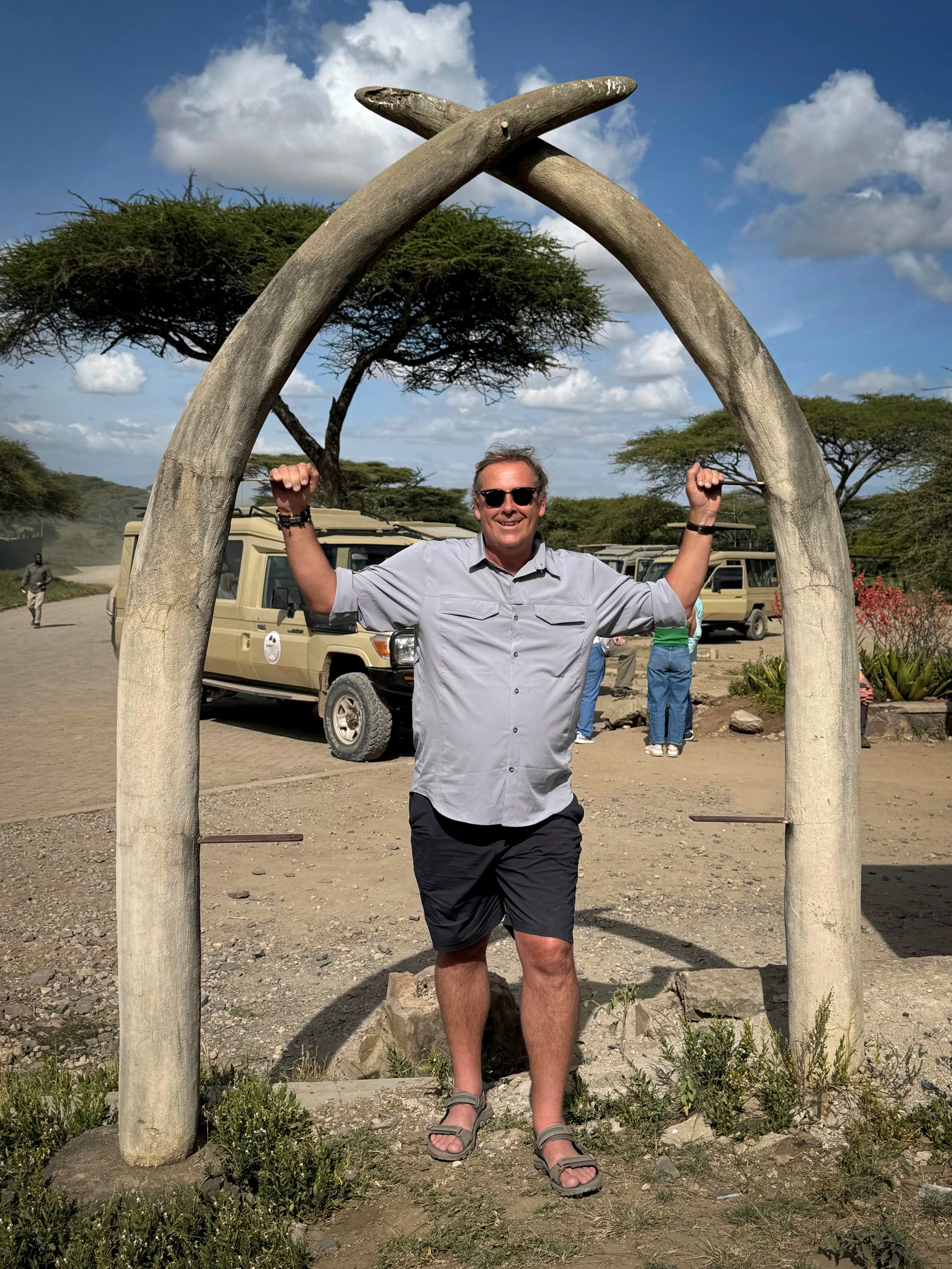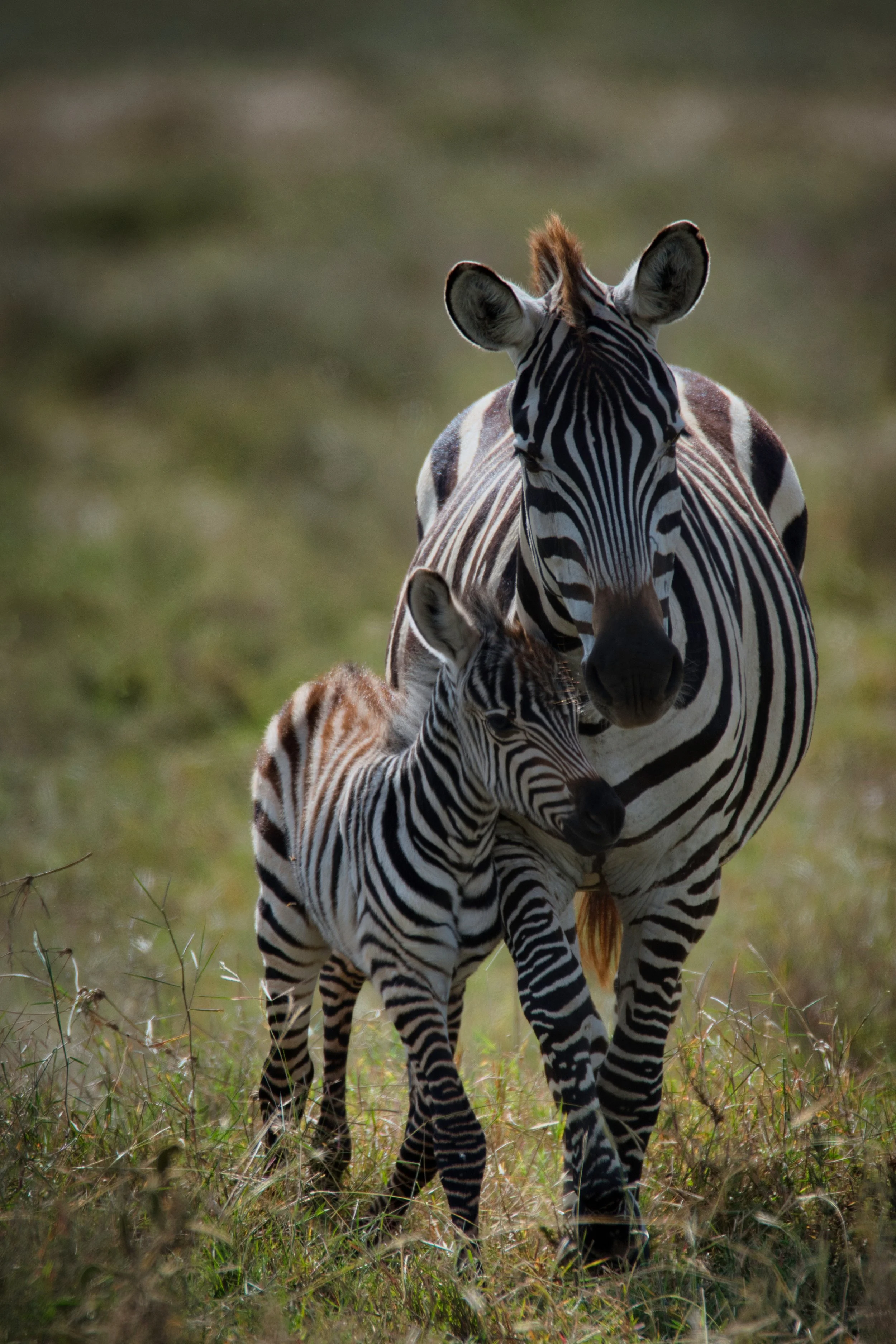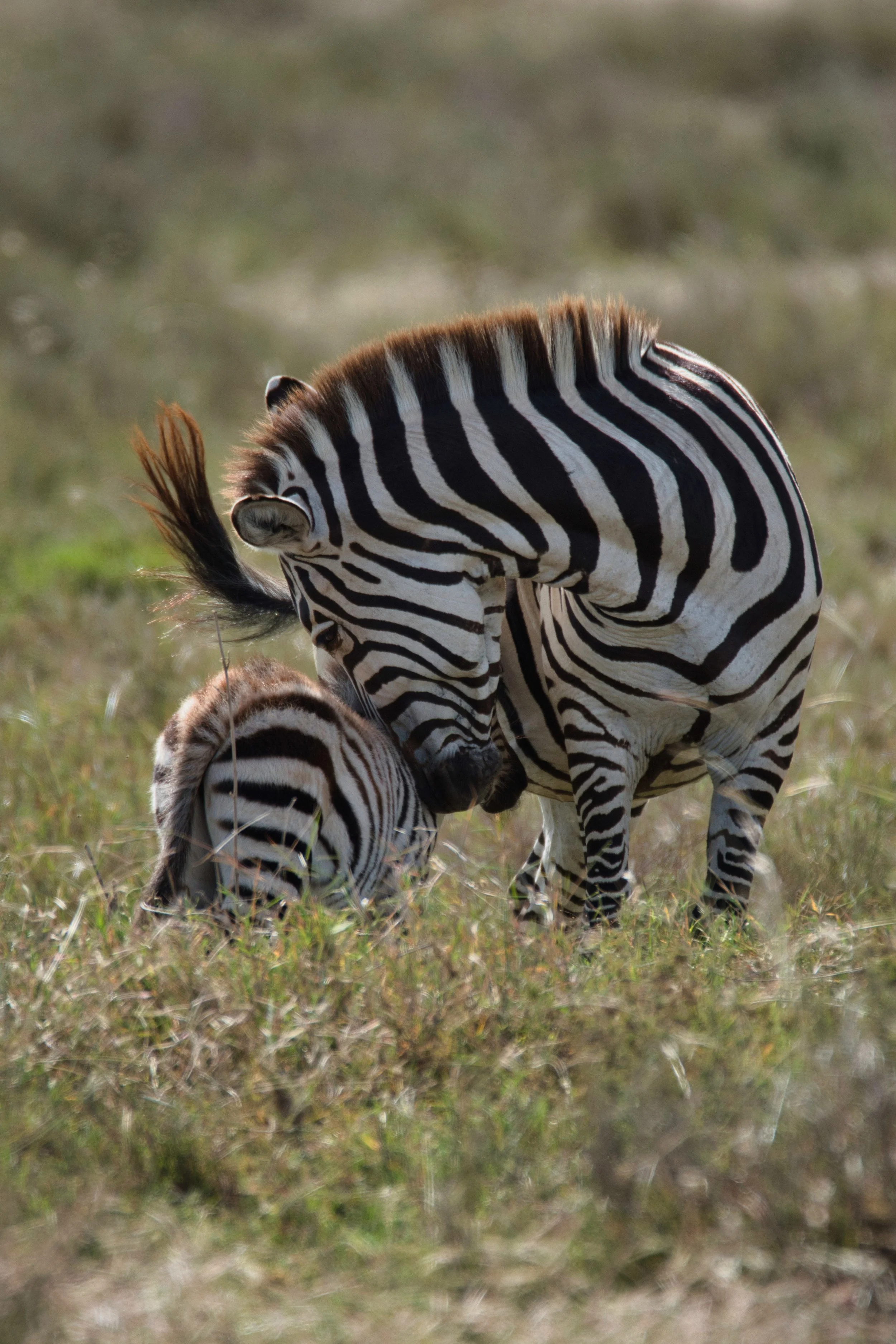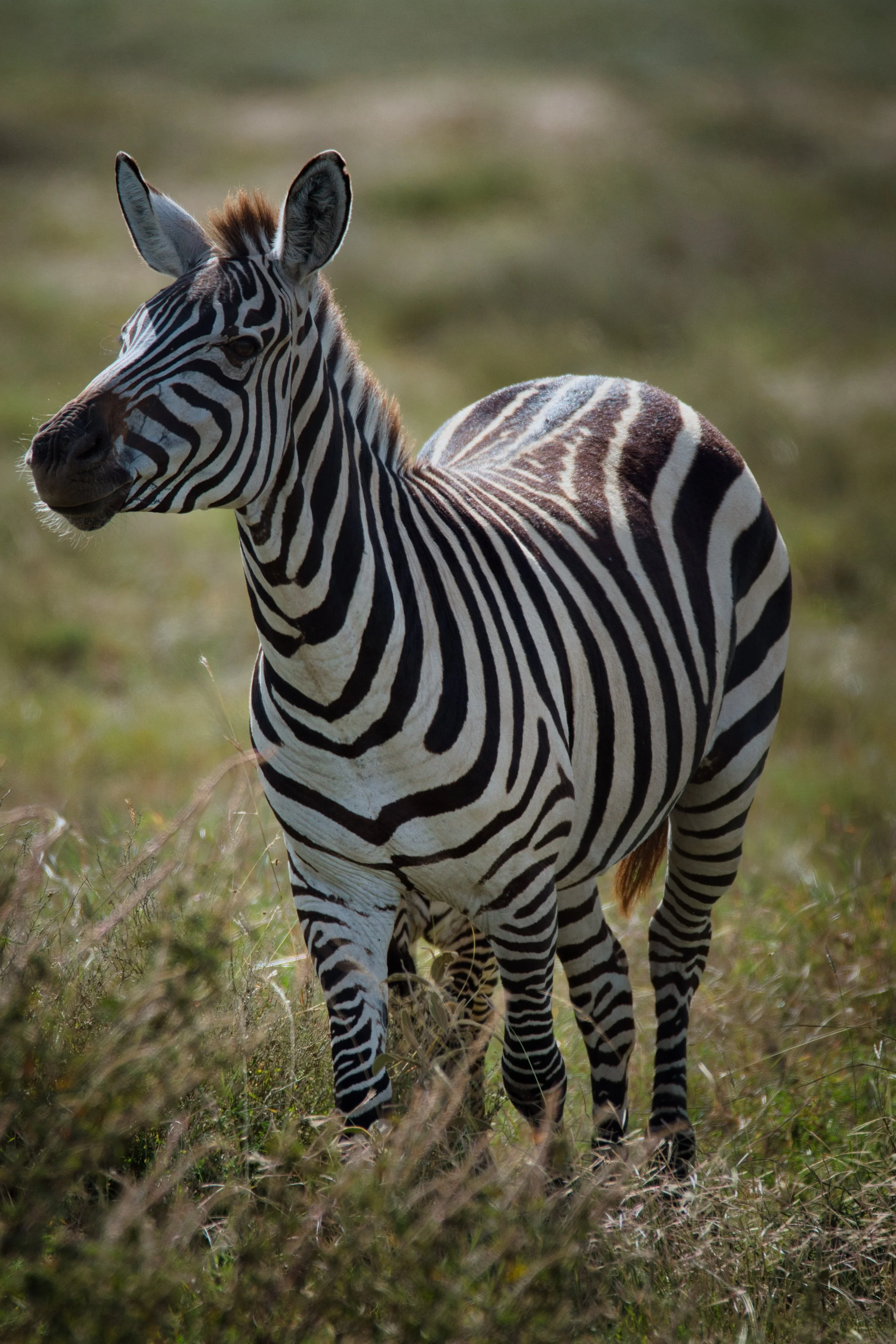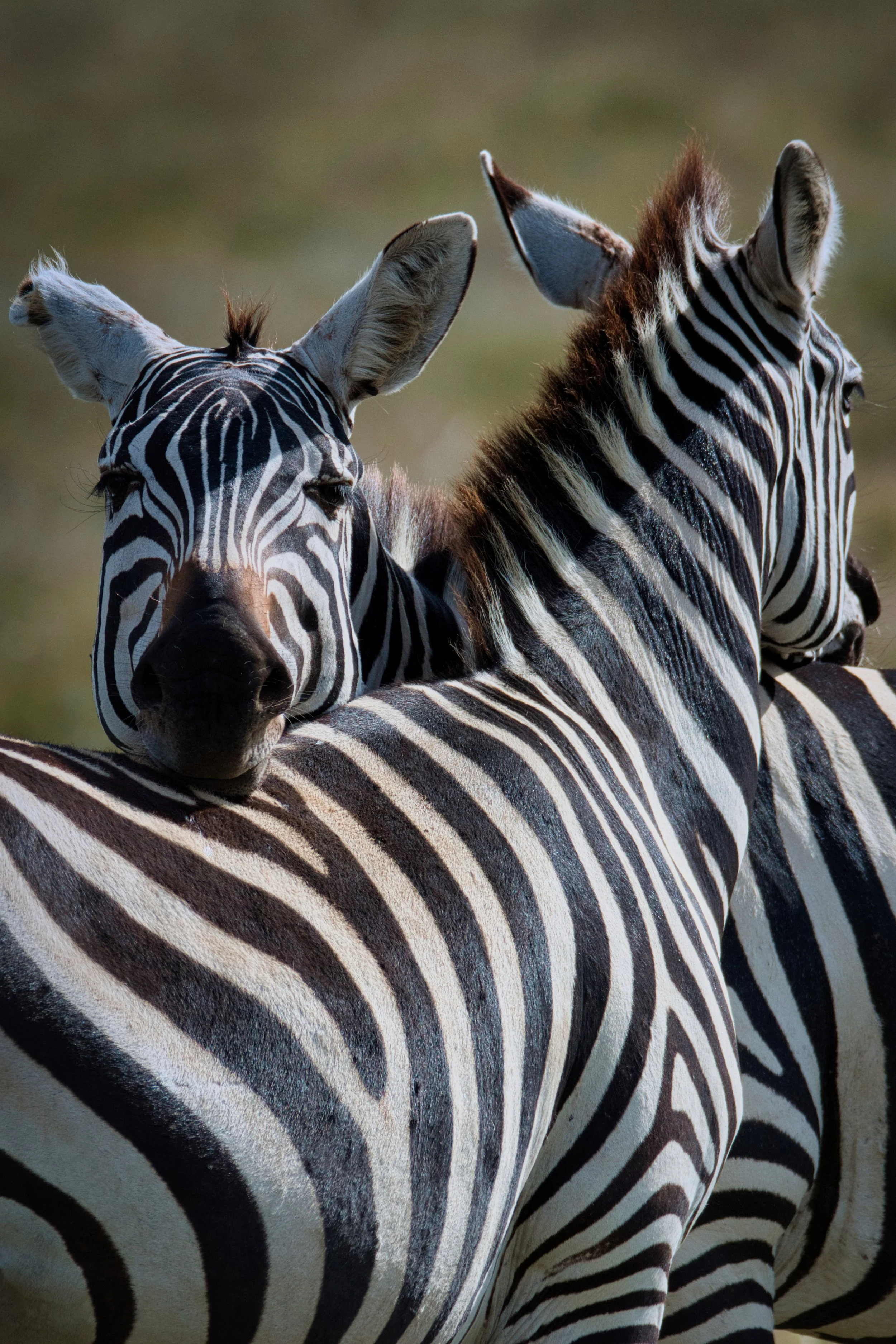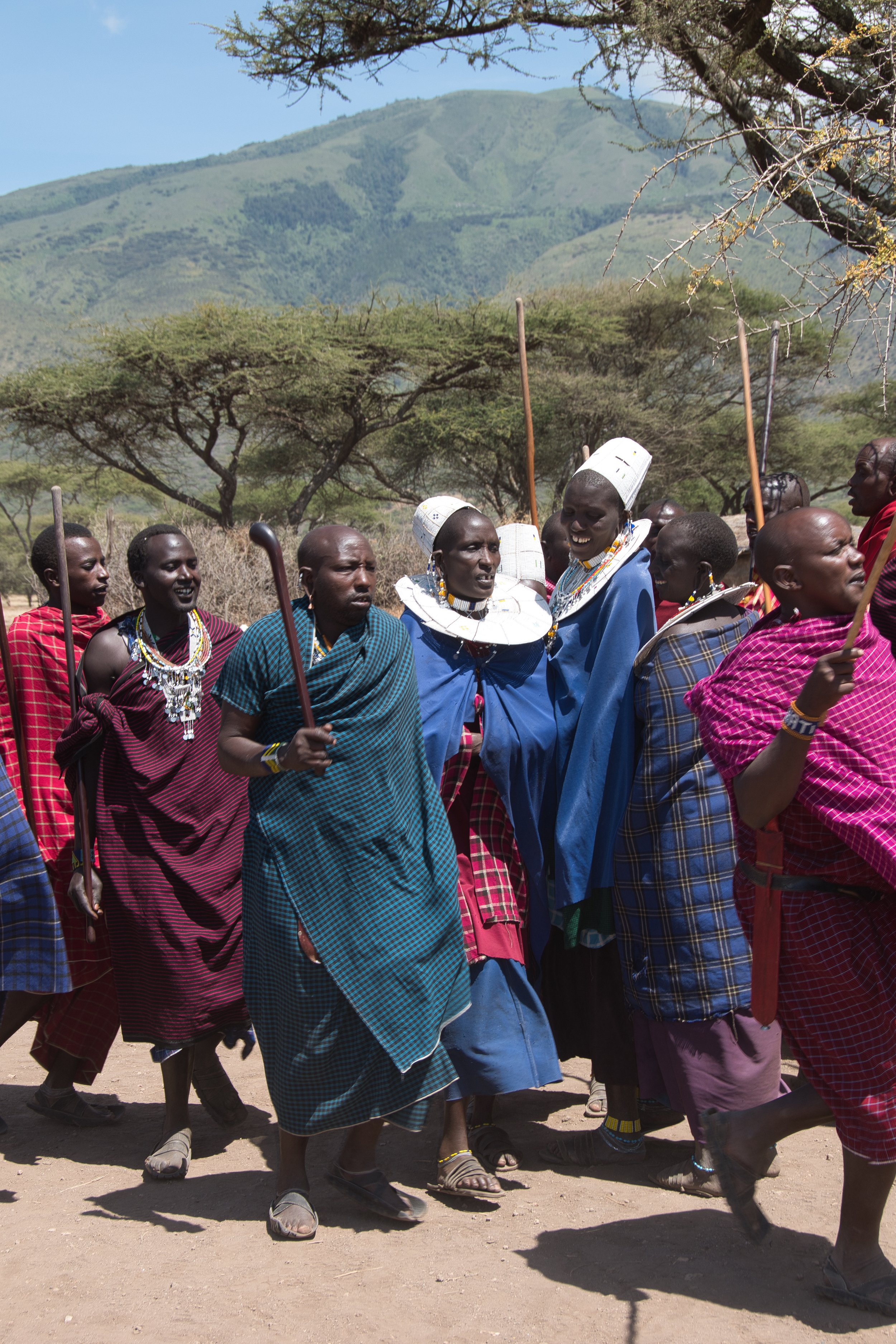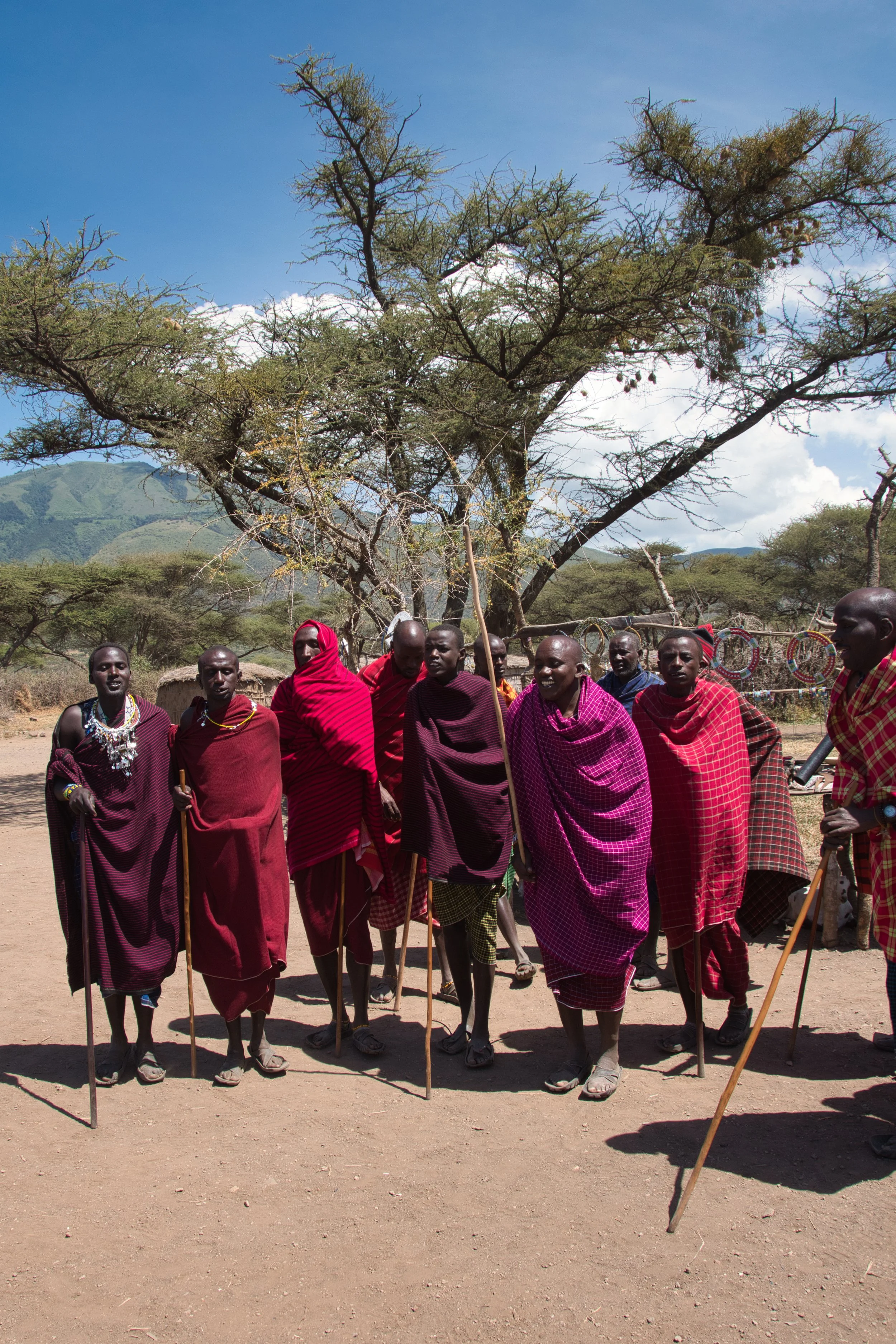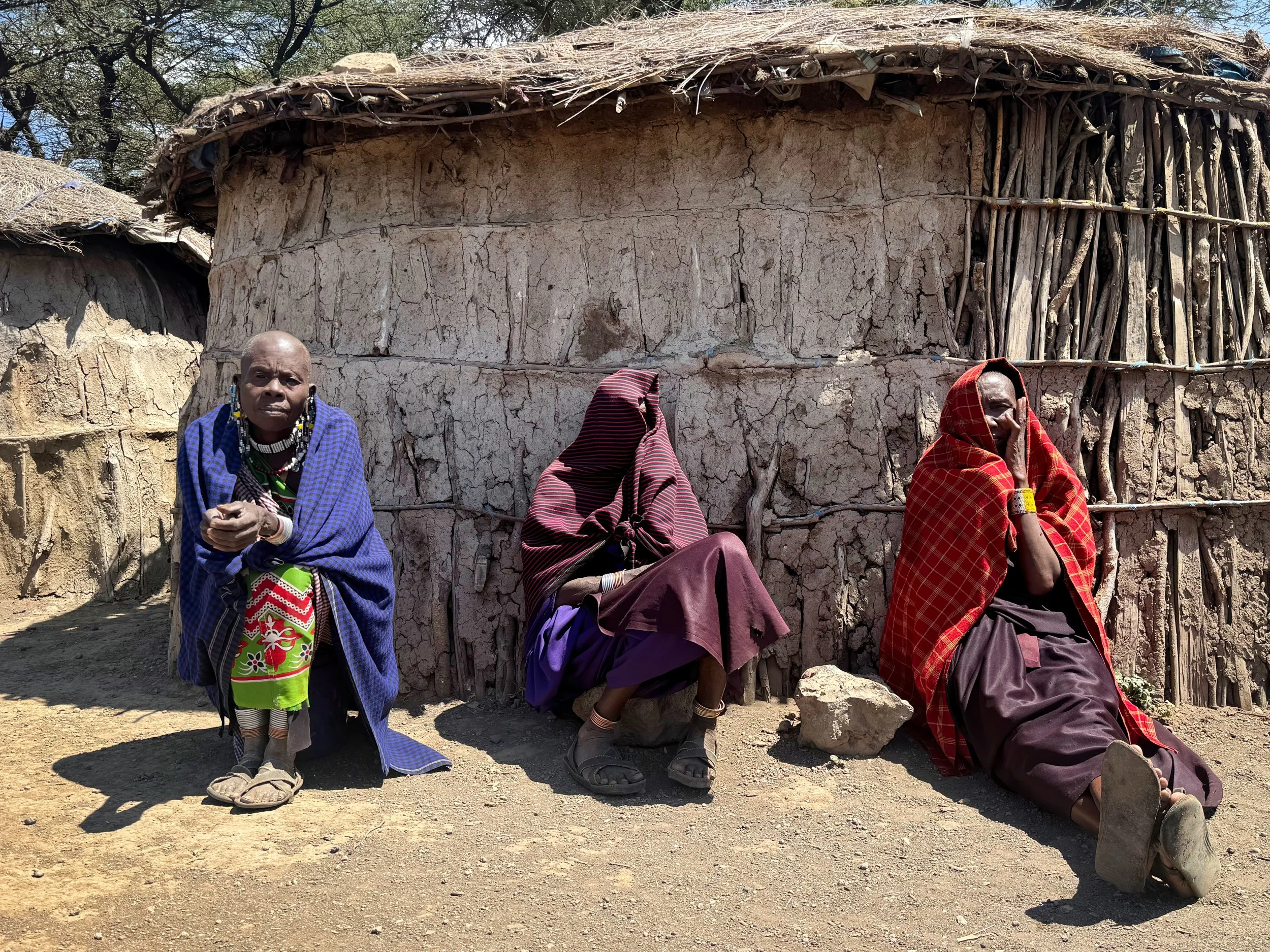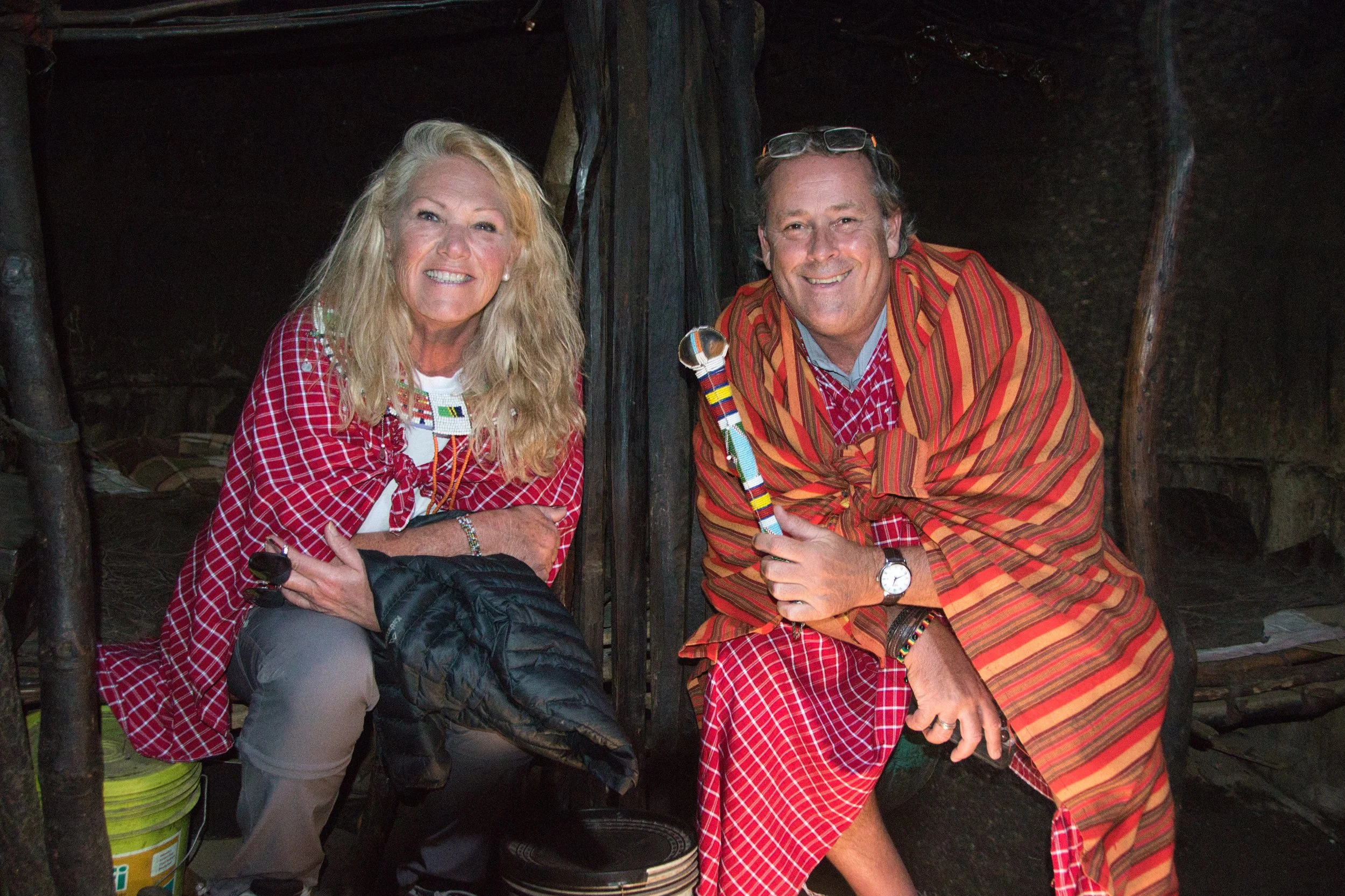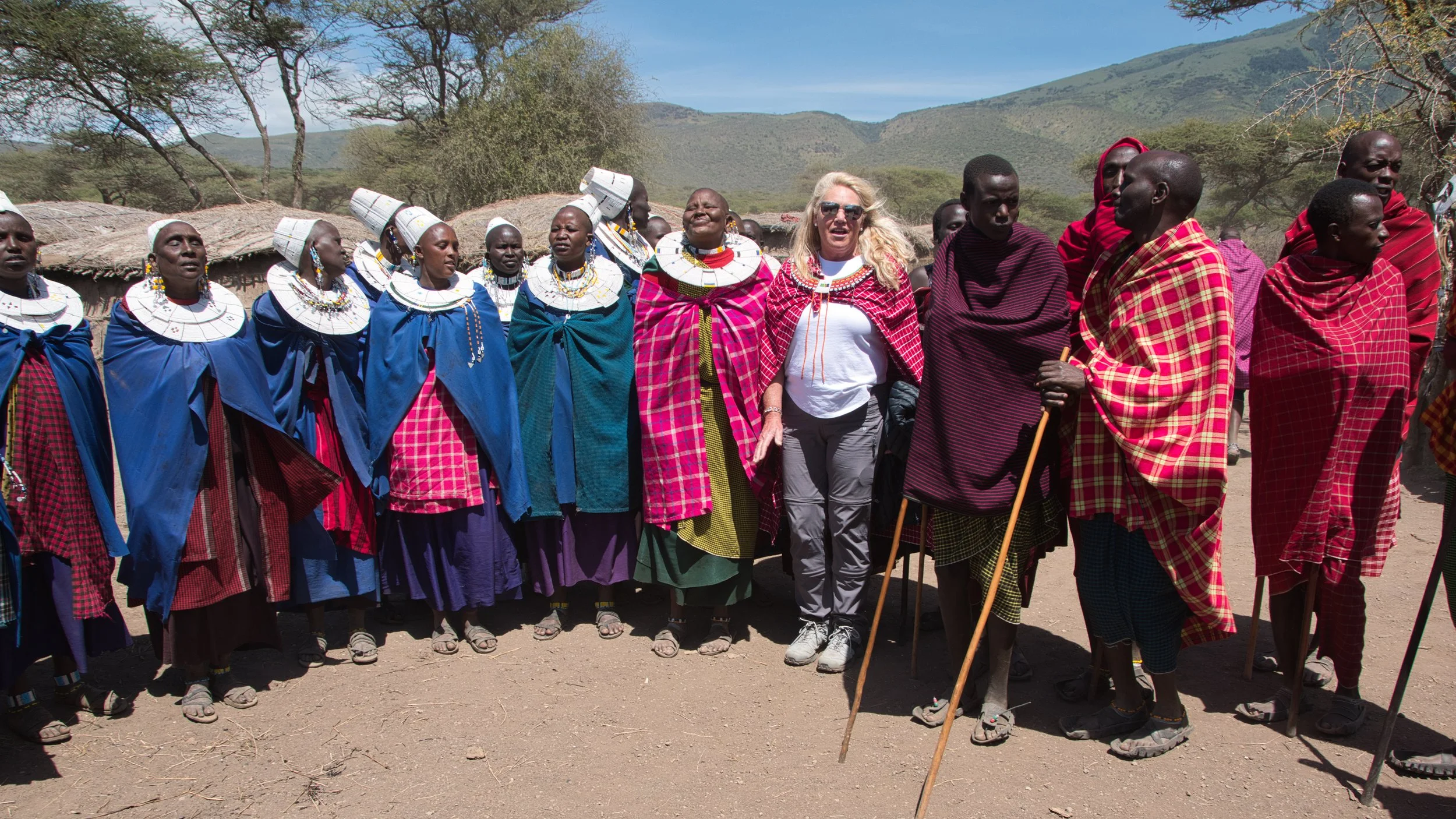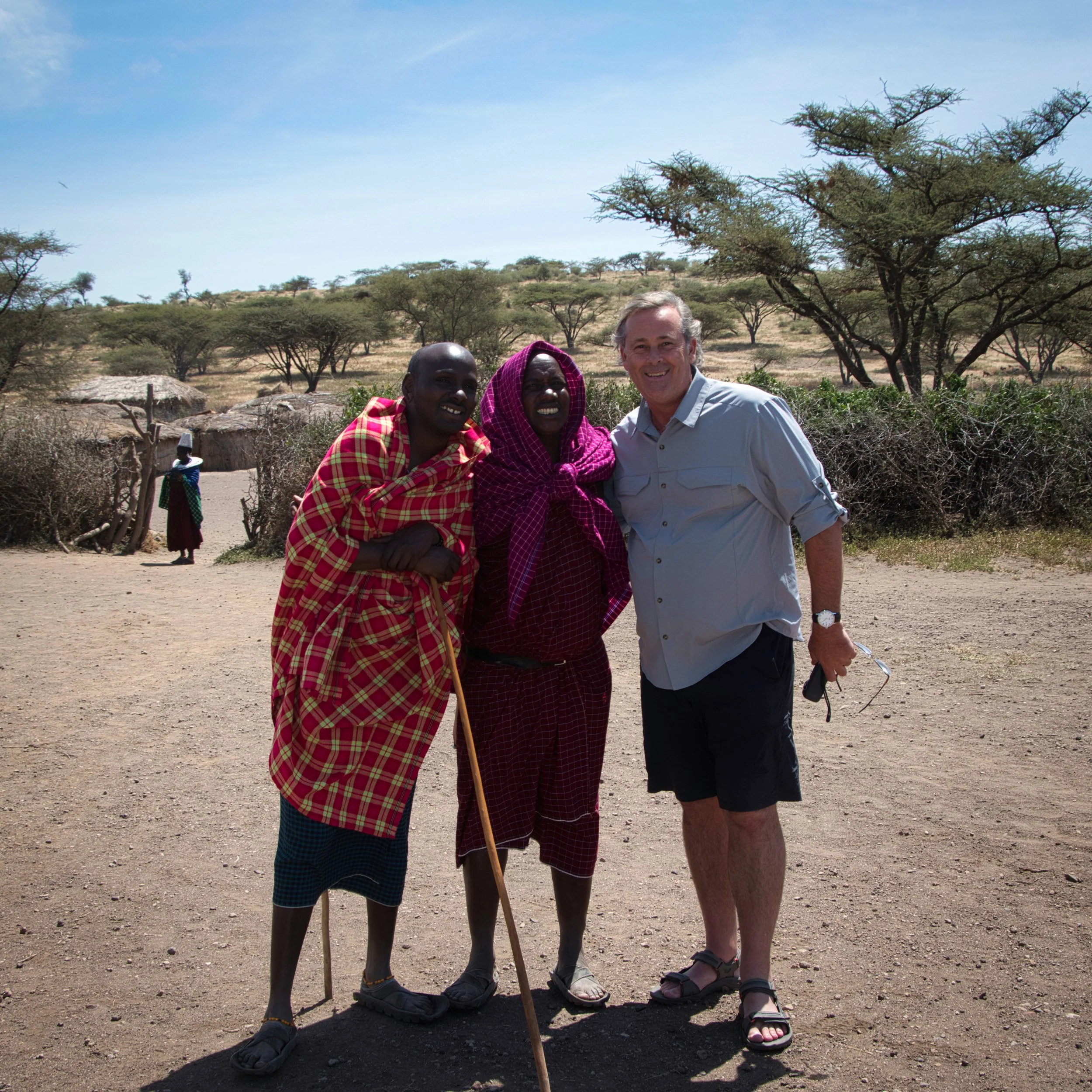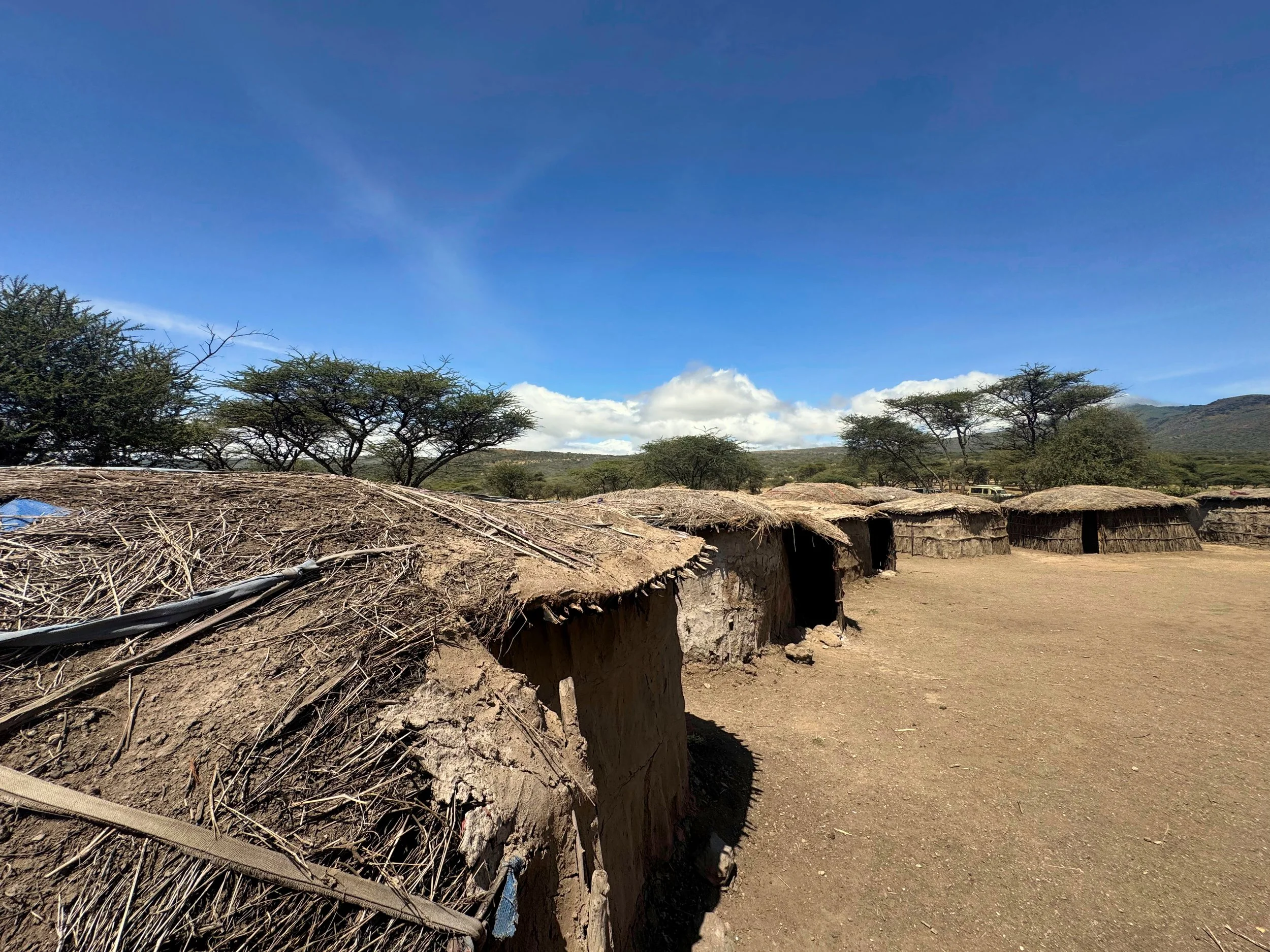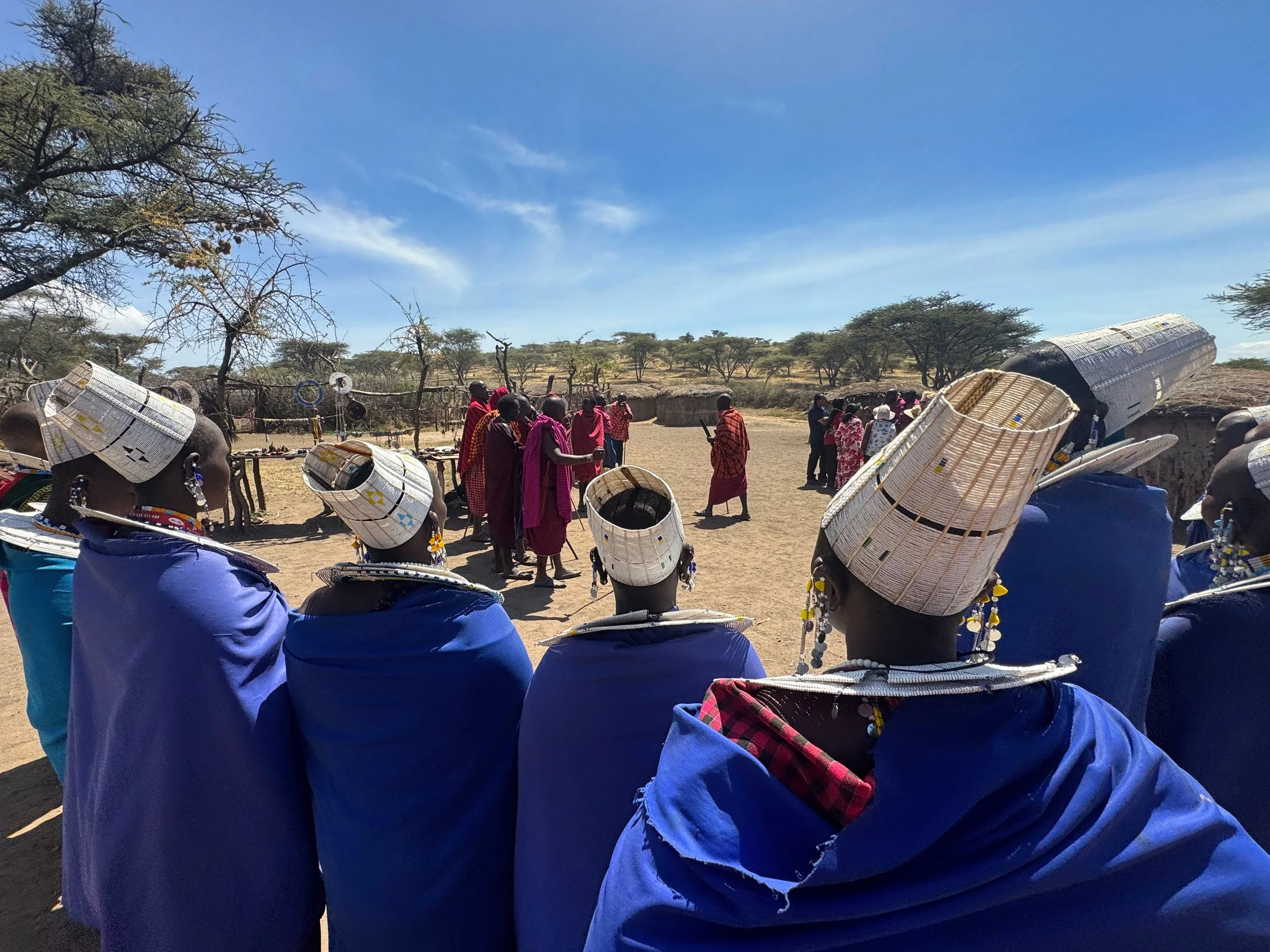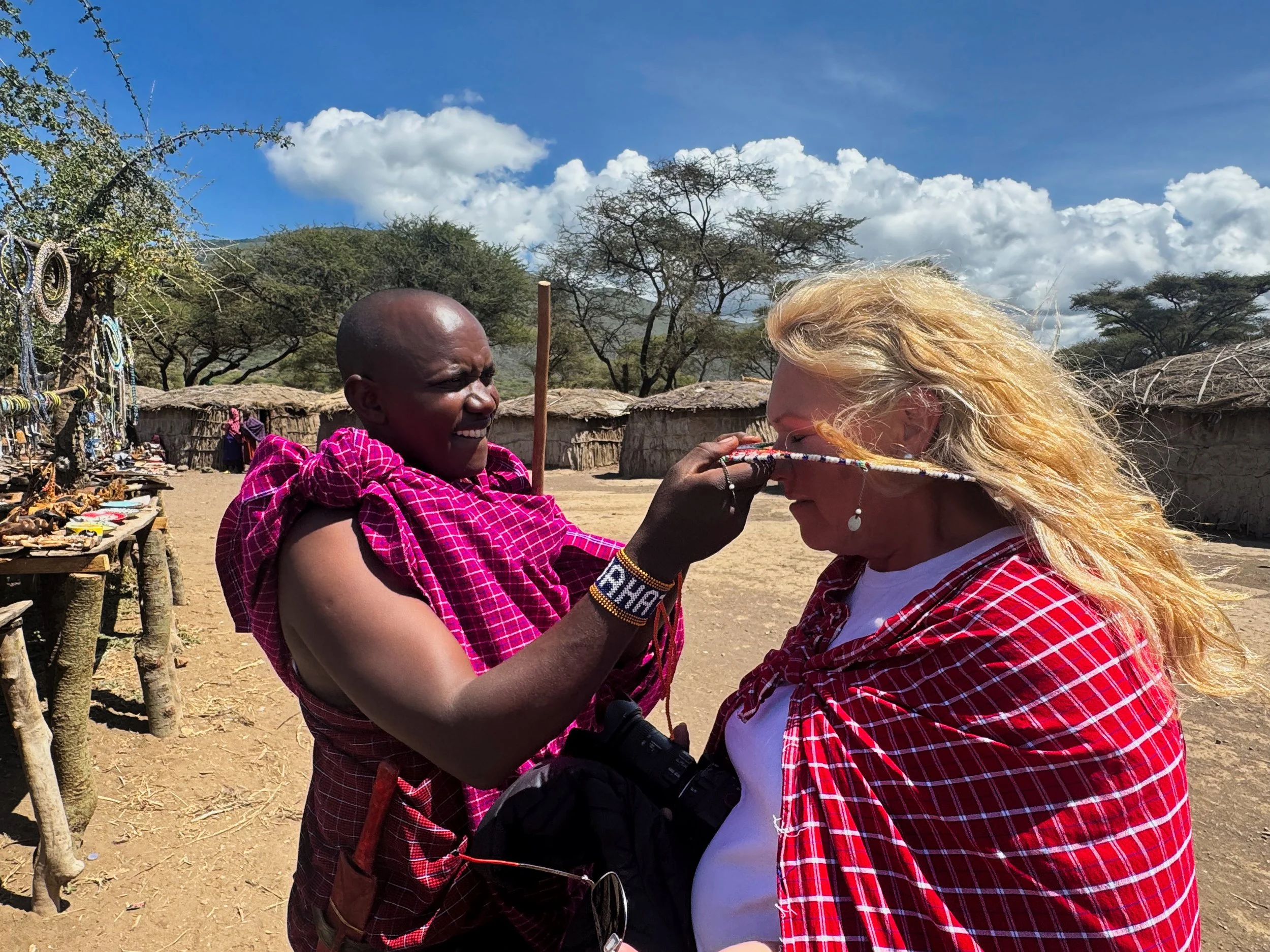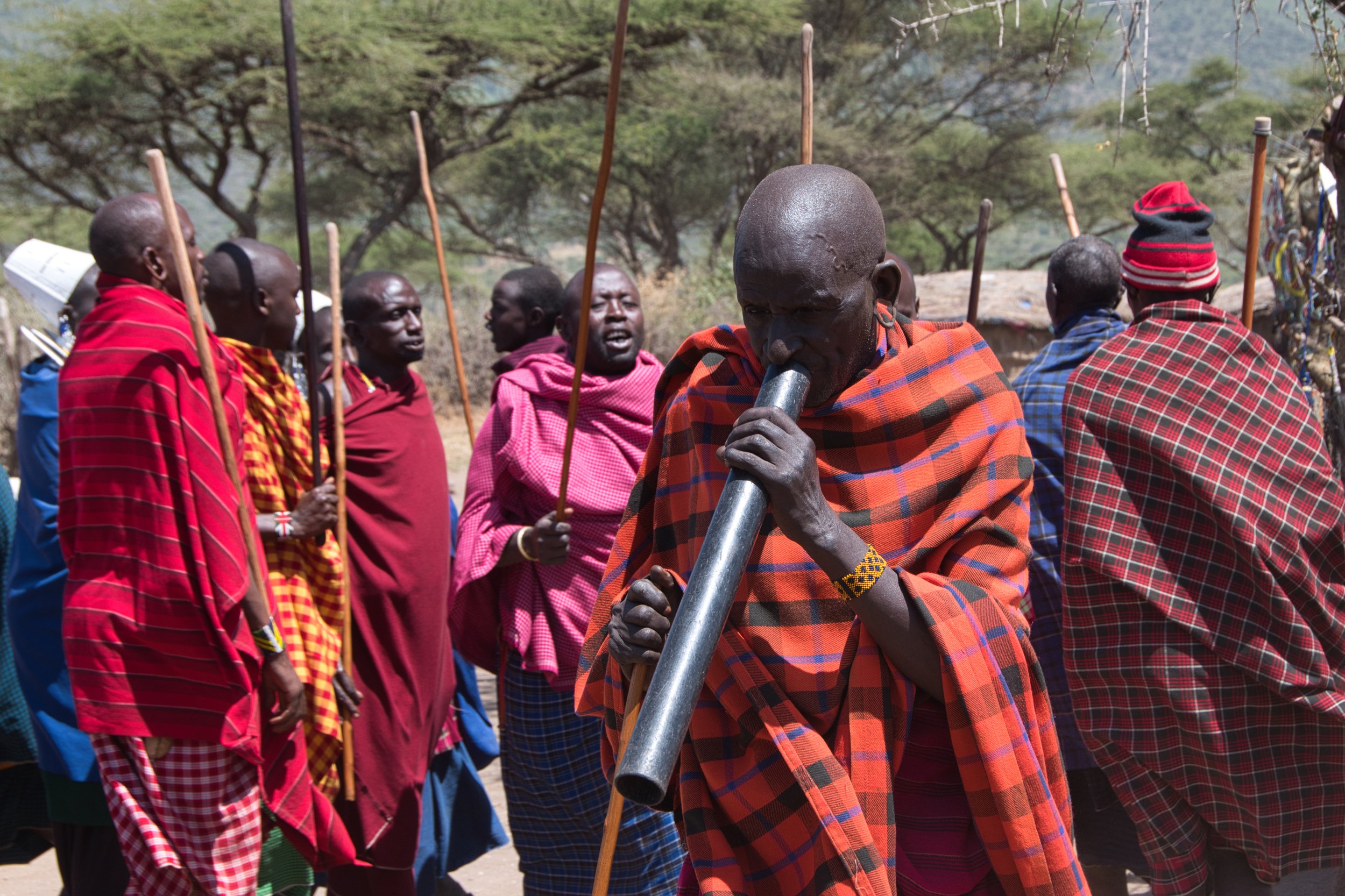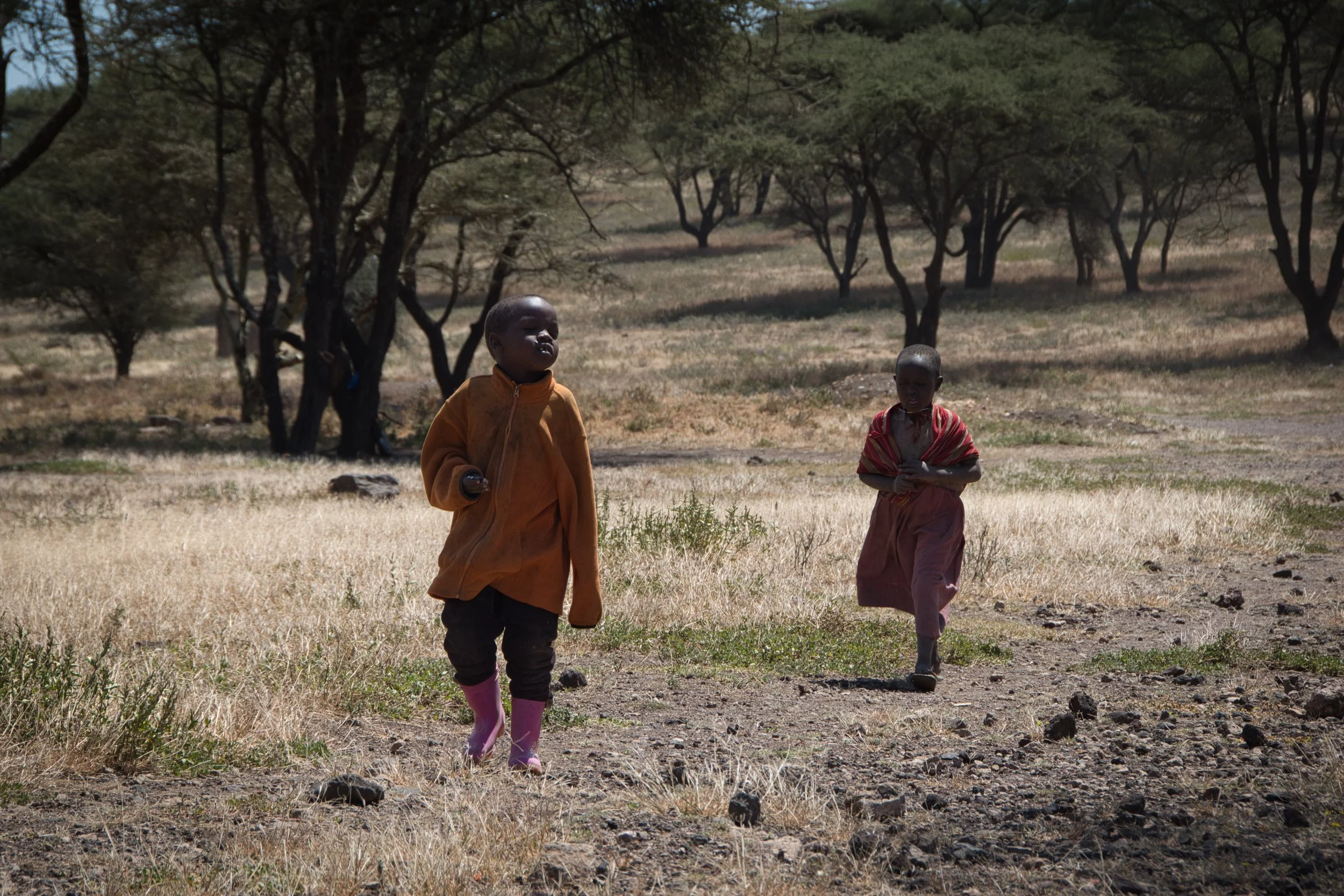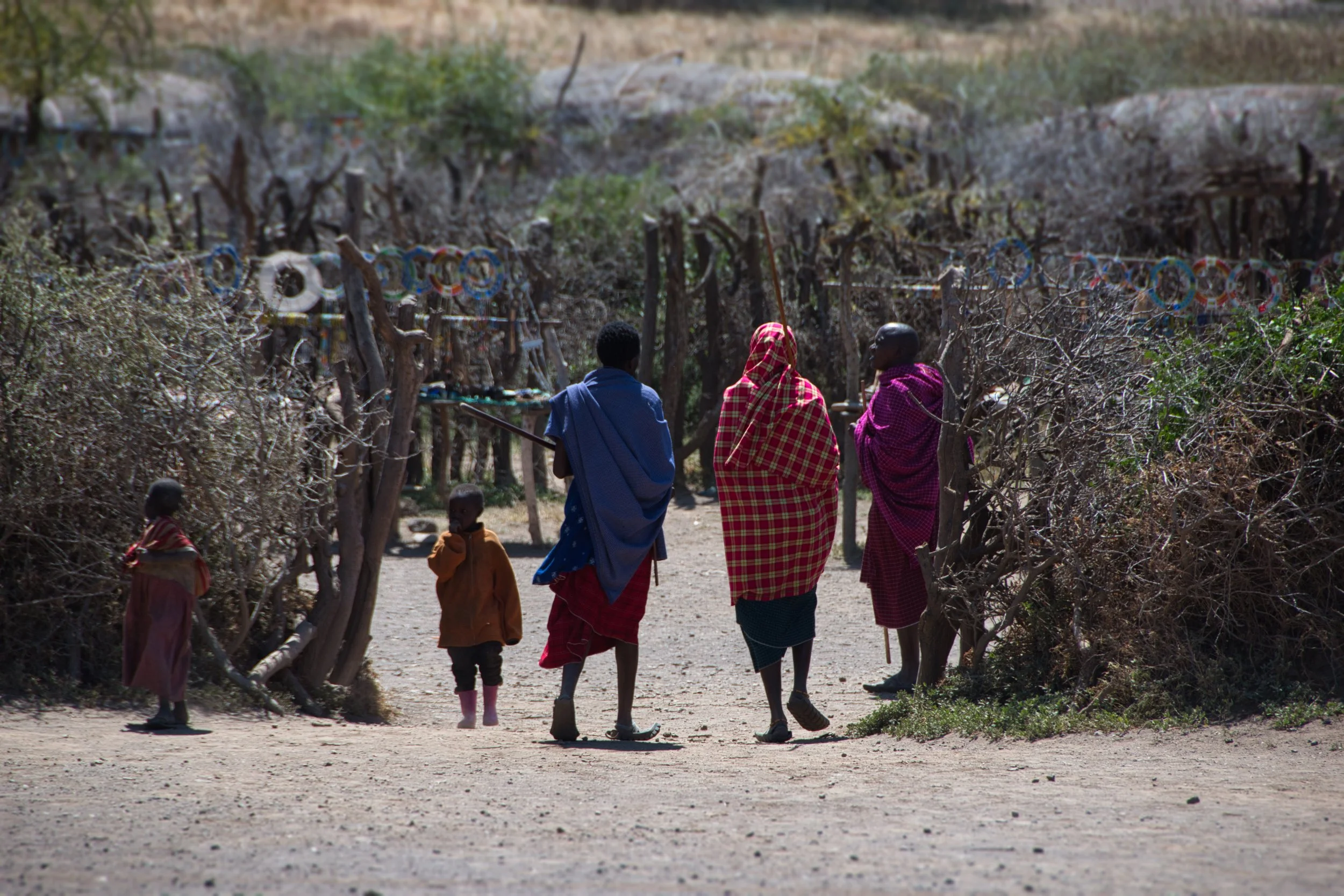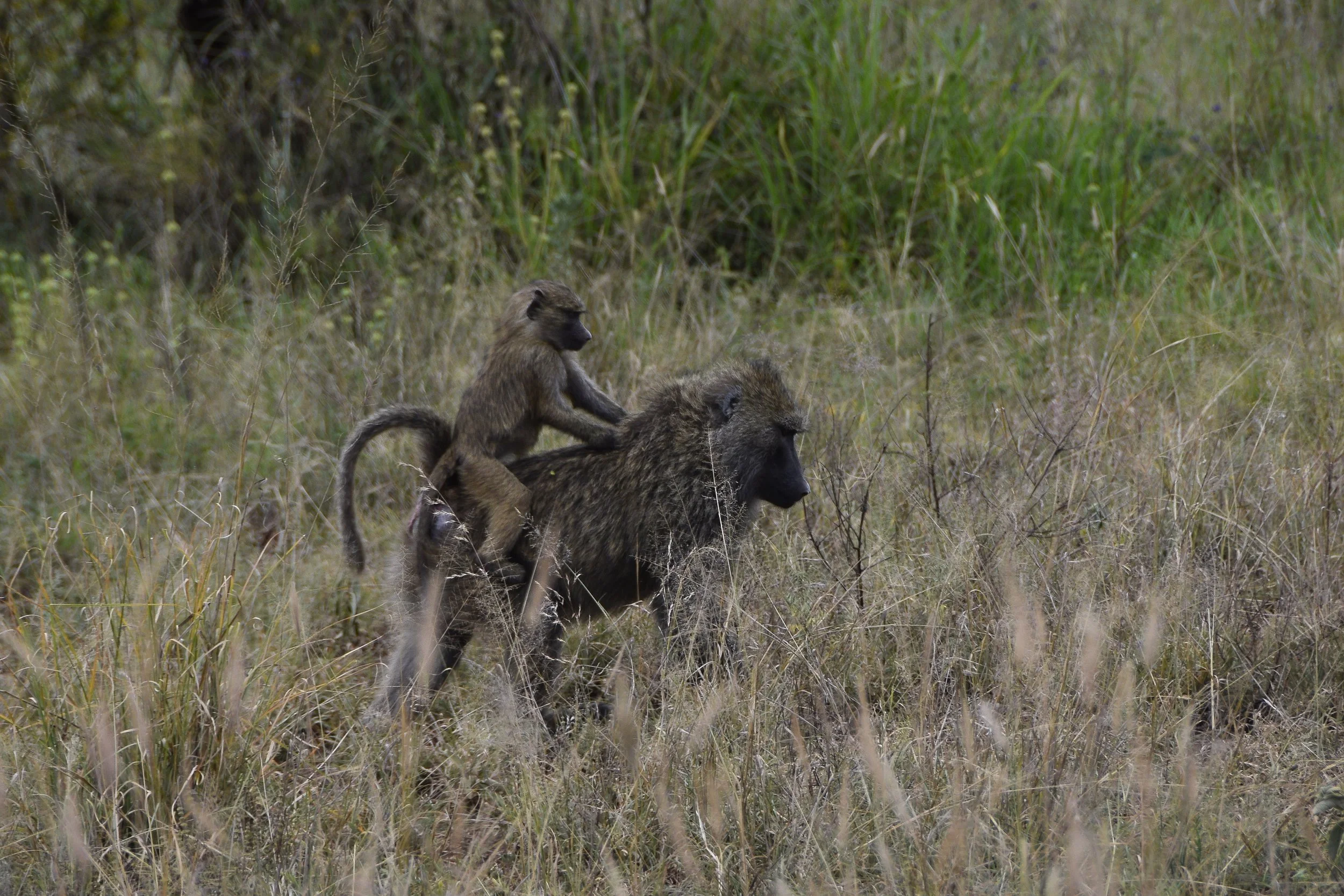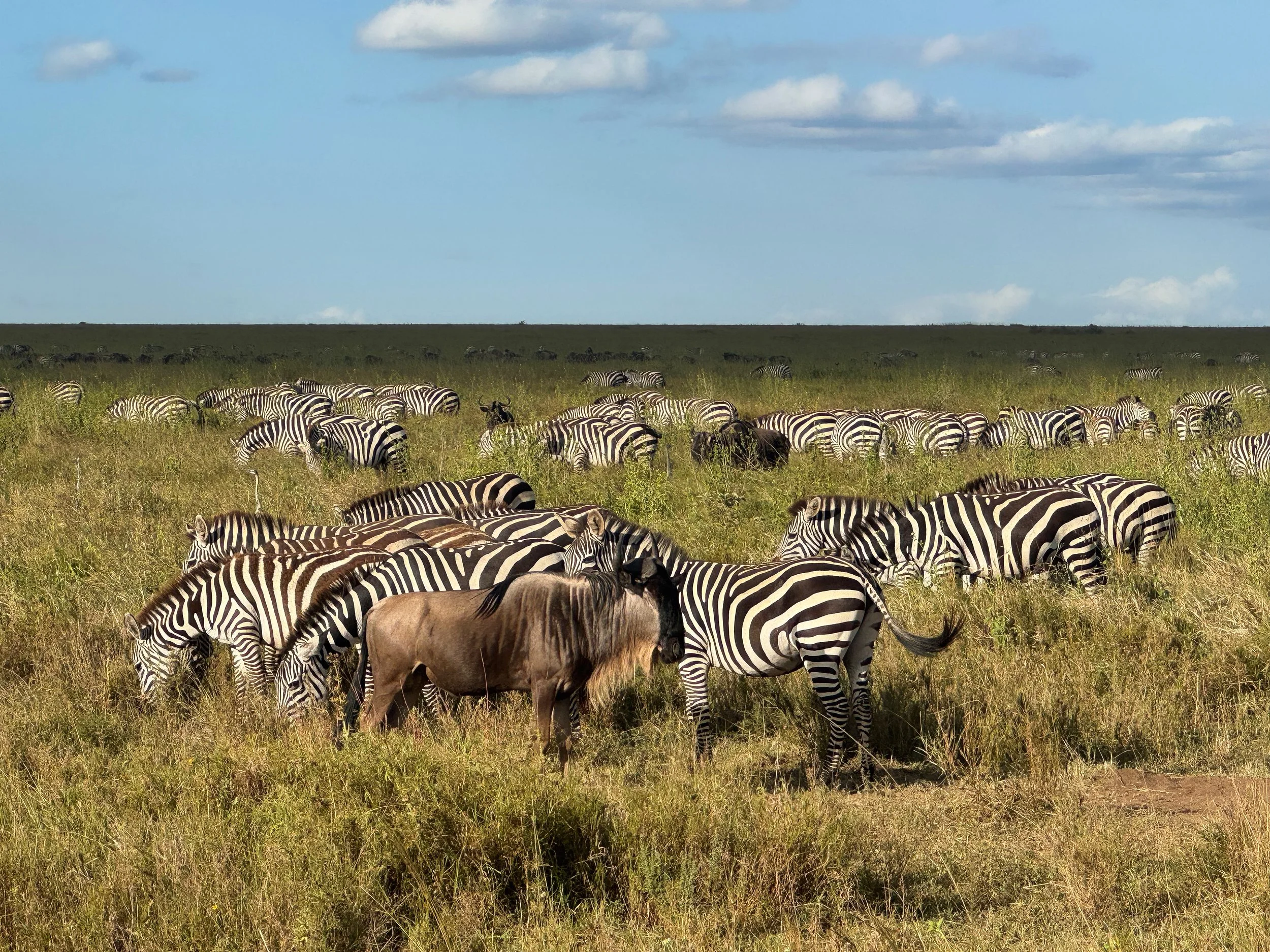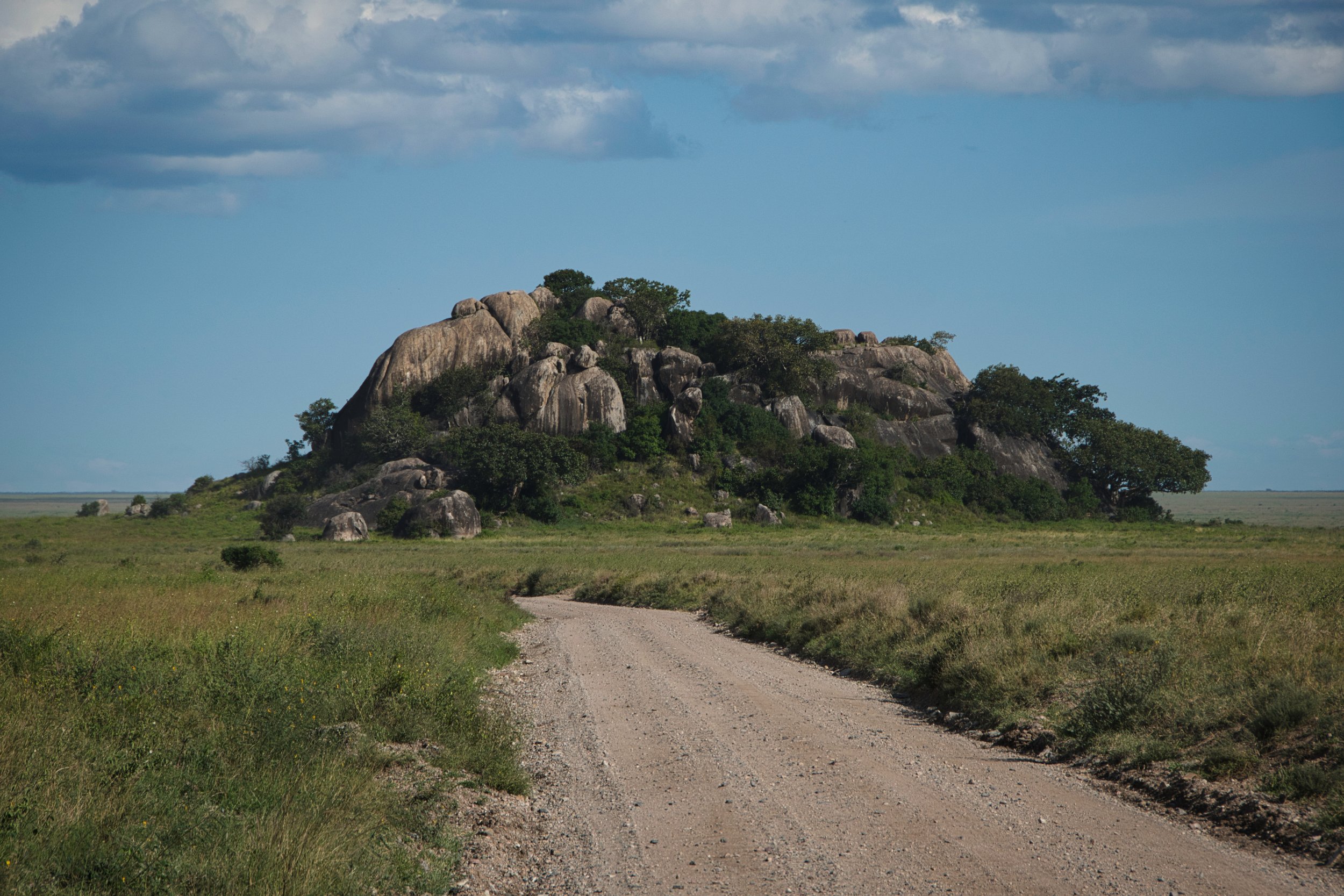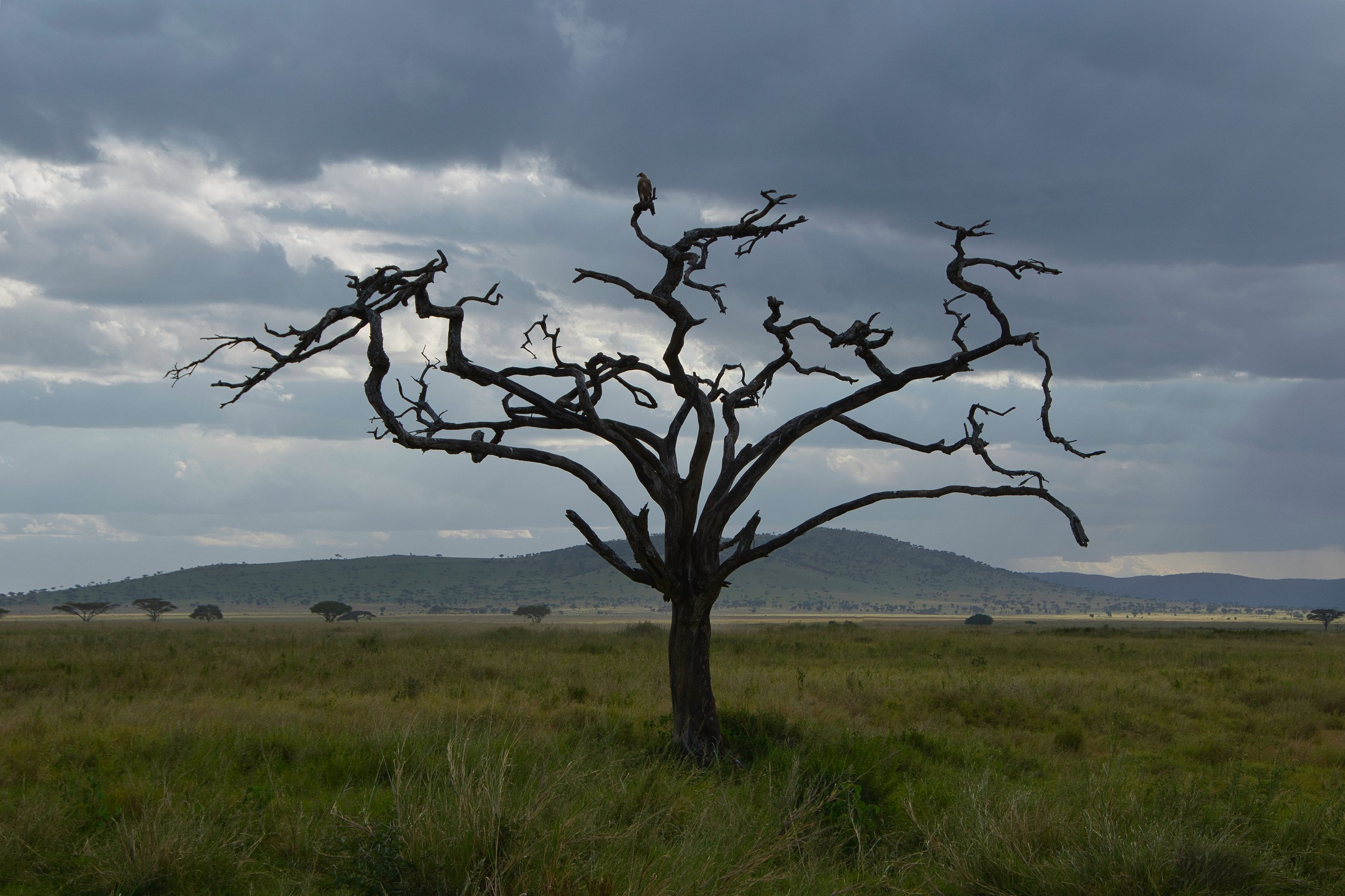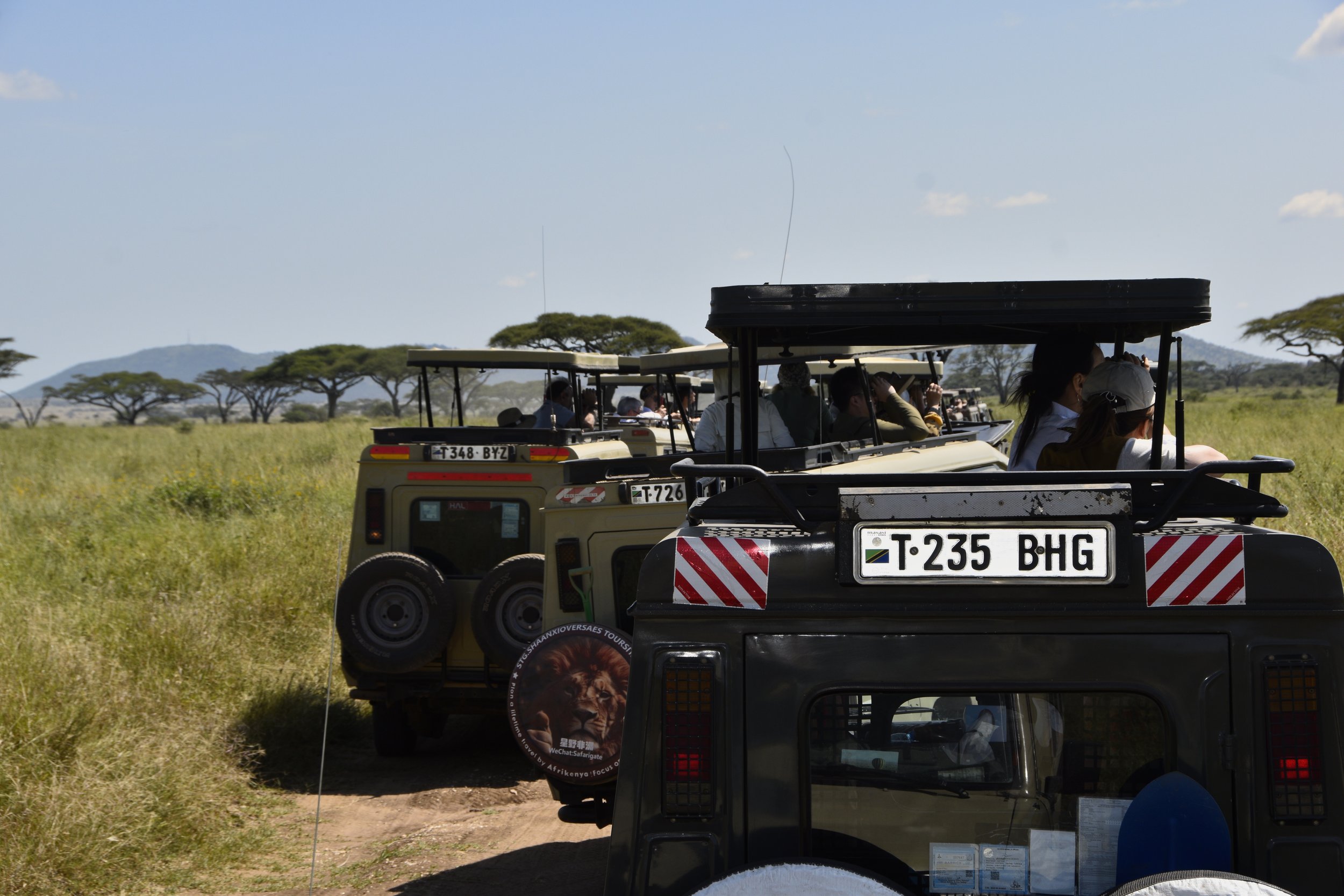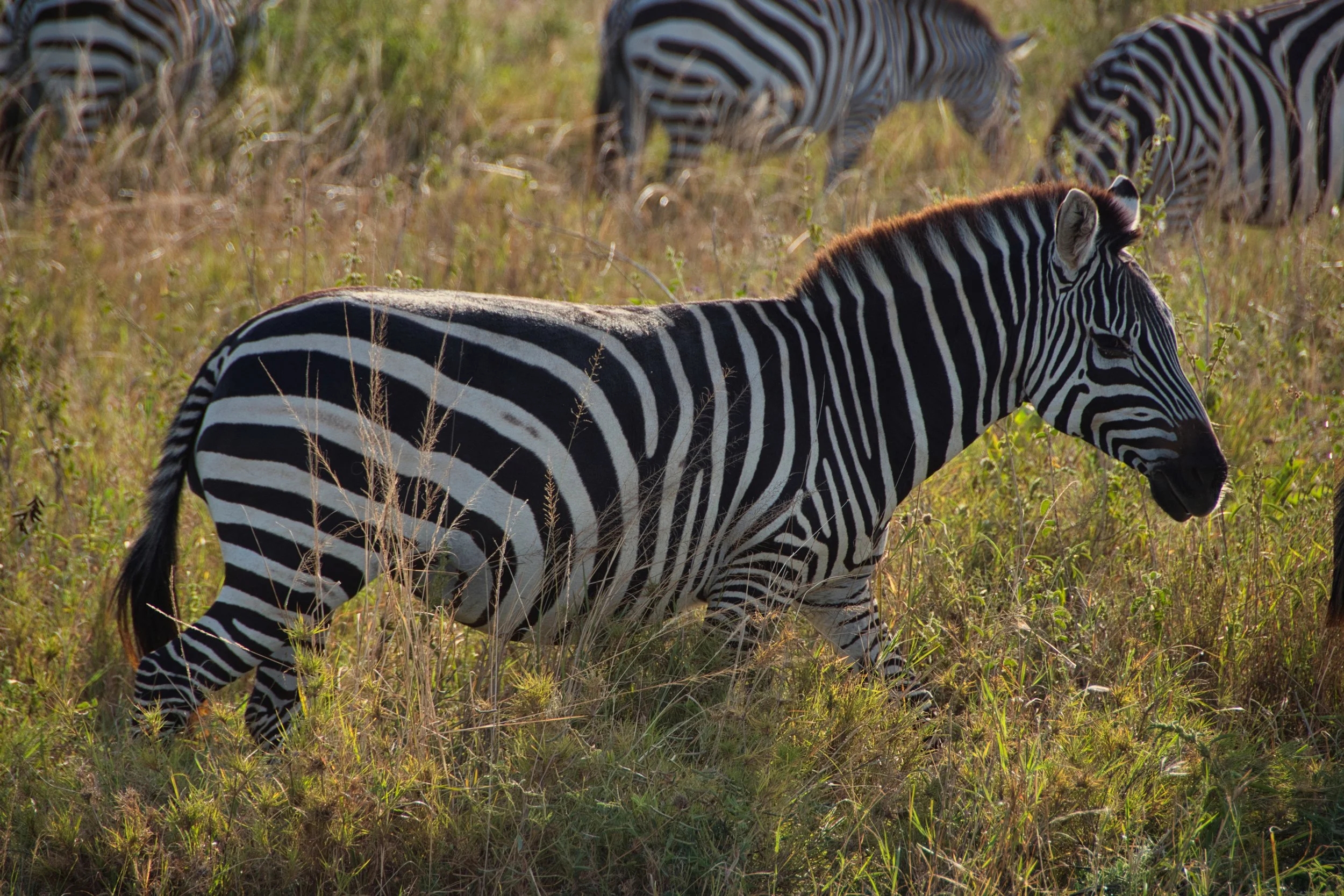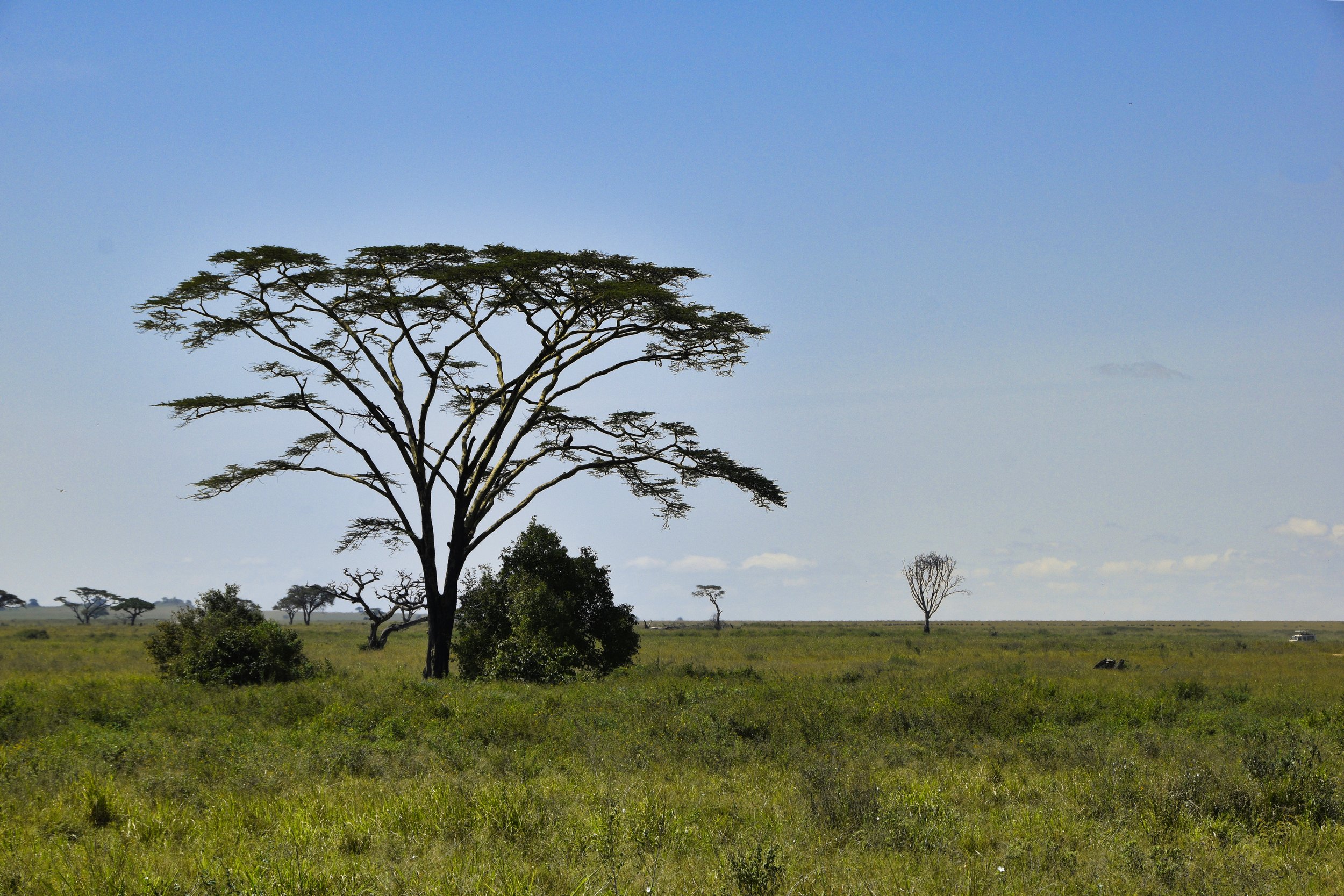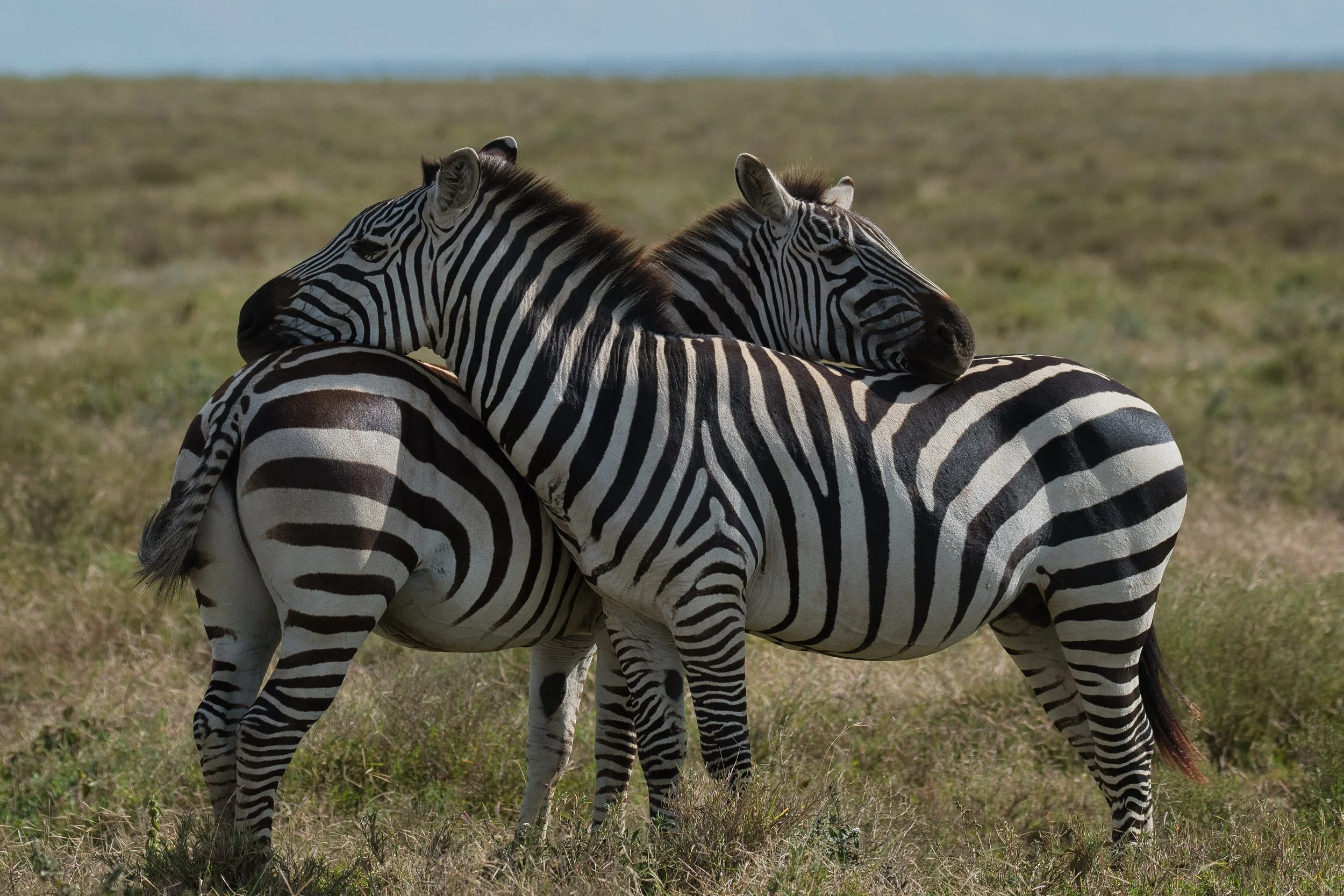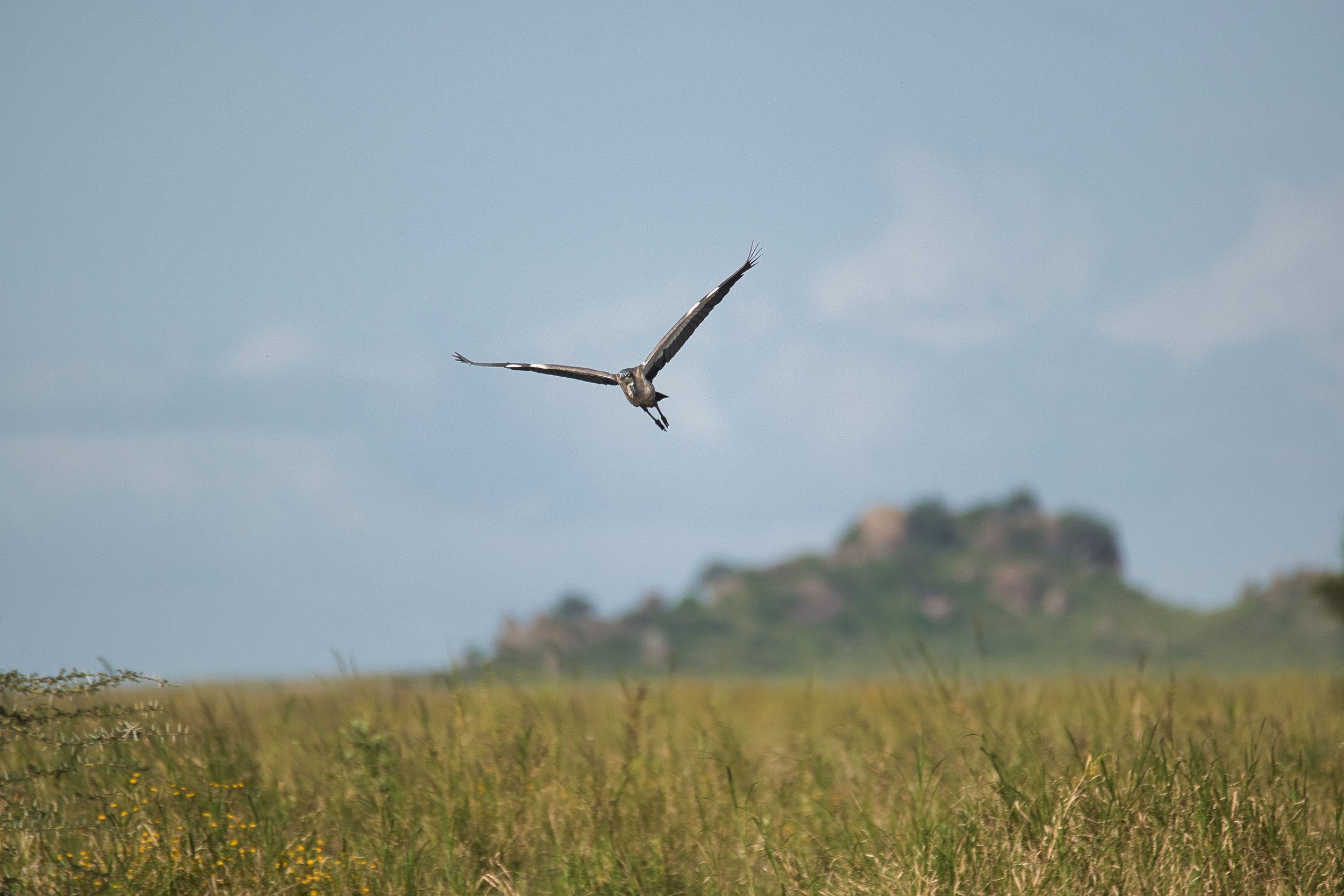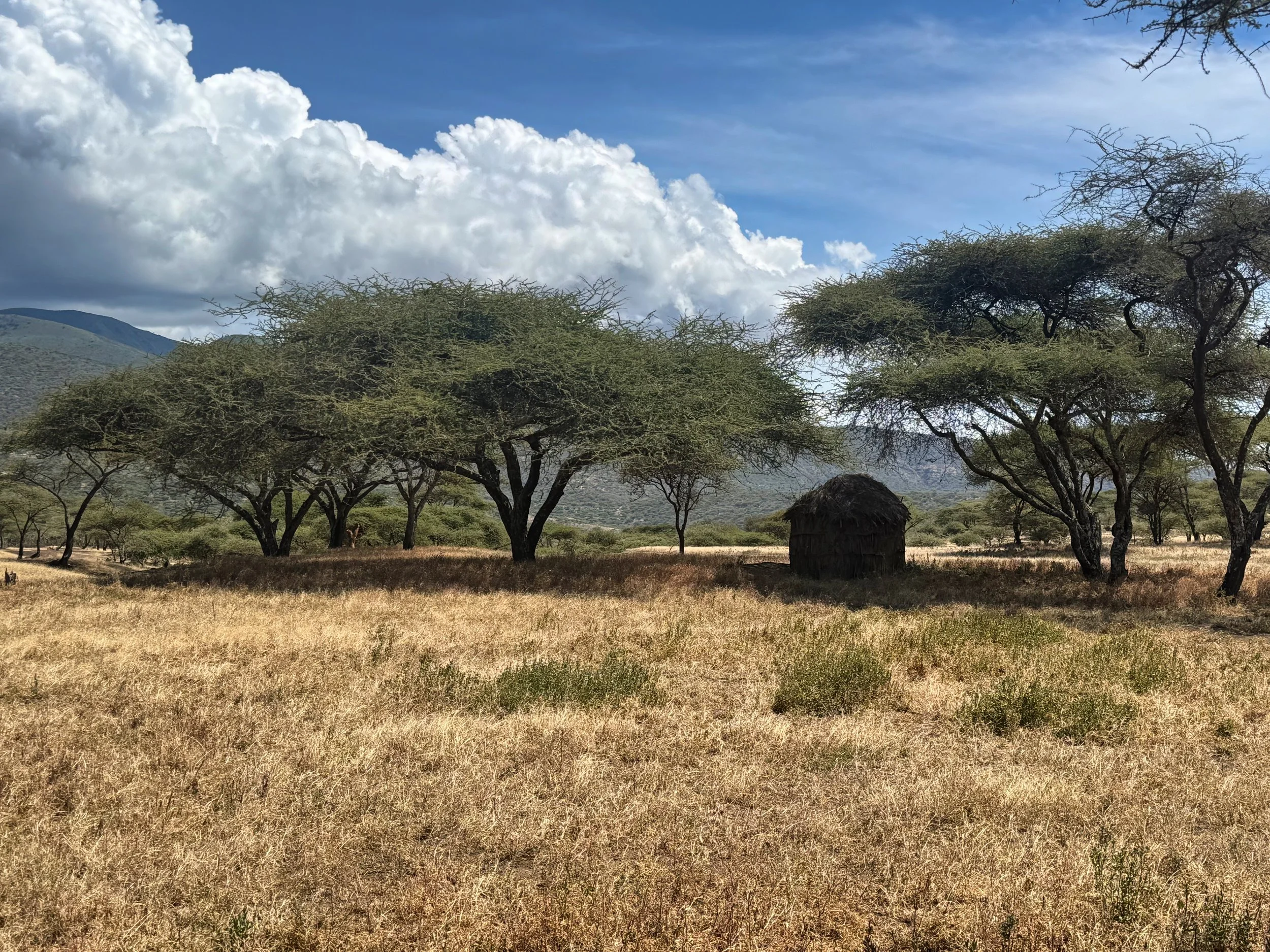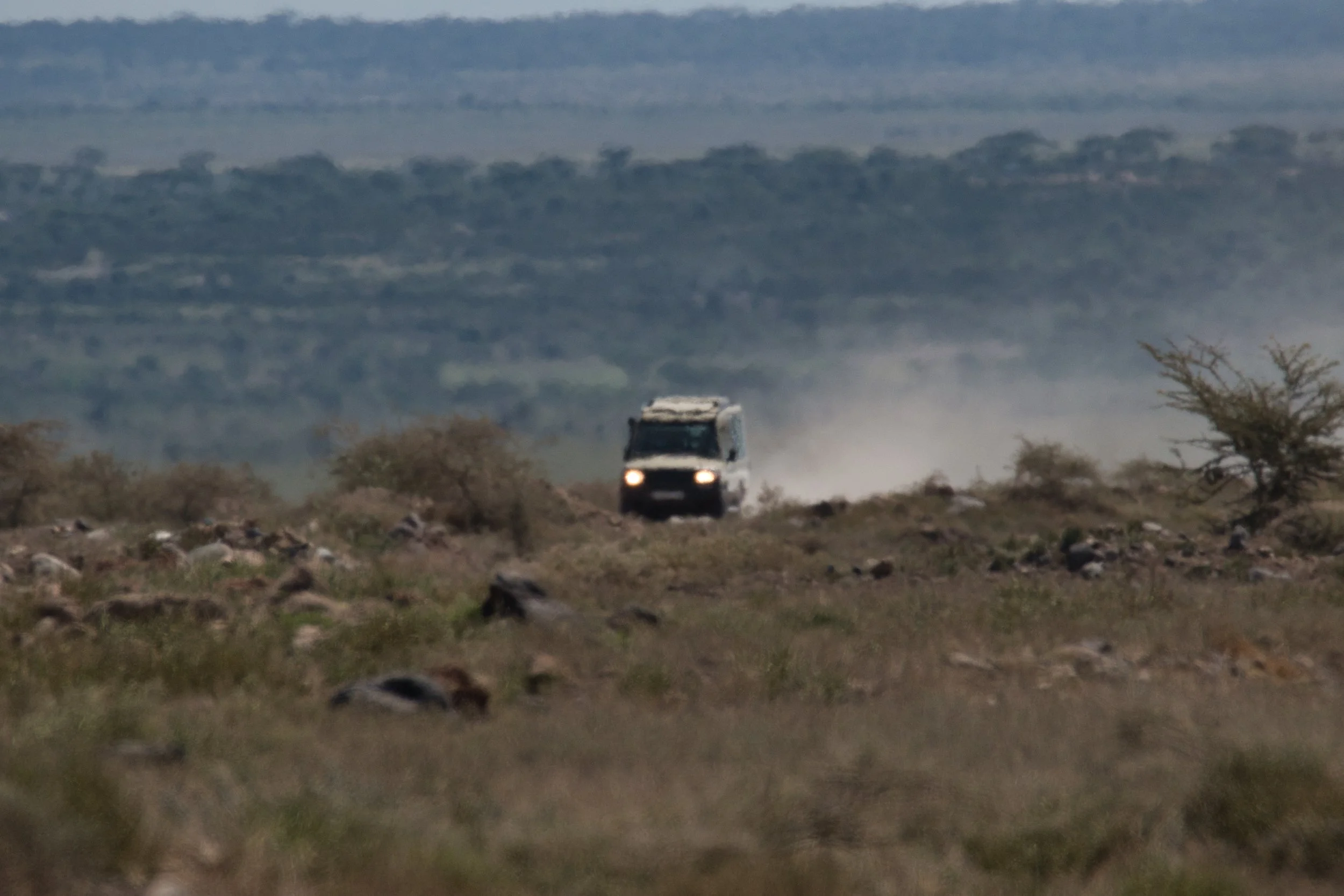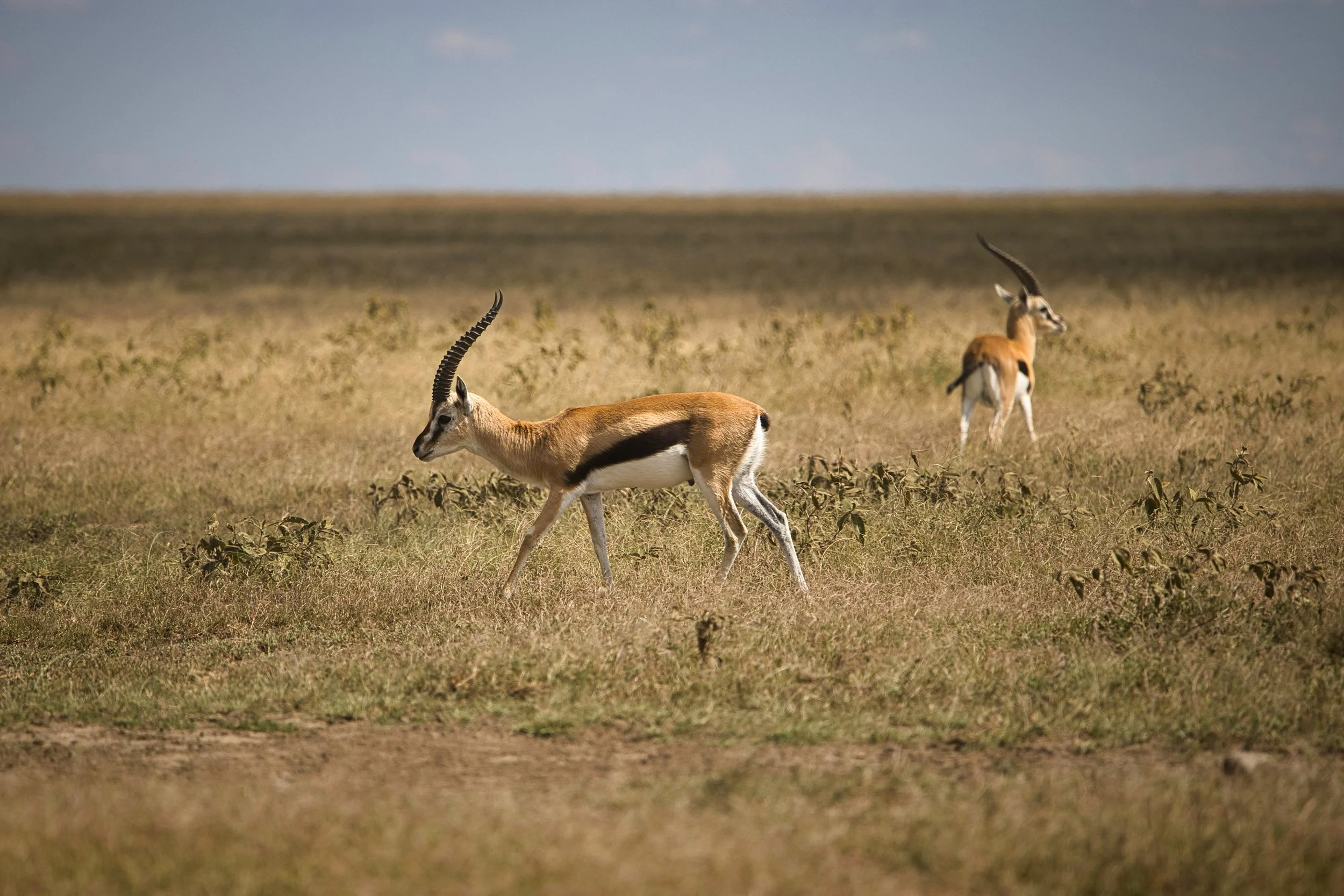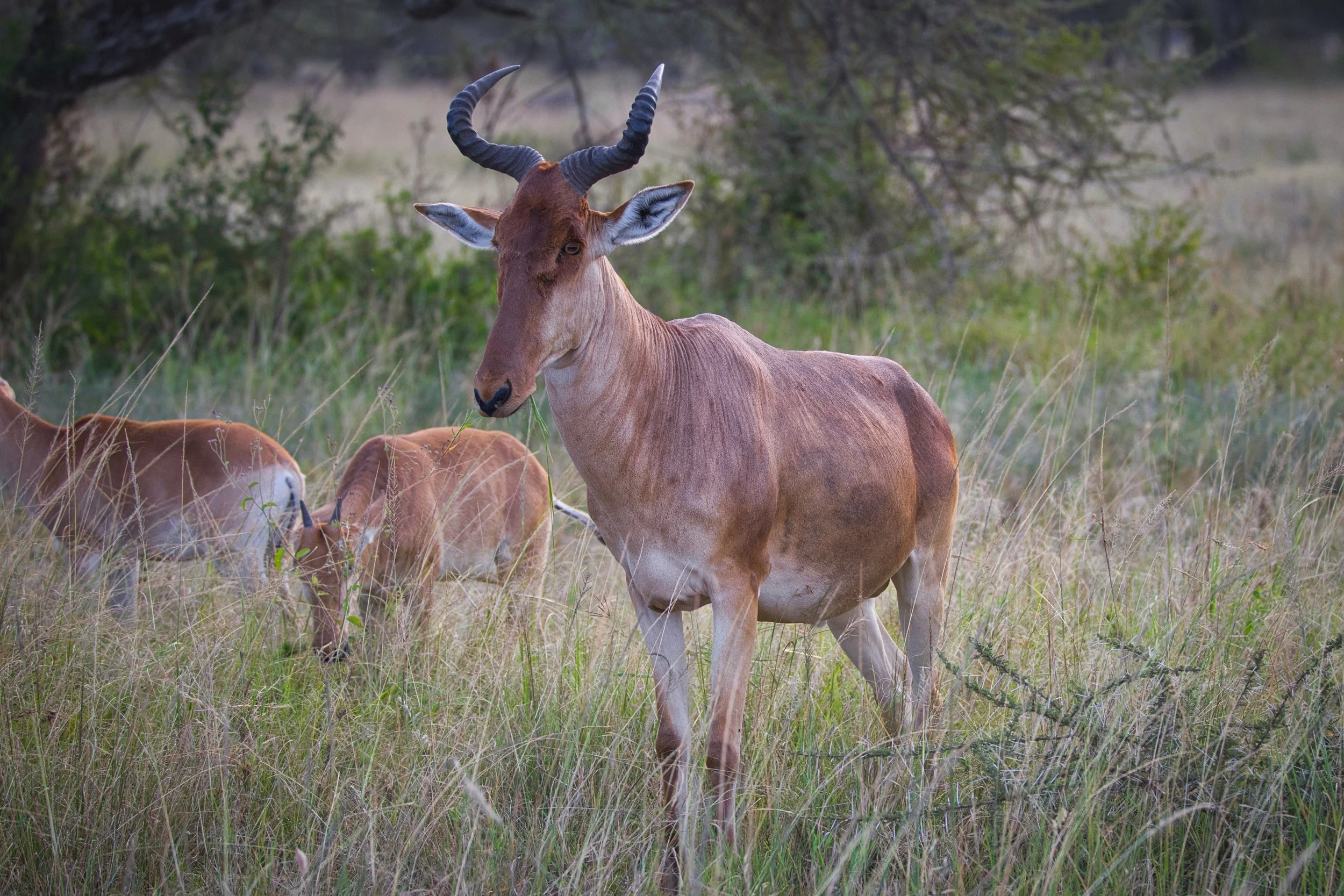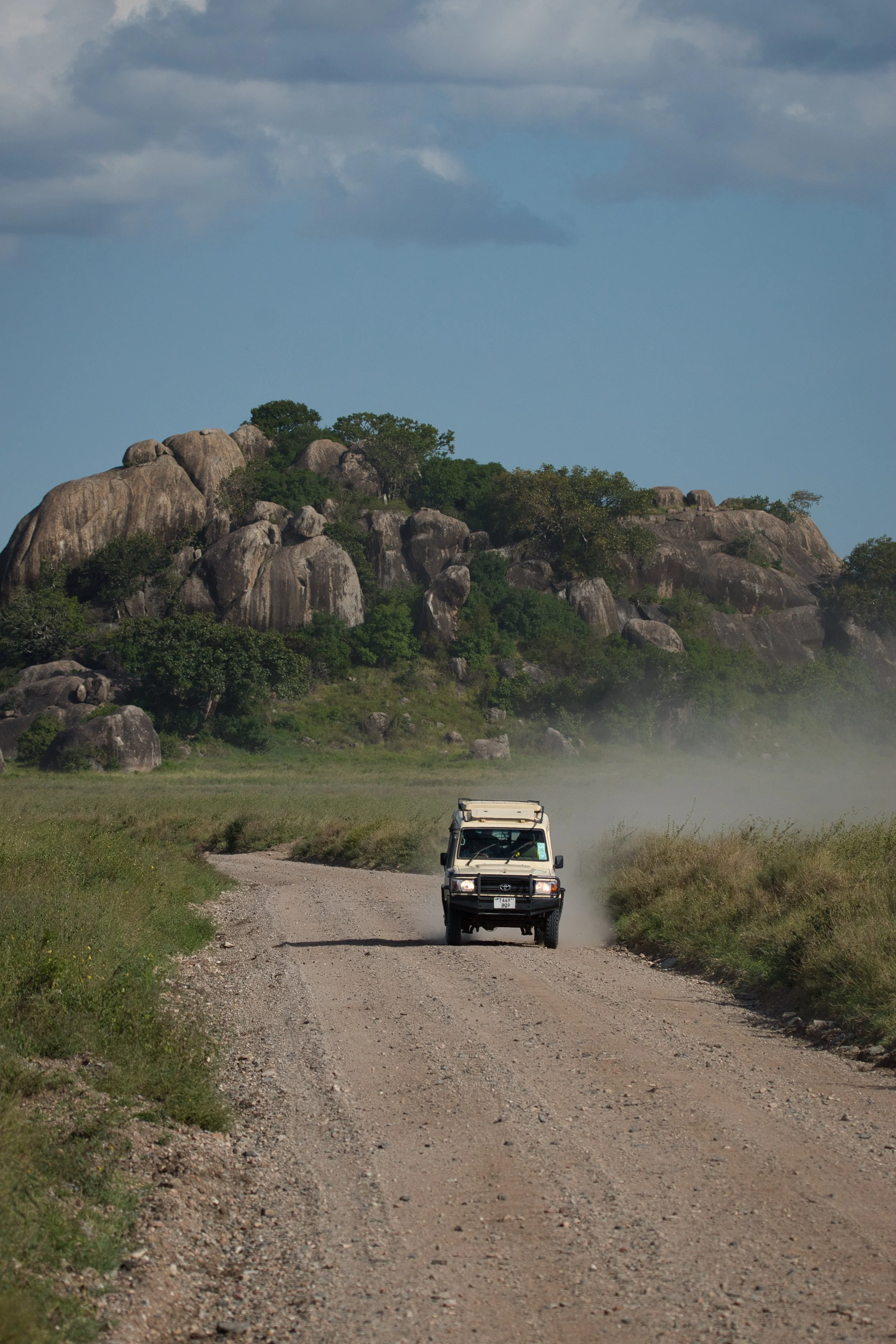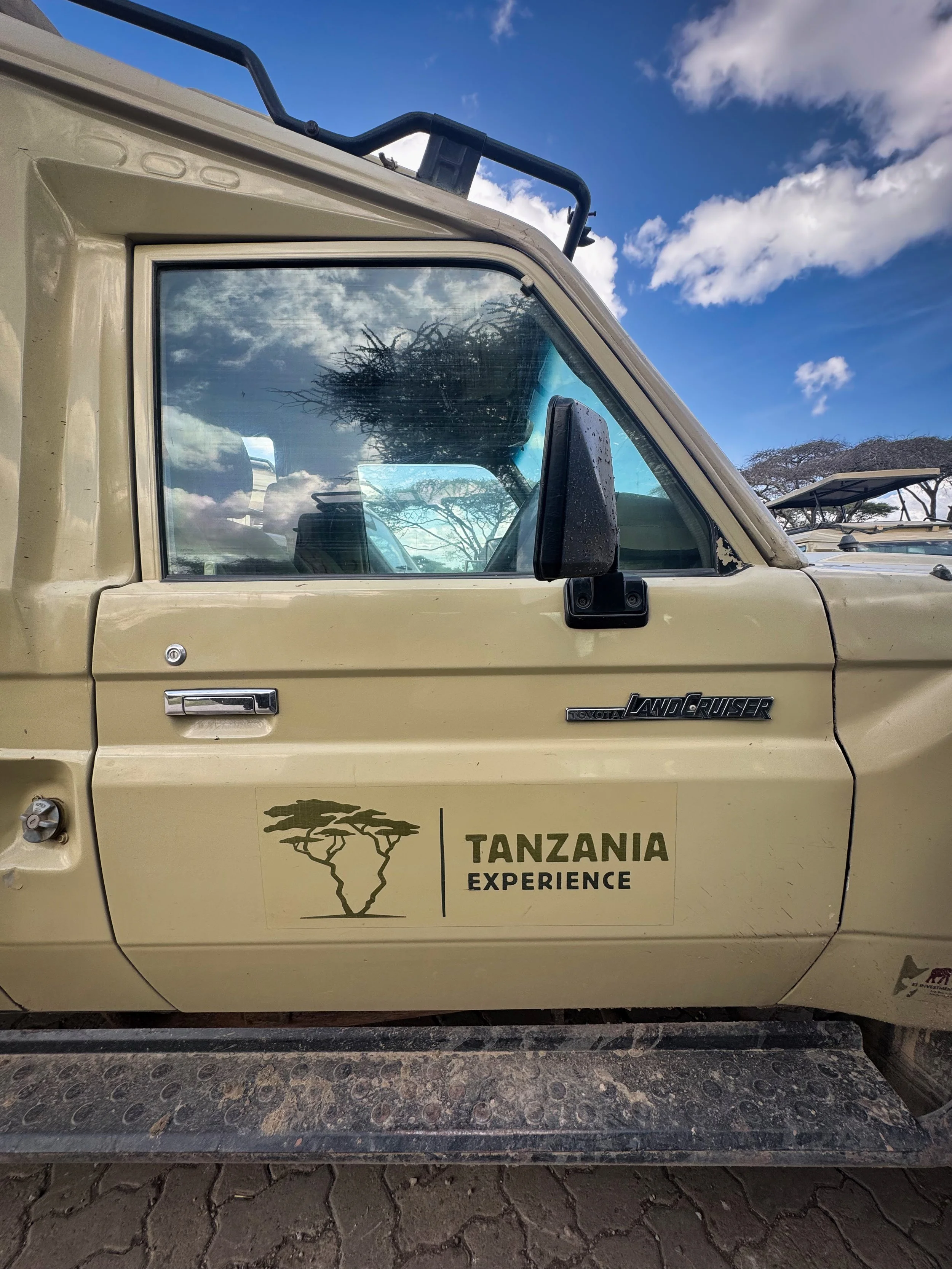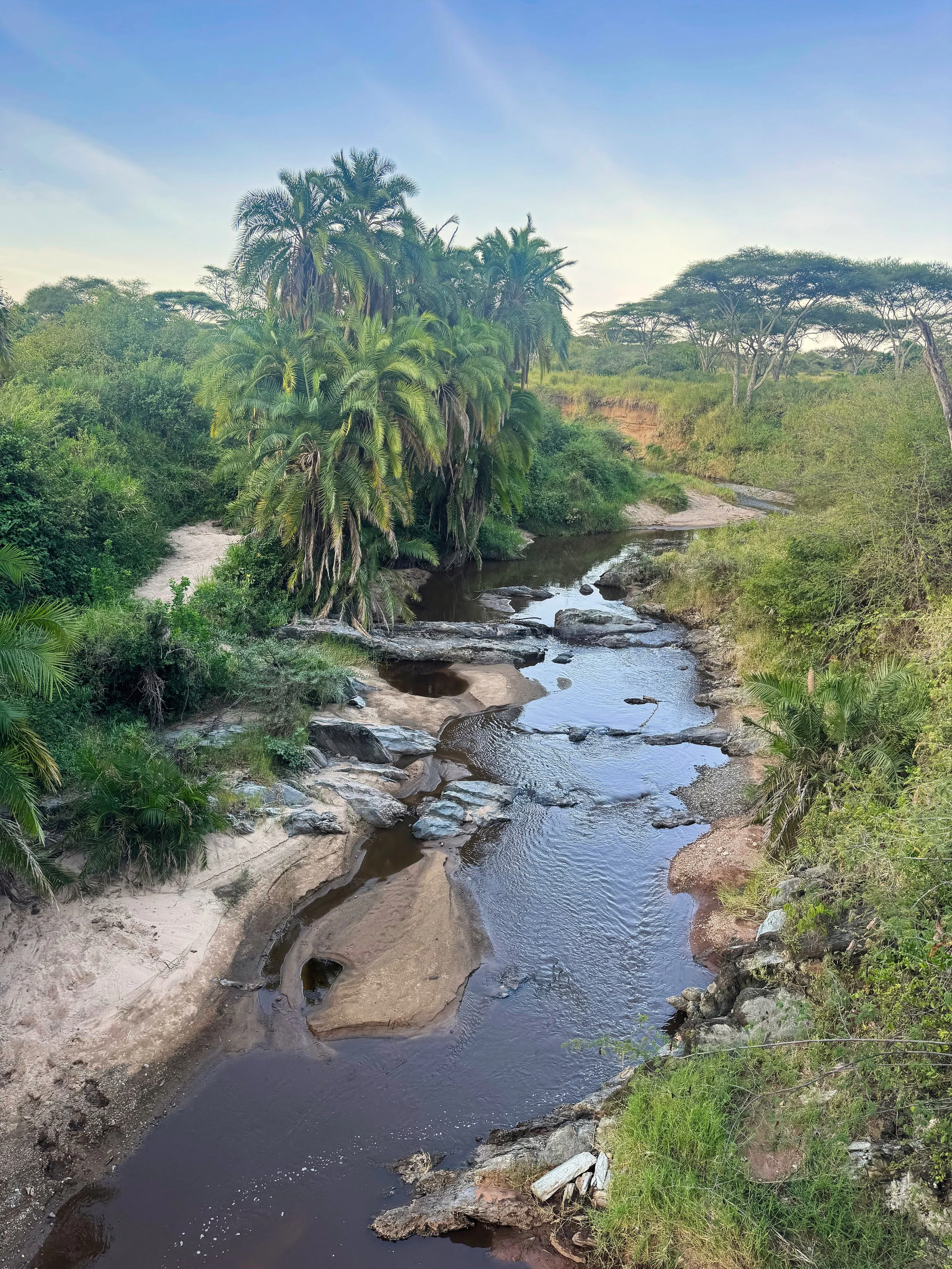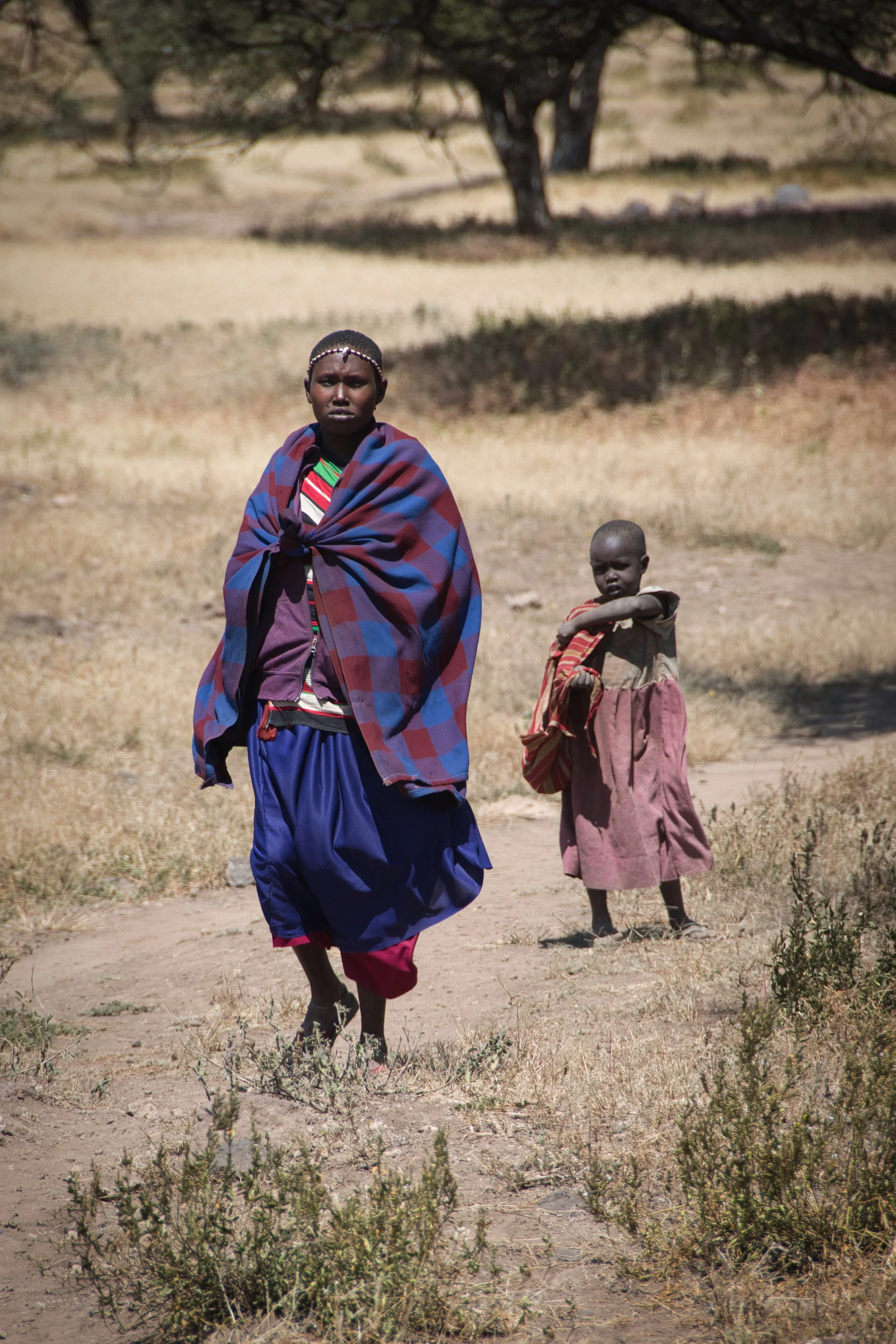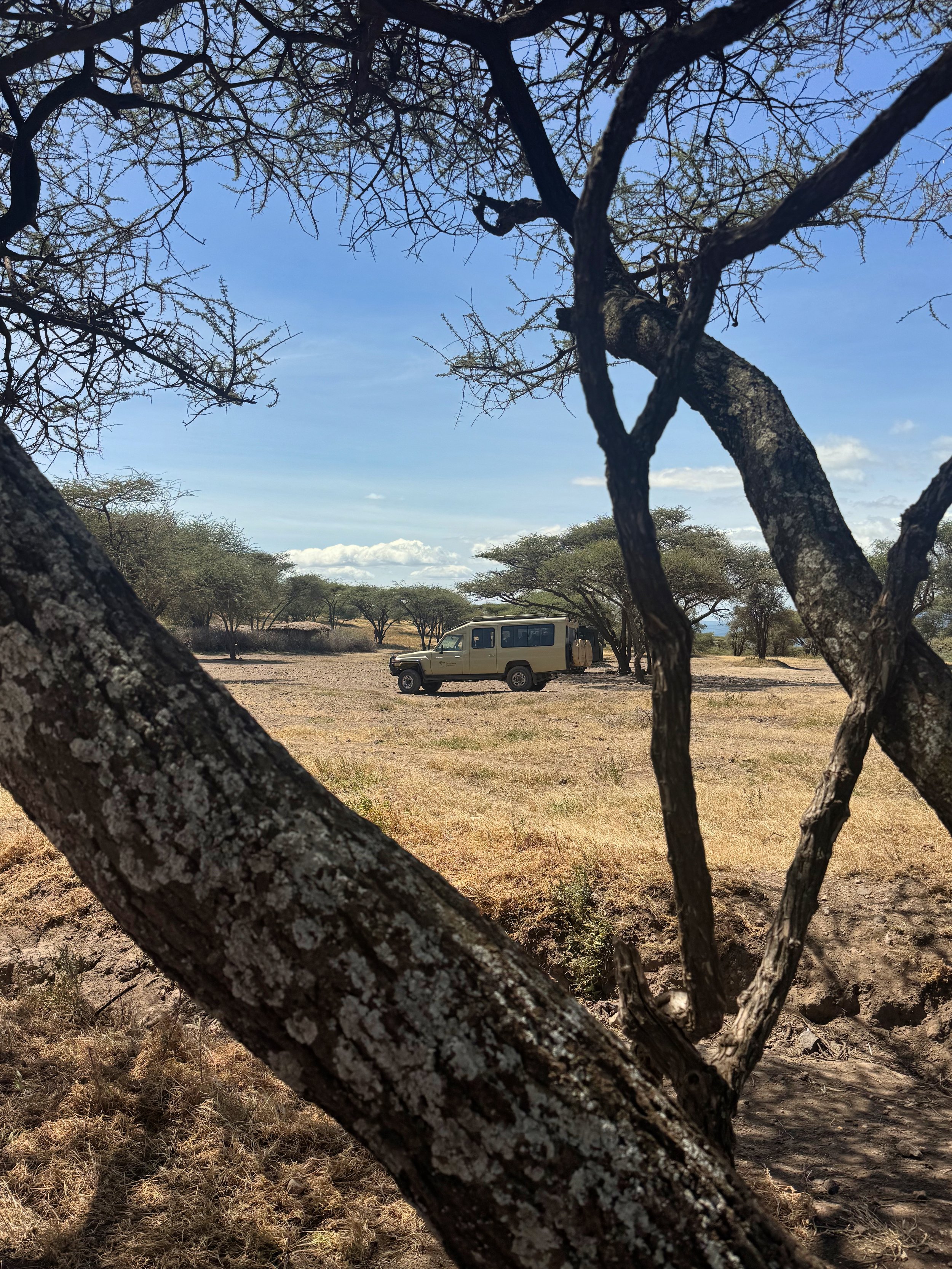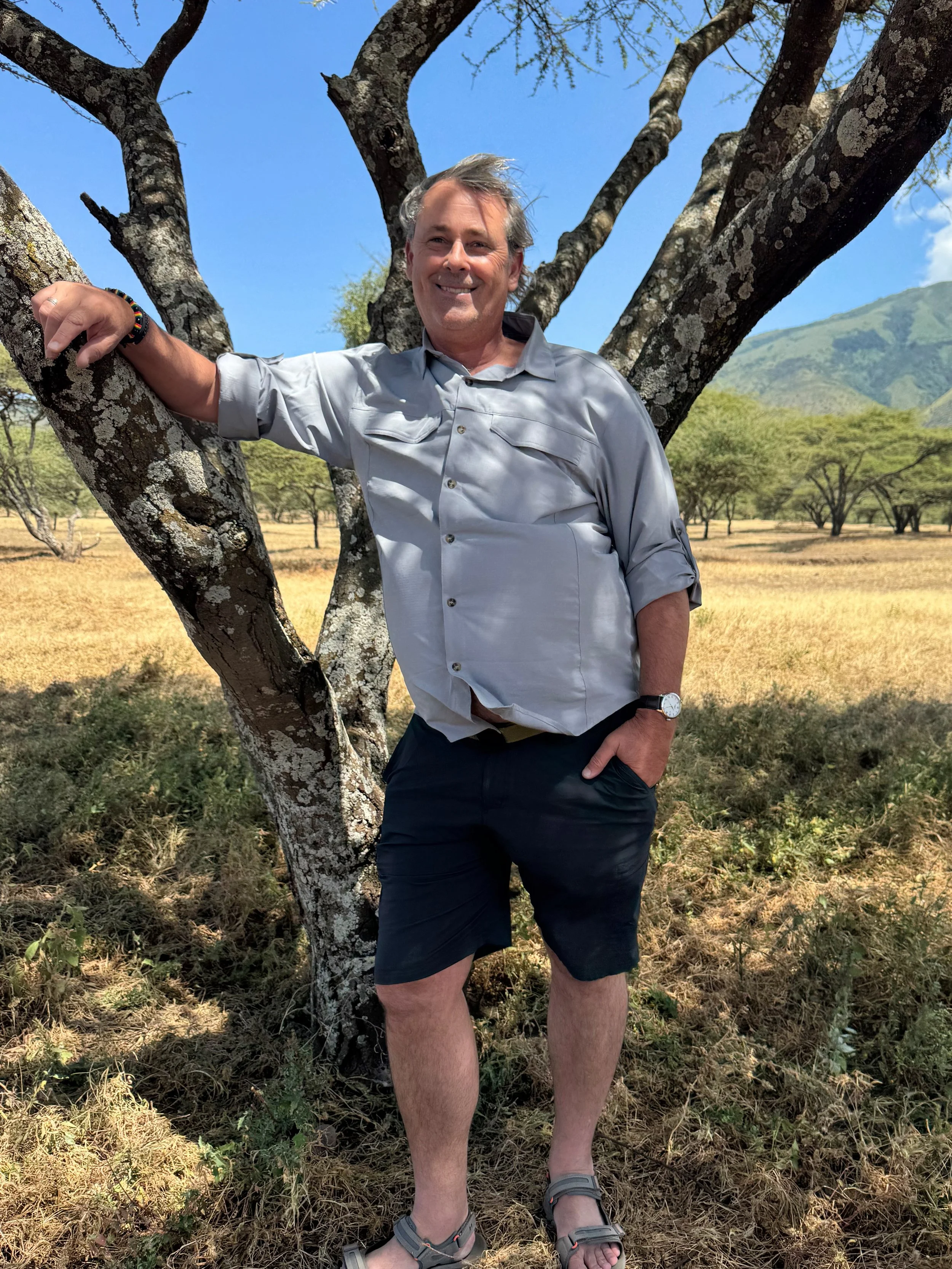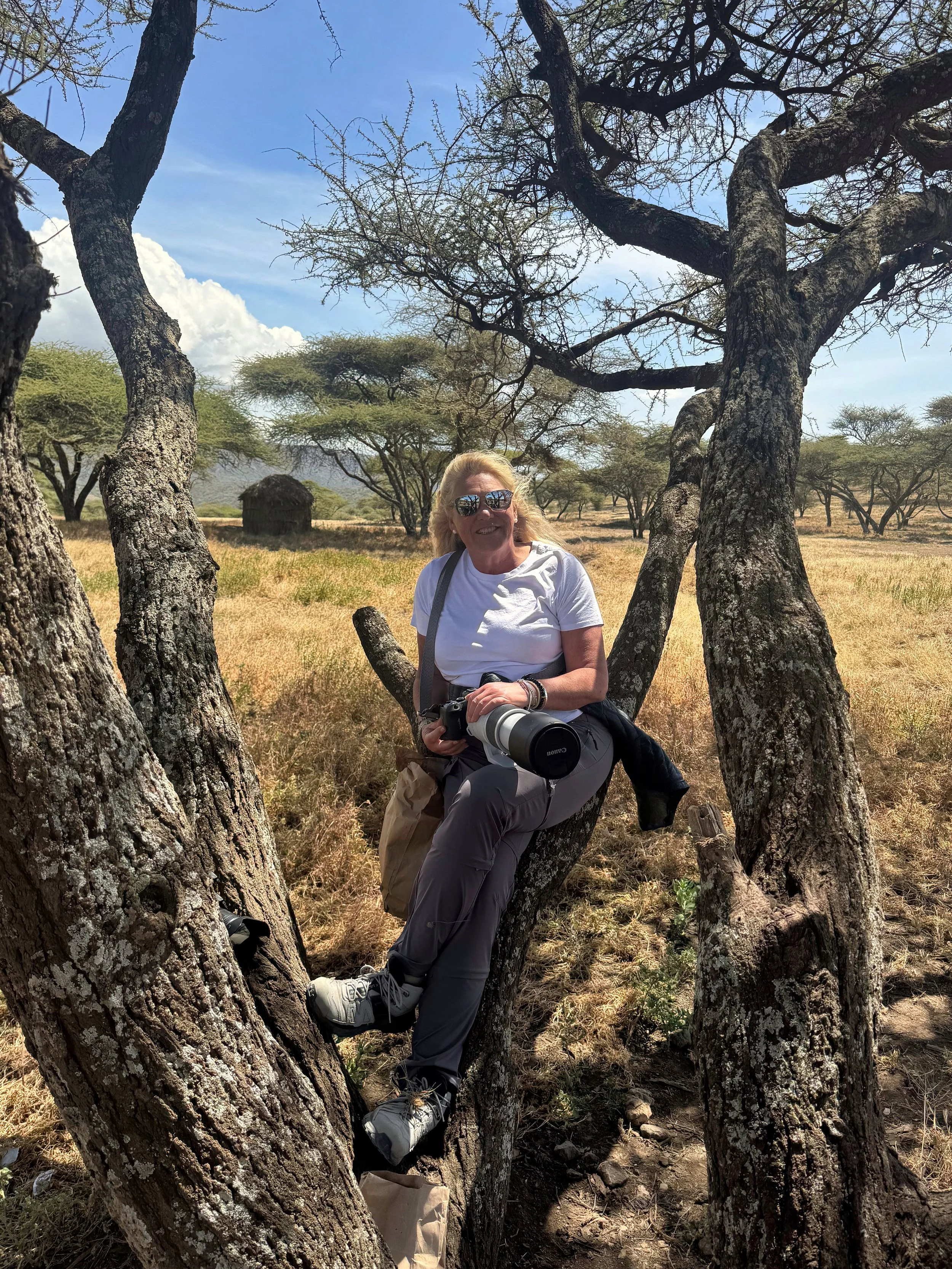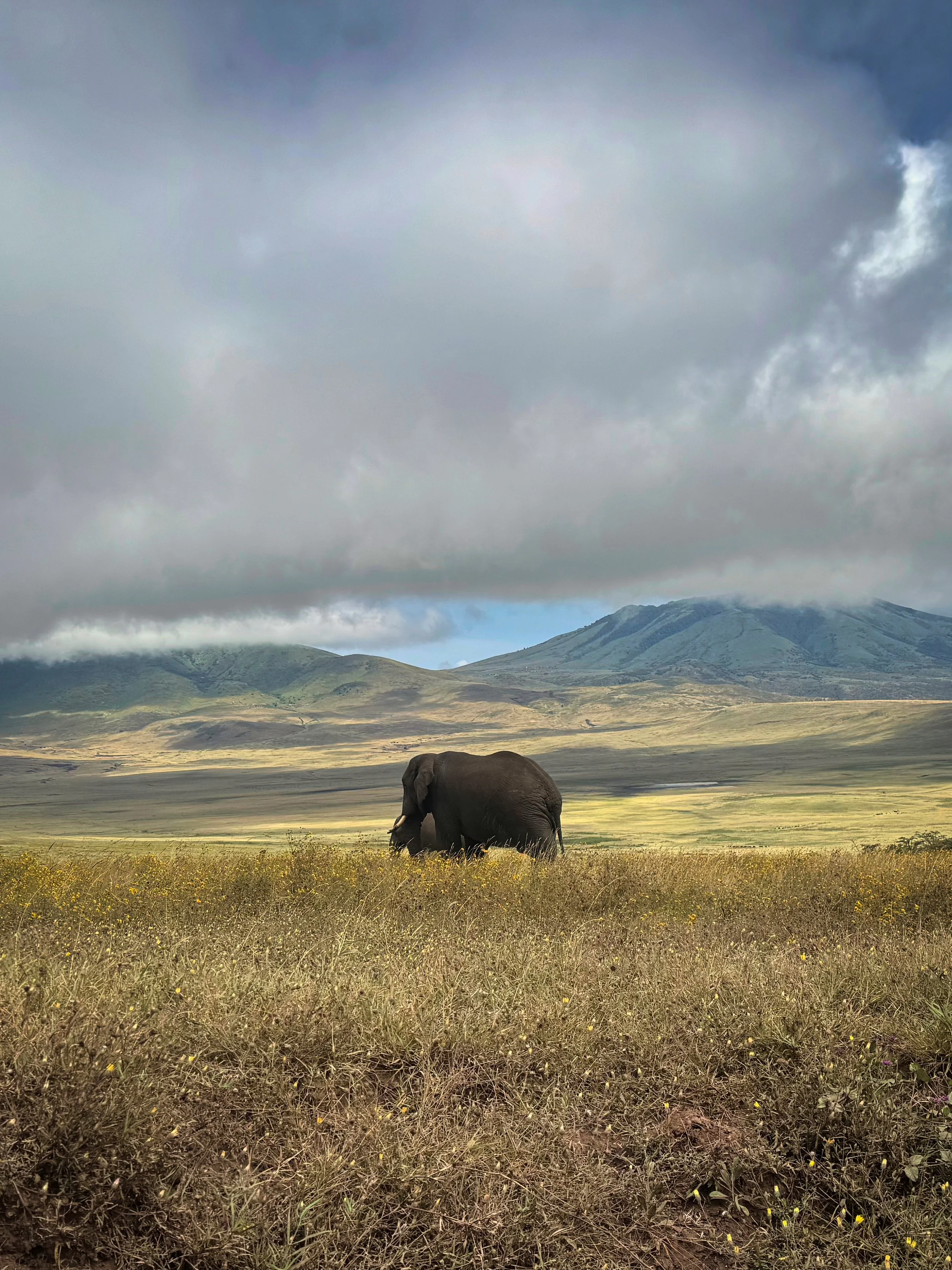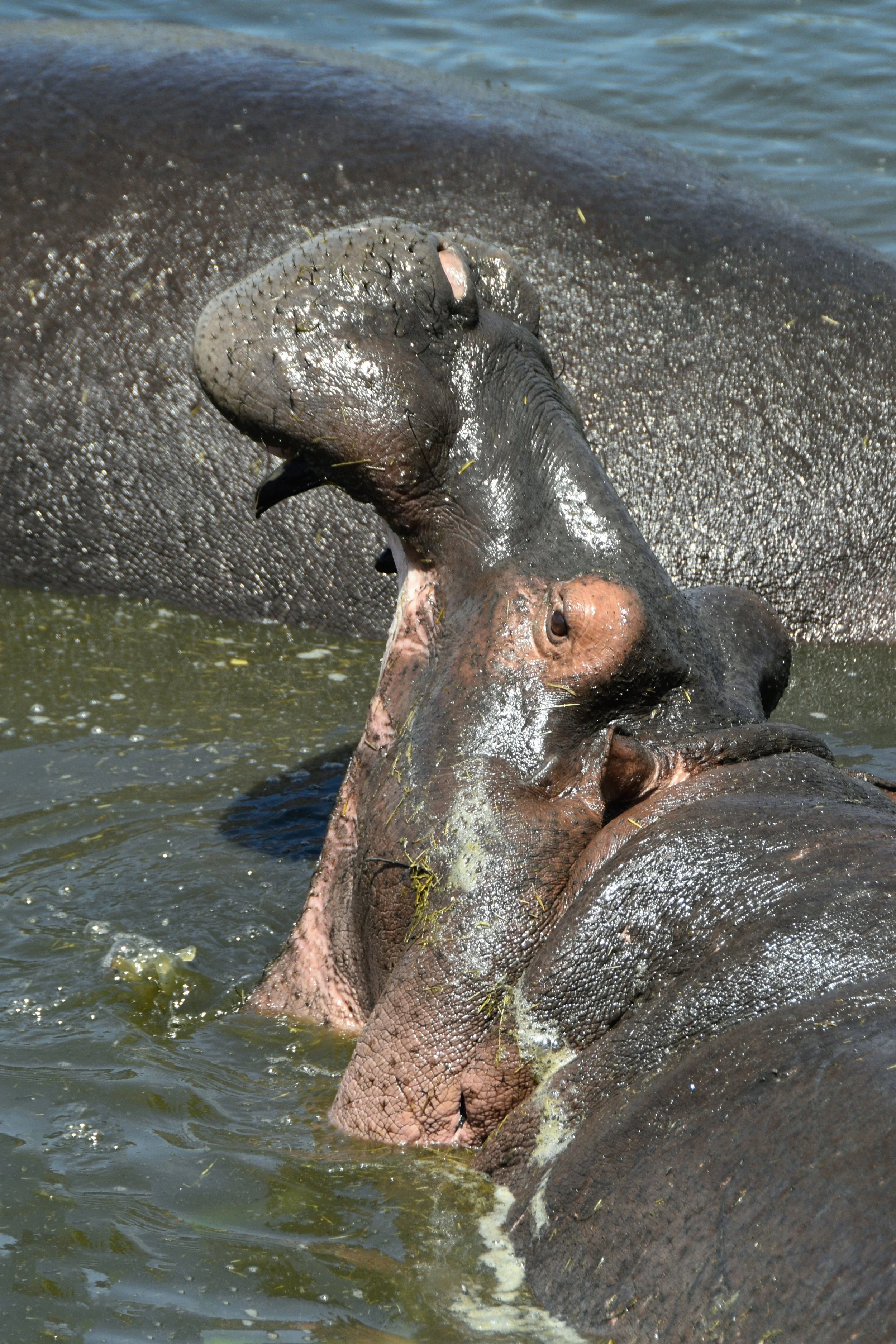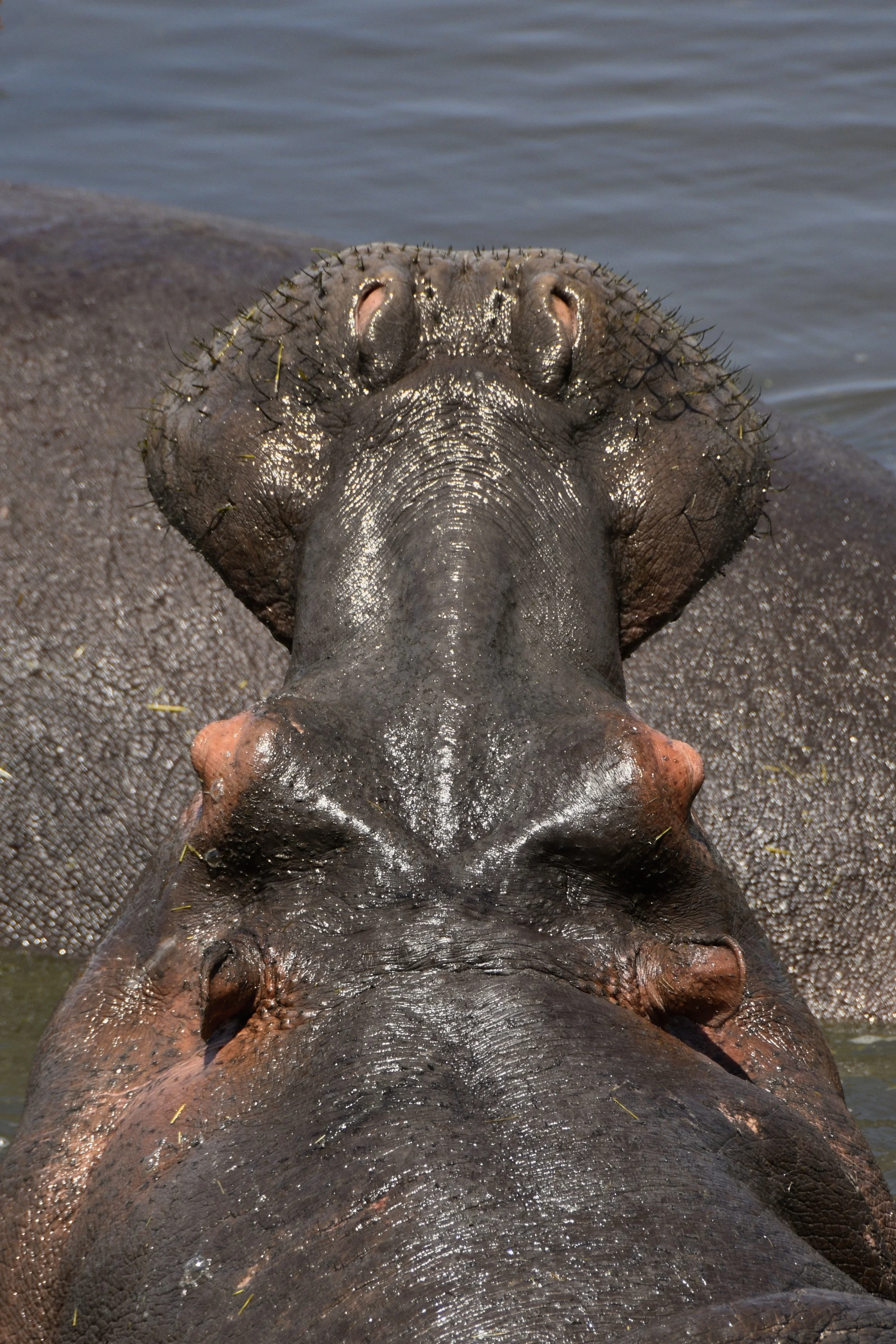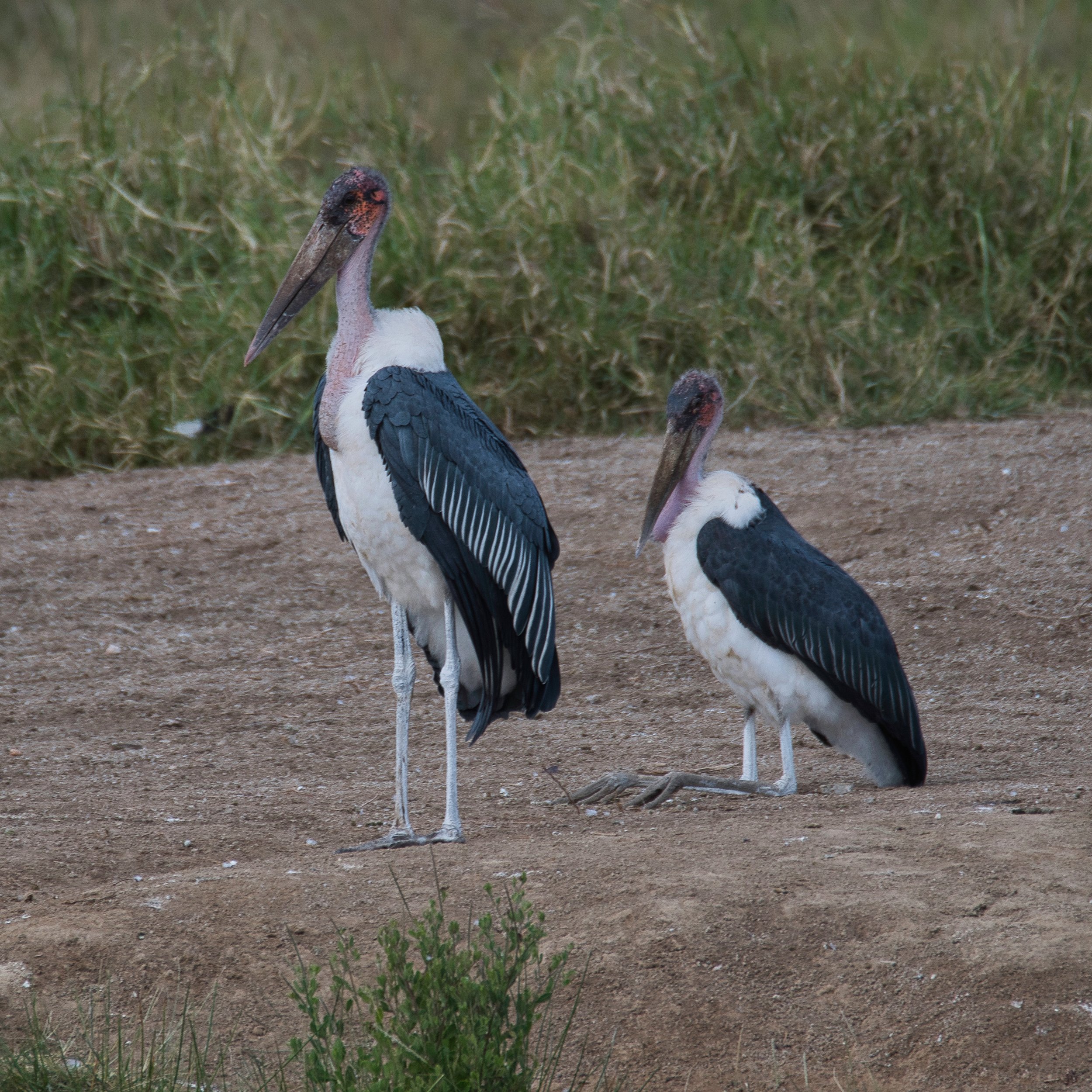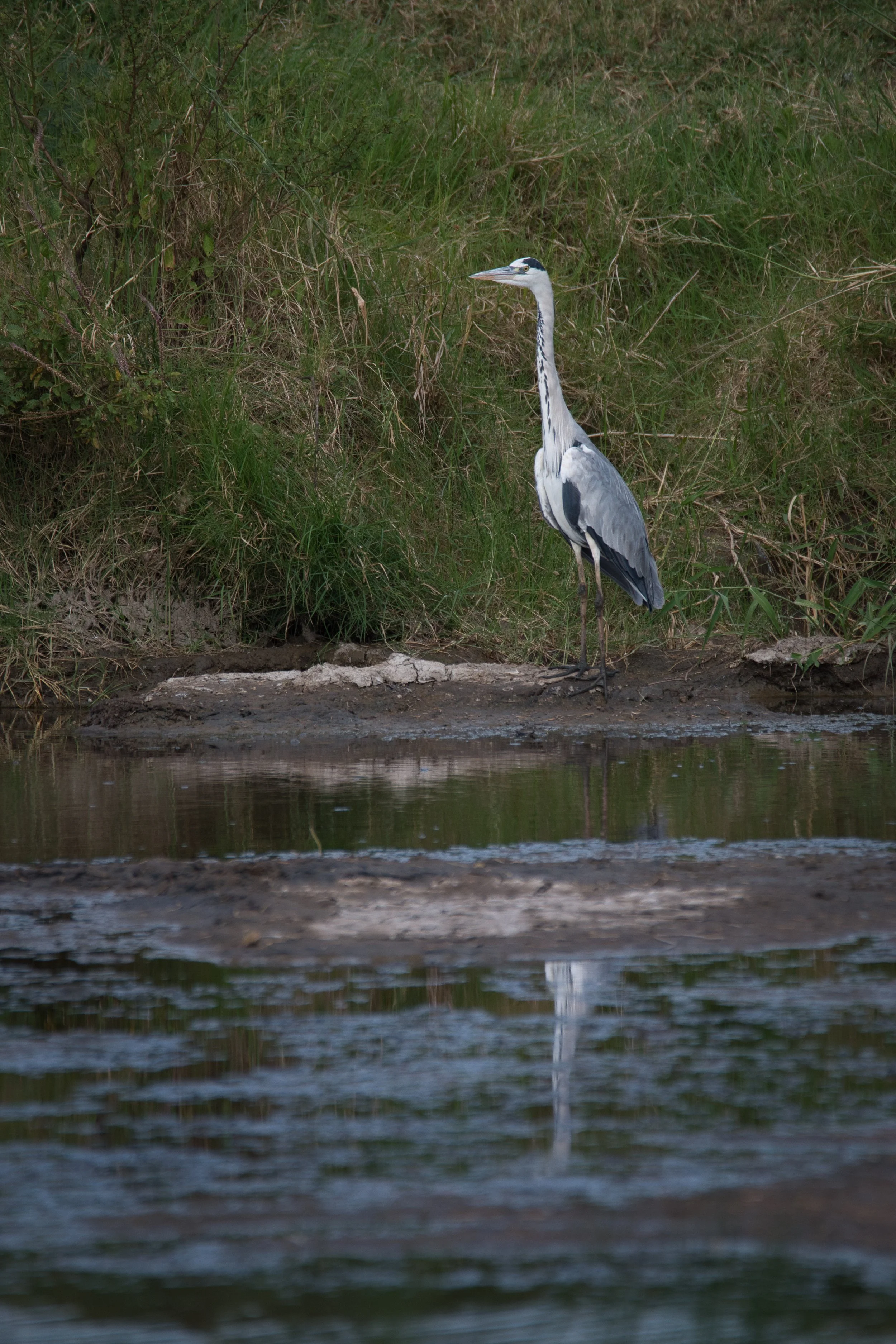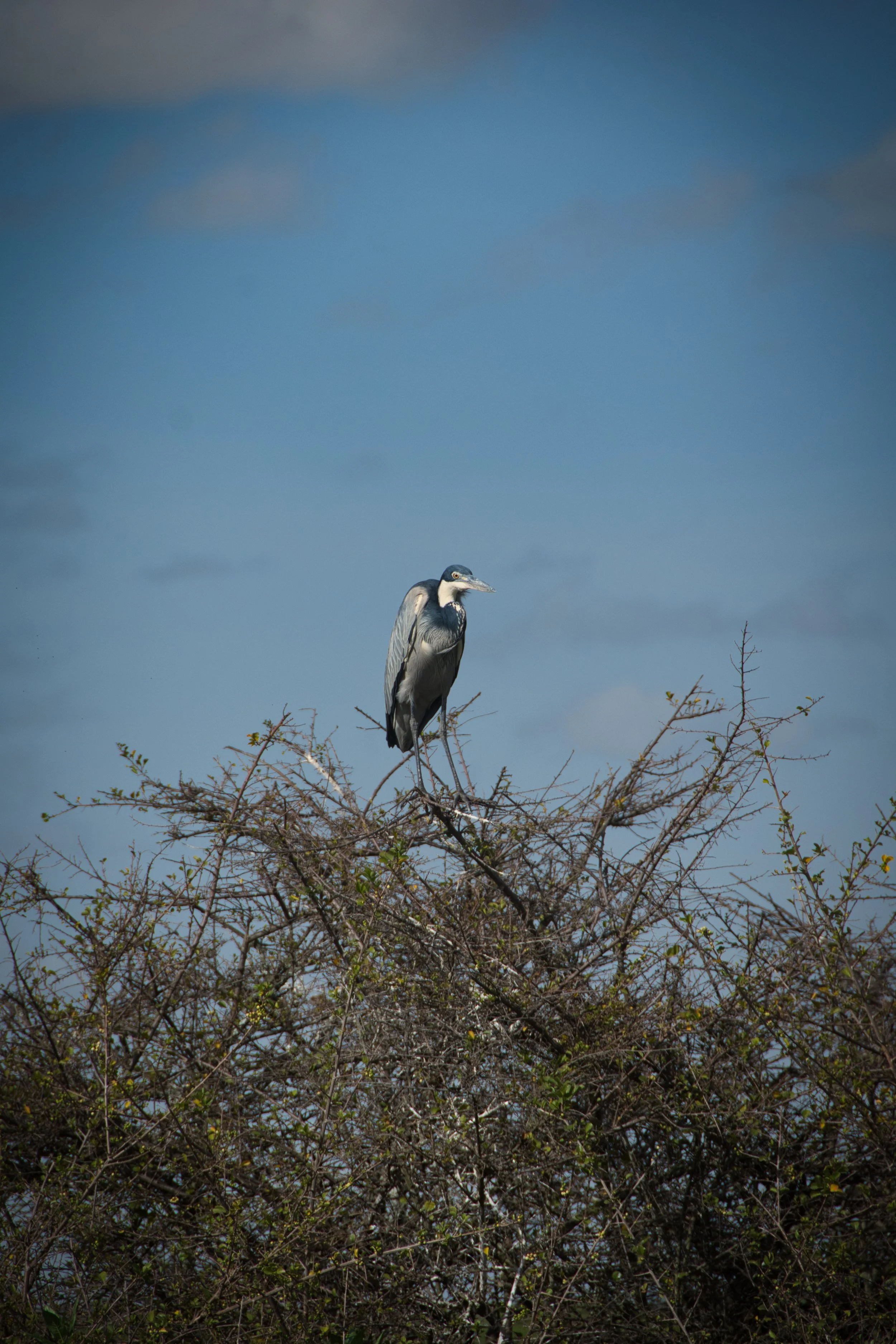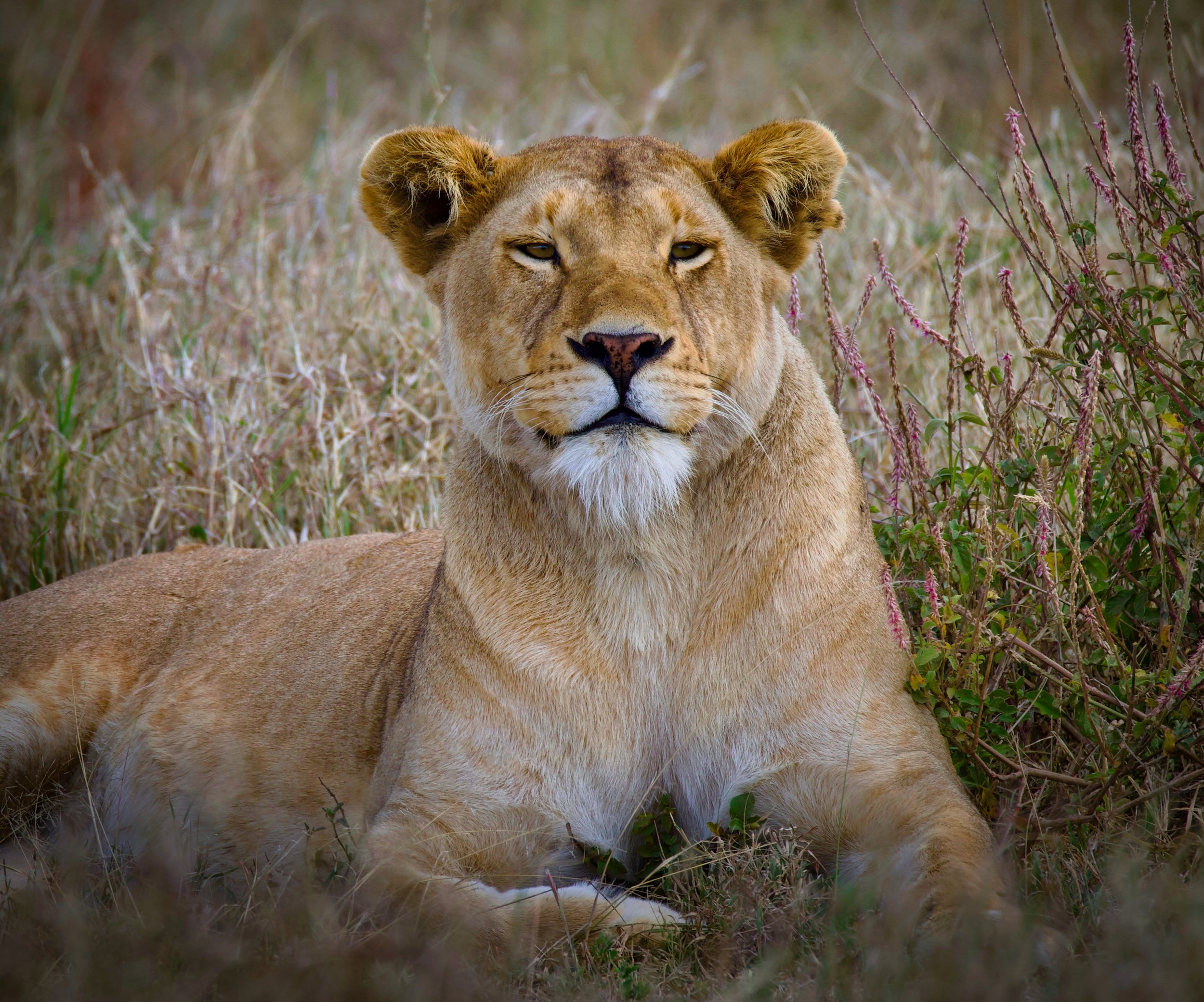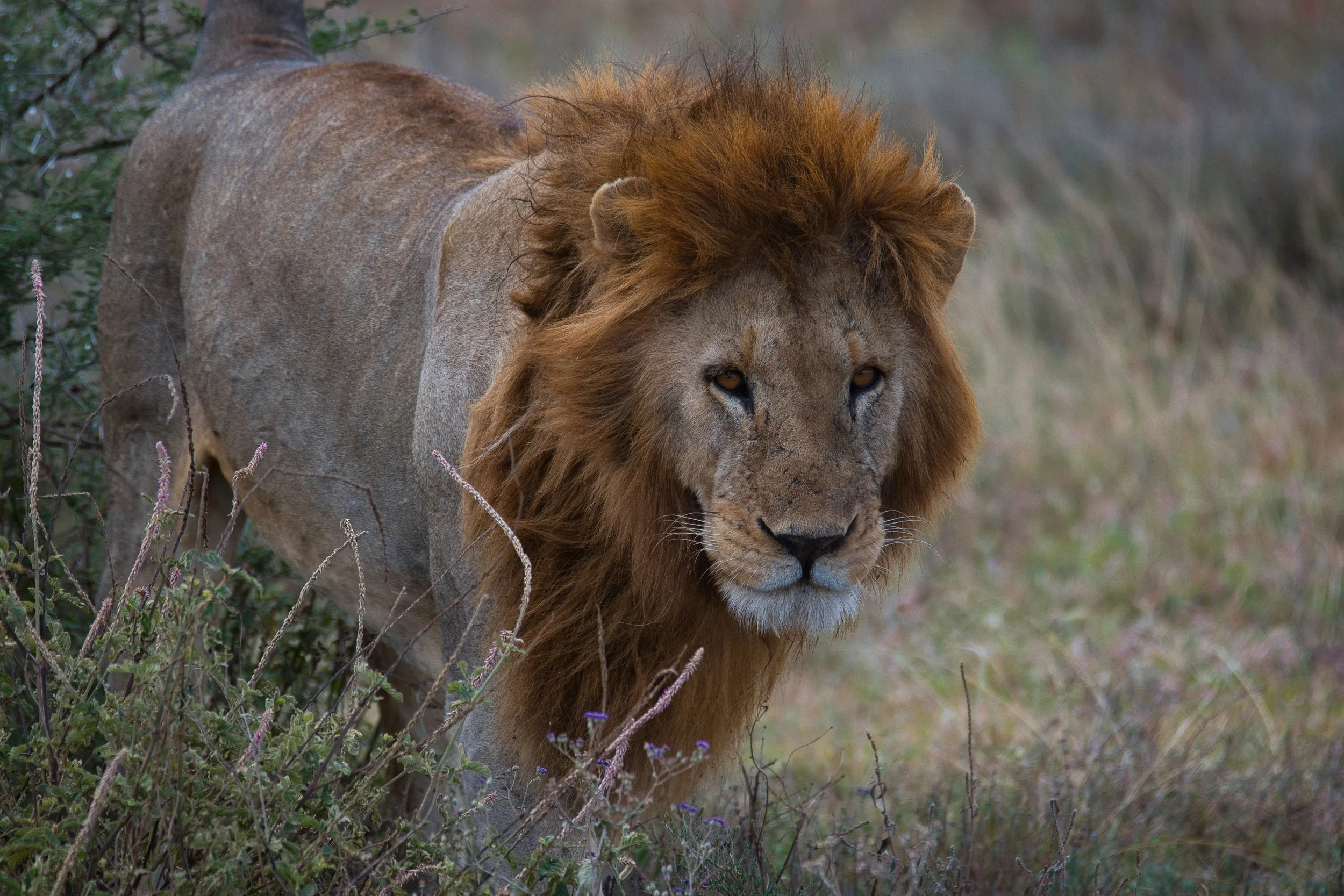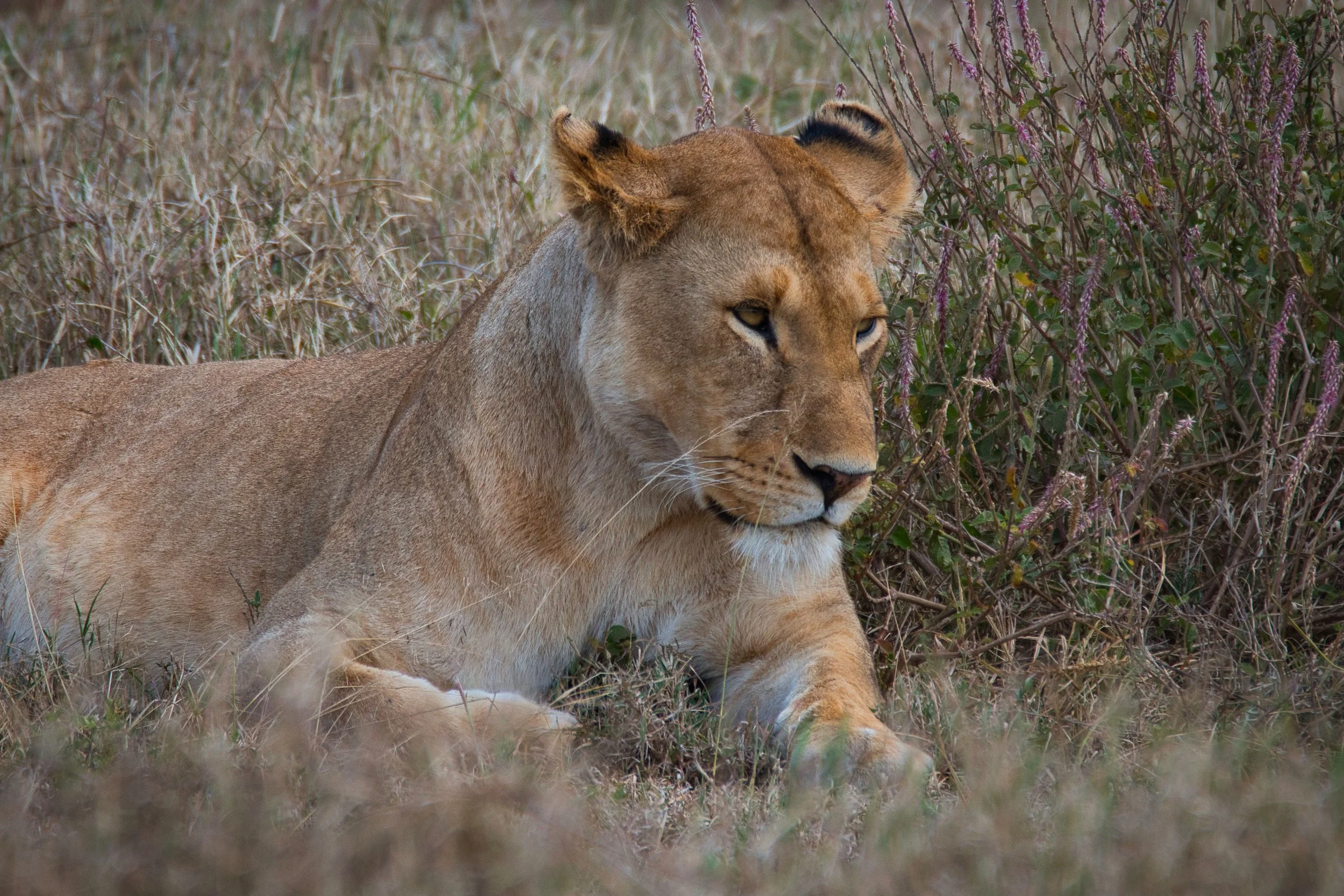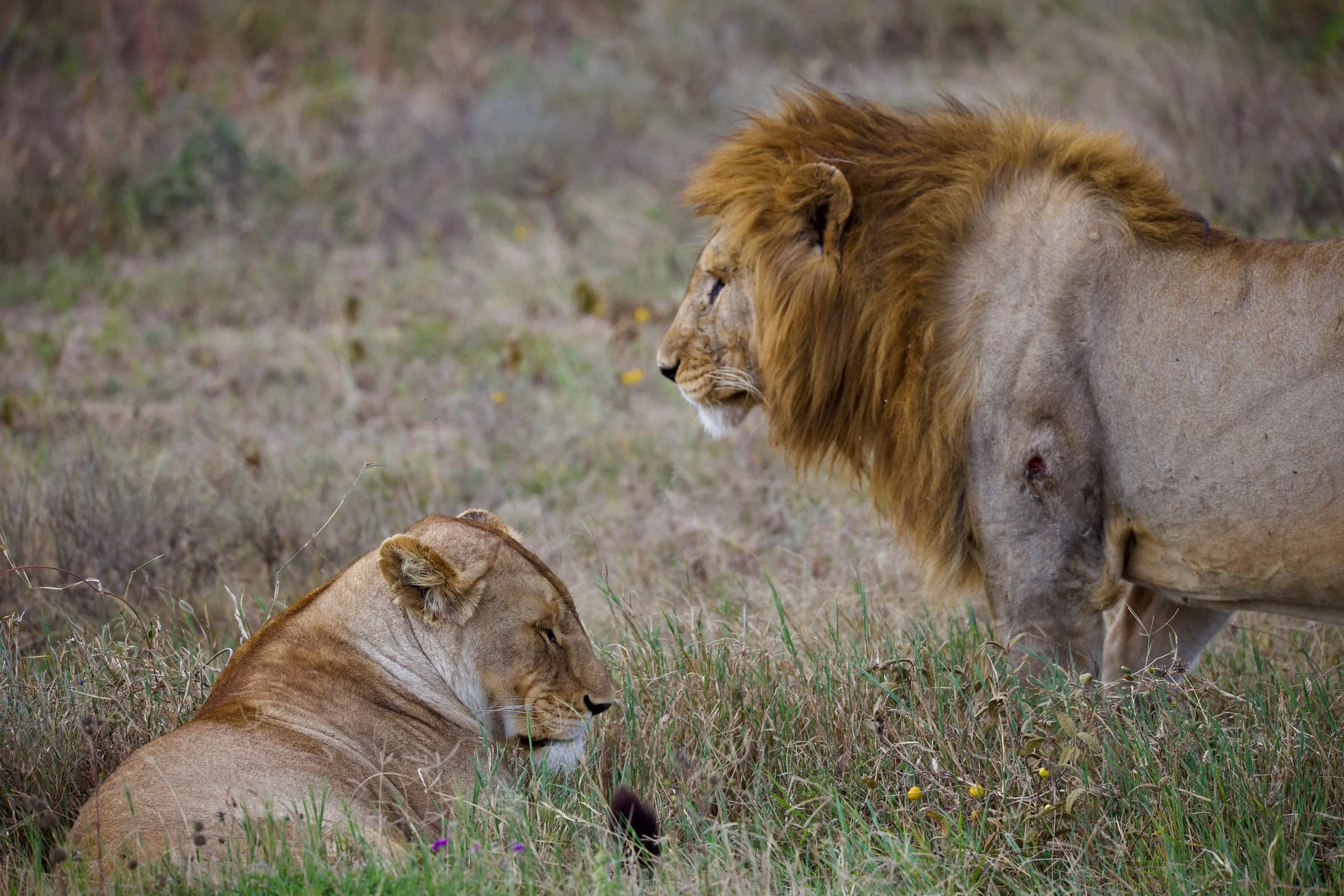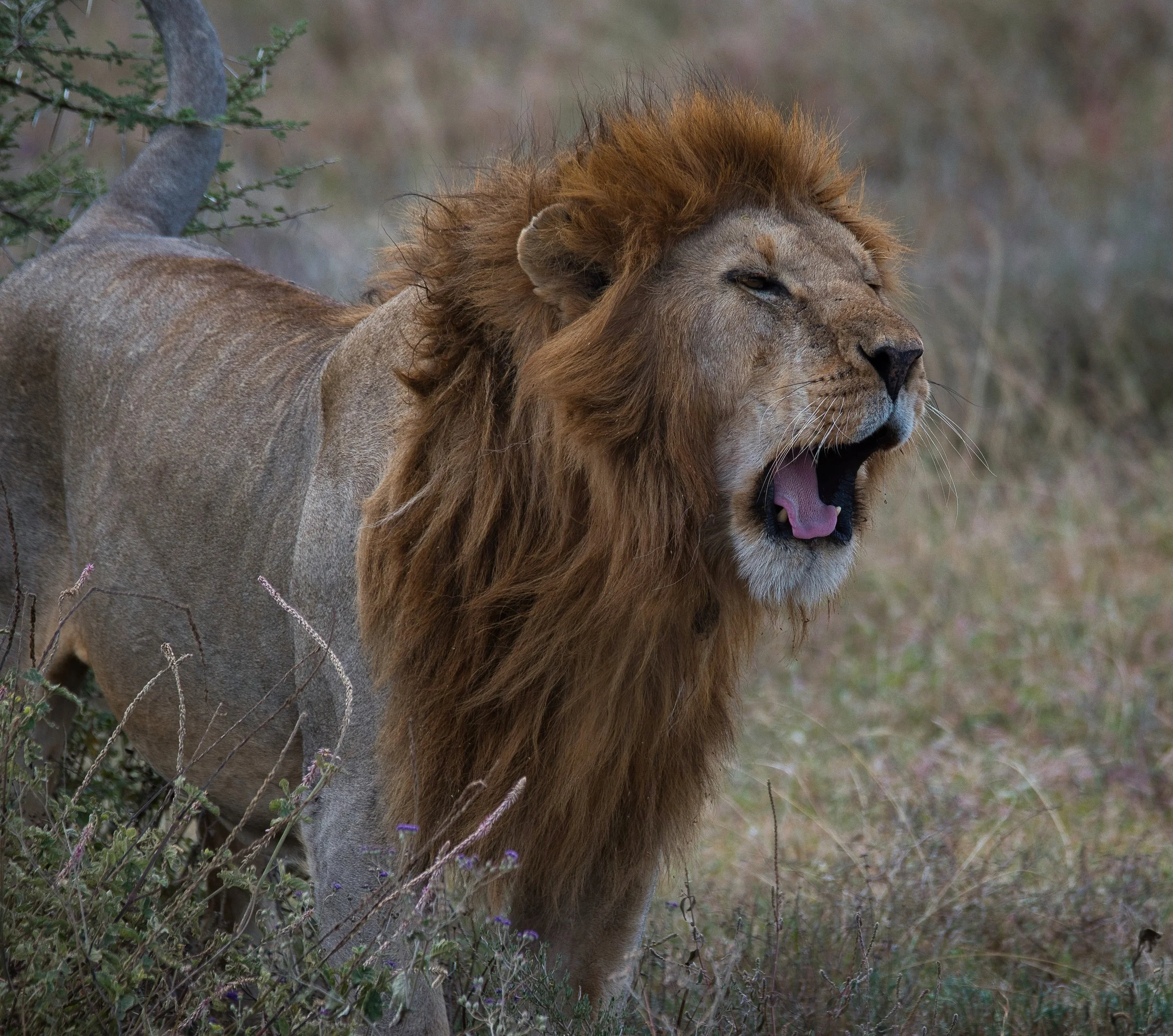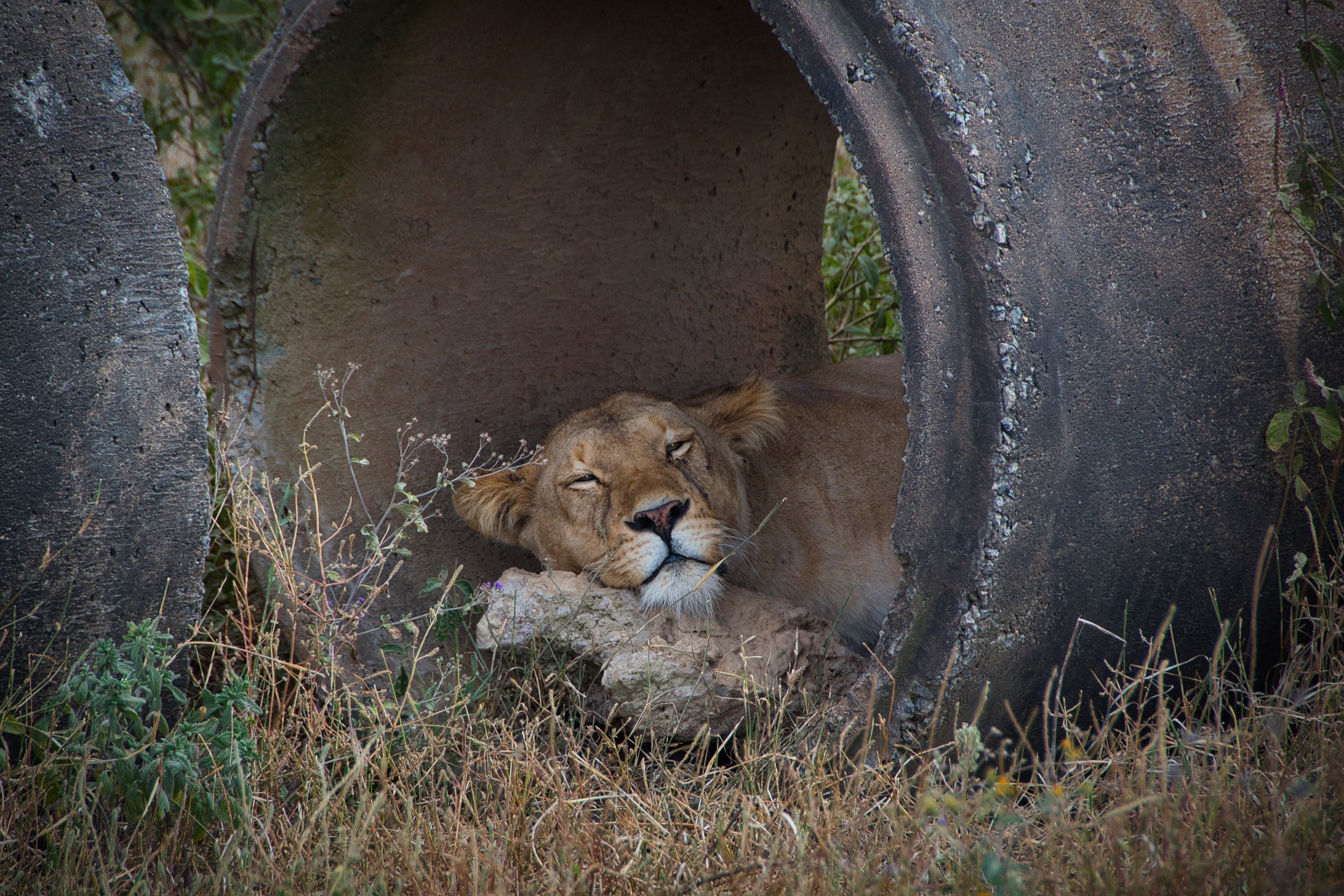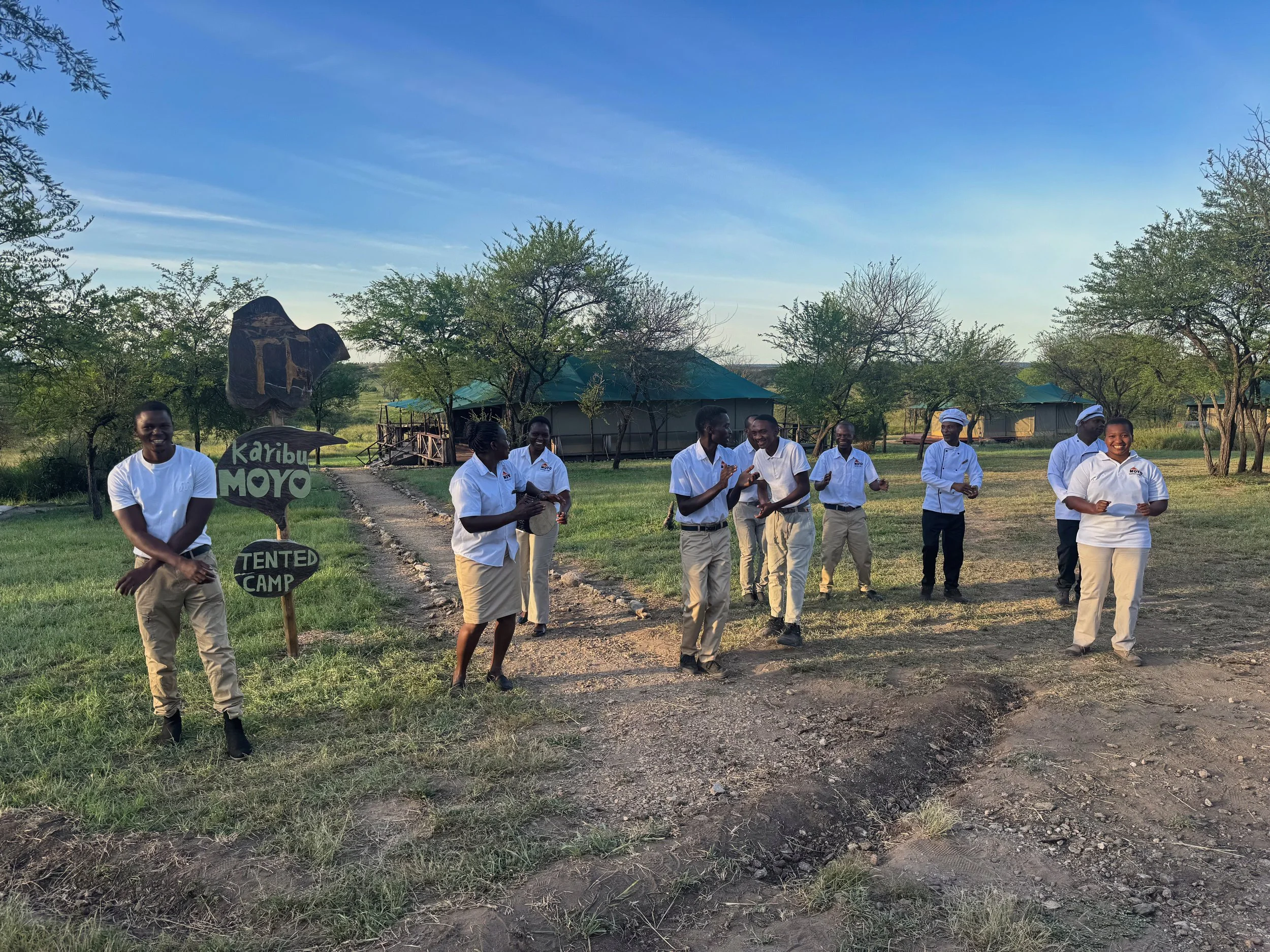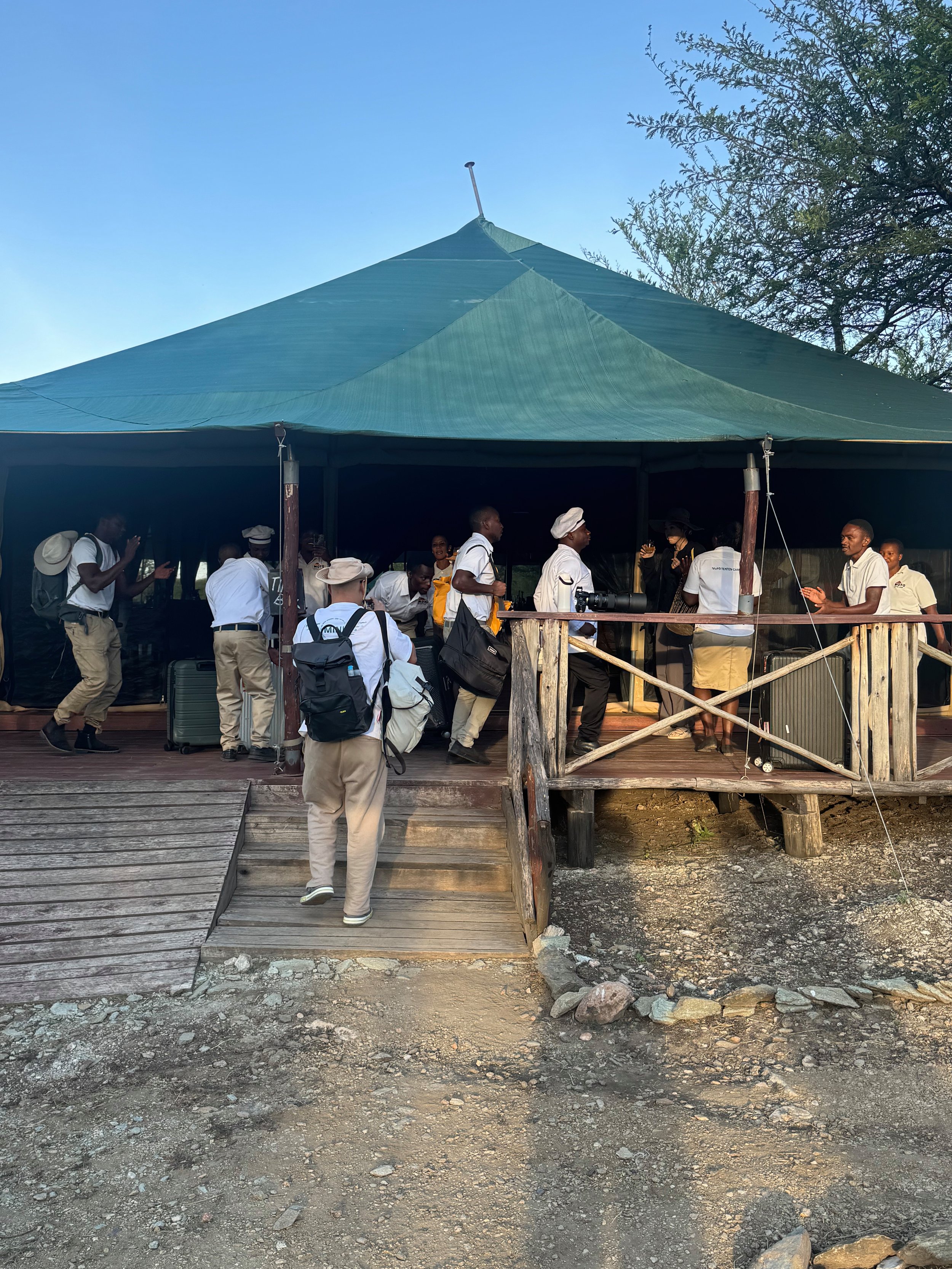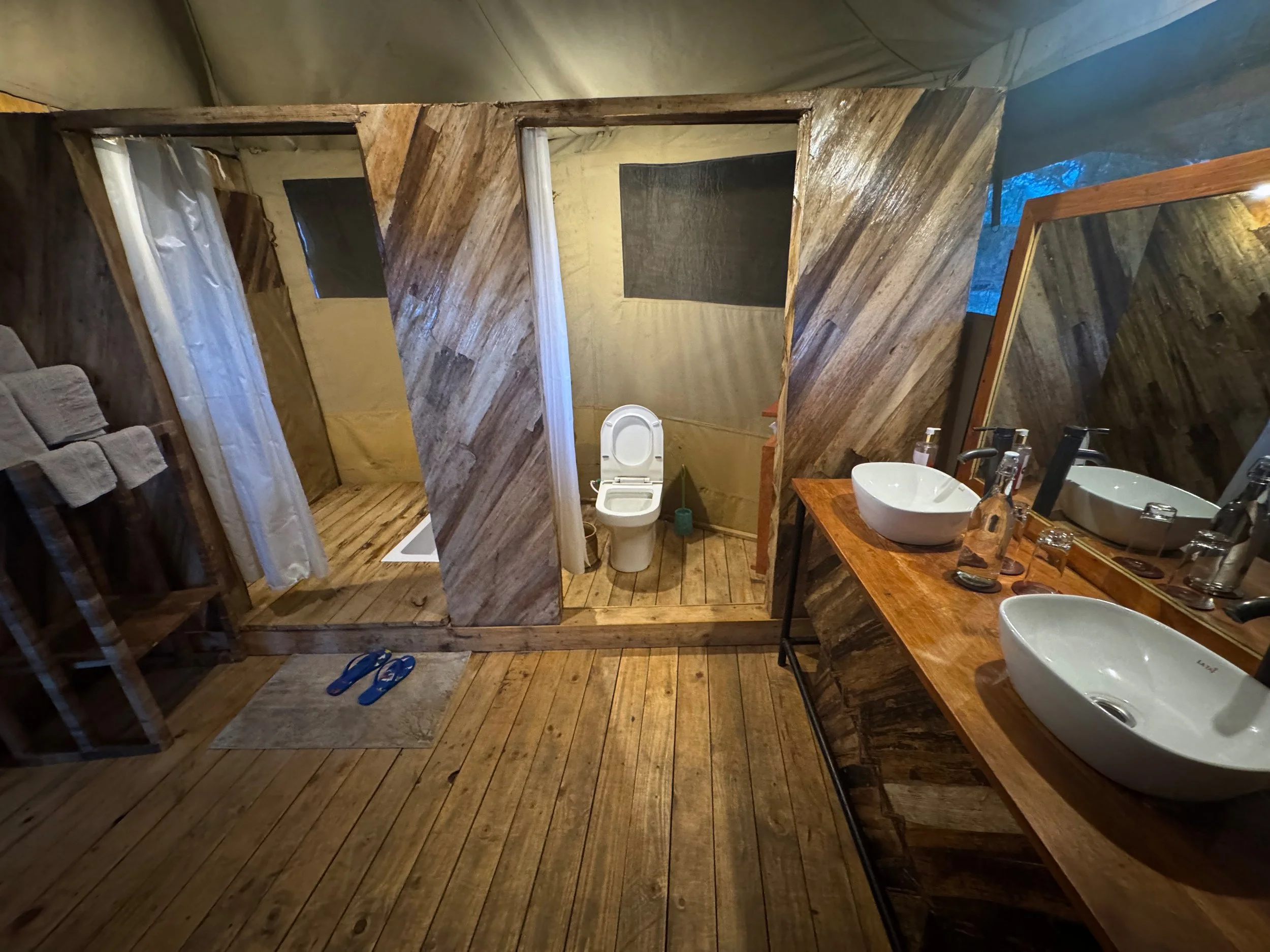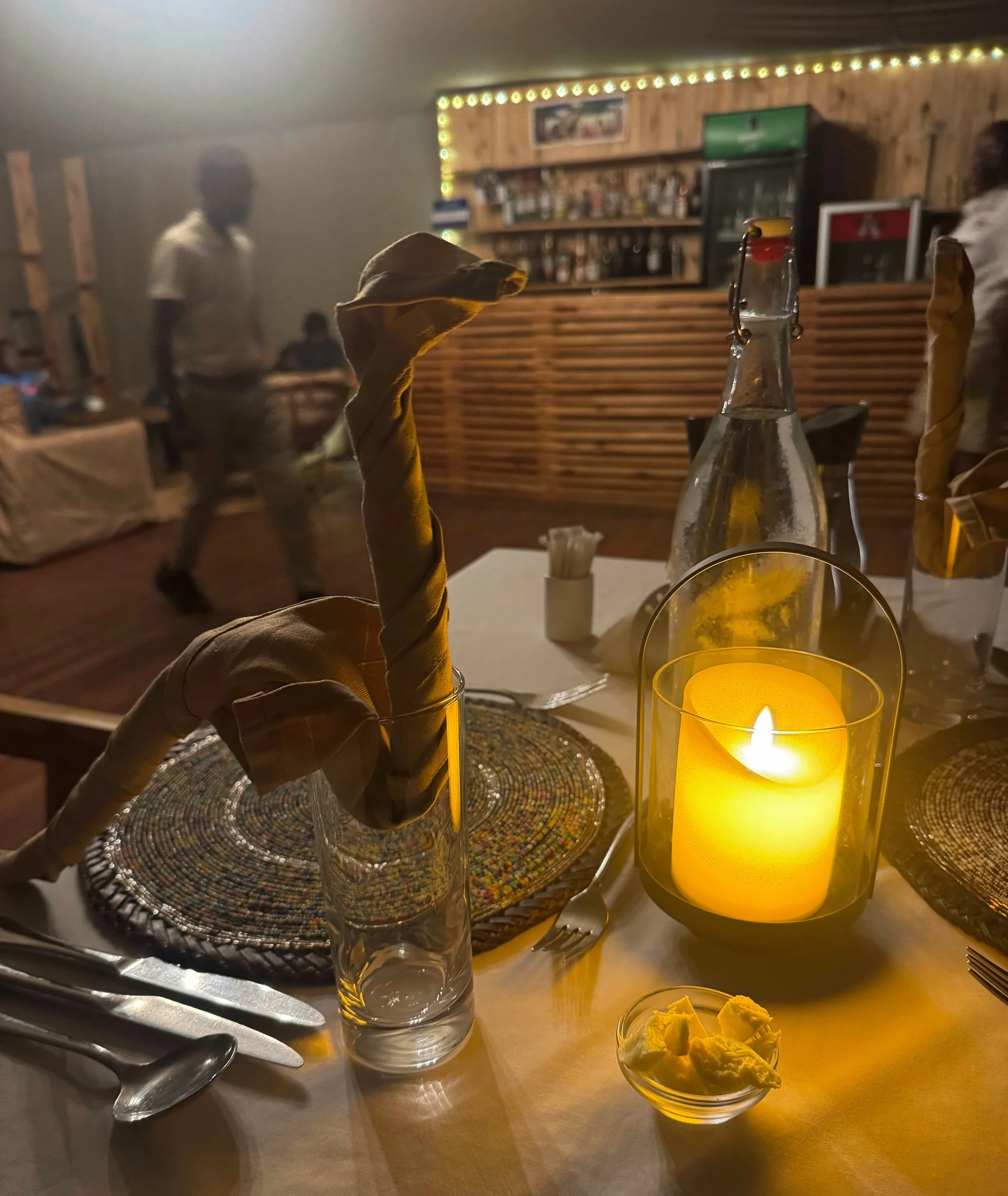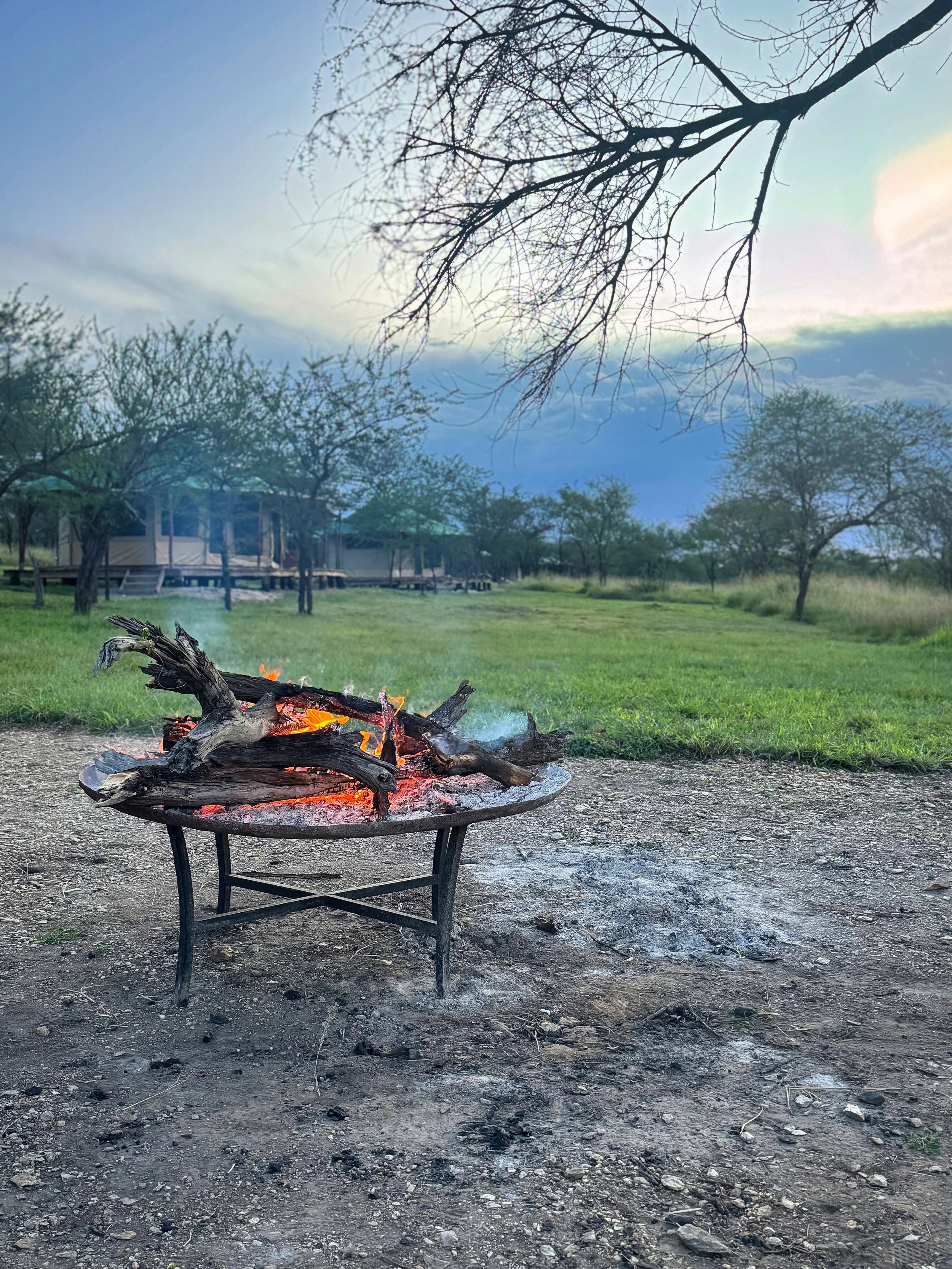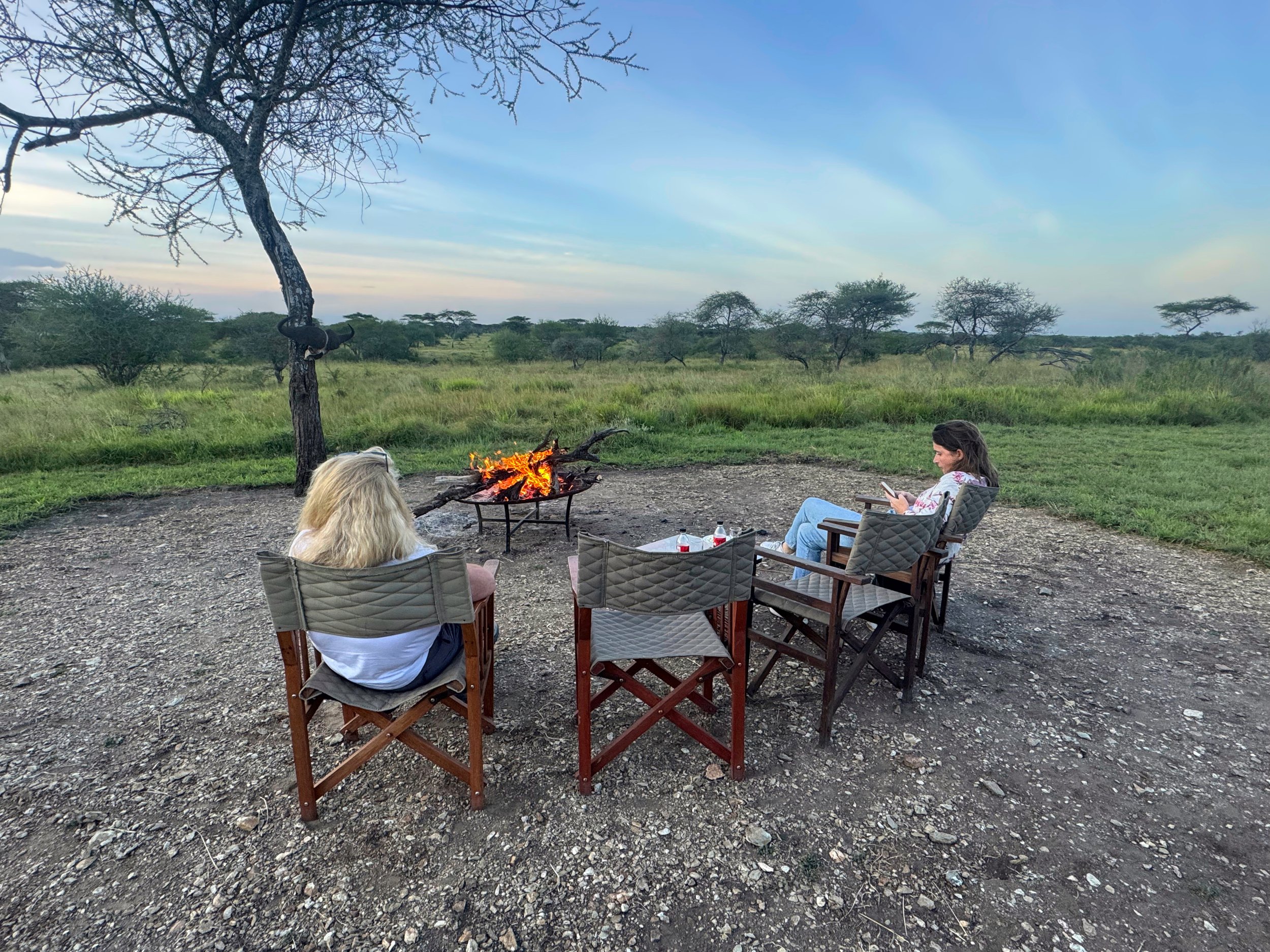Sunset XIV - The Serengeti
We woke this morning enjoying a room brewed coffee on our private balcony while giraffes grazed in the foreground and lions in the distance of the early morning glow of a Serengeti sunrise. Africa really delivers everyday with us both agreeing morning is her finest hour. After showering we headed on up to the main lodge for breakfast on the sundeck and Alberts habitual briefing of the days activities. Leaving Lake Burunge we would be heading west into the Serengeti National Park and perhaps the biggest eye opening experiences of our trip thus far.
Before leaving Australia, hell, even while actually in Africa, we’d been told by many that the Serengeti was “the” African experience and a must for any trip. That was always a fait accompli as far as we were concerned and today would finally be our day of reckoning.
After a short drive we began to ascend the outer rim of the Ngorongoro Crater with its rich volcanic soil and lush tropical ecosystem buried within the folds of its prehistorically formed slopes. This was a genuine surprise, and completely unexpected given our homework on the Serengeti but one we would better understand upon our return. Summiting the 1,800 meter crater peak the land levelled out in an instant with the terrain changing immediately. Flat grasslands specked by bushy thickets more identifiable in the area became the norm and animals were spotted in abundance given the time of day. Giraffes seemed the more dominate species which at this altitude, and outline of the crater rim projected in the background, made for a stunning photo with a strong depth of field otherwise hard to obtain from our usually elevated position in the cruiser.
Coming down to the floor of the plain we spied villages etched into the windward side of the rolling hills and pulled into a lookout point. It was surprisingly cold, and with early clouds still sweeping across the top of the crater making it look more like a Scottish moor than an African plain.
The Serengeti ecosystem is a geographical region spanning the Mara and Arusha Regions of Tanzania comprising 30,000 km2 of protected area that annually hosts one of the world's largest land animal migrations cementing it as one of the seven natural wonders of Africa. Renowned also for its large lion population, it is home to over 70 large mammal and 500 bird species due to its diverse habitats that include riverine forests, swamps, grasslands and woodlands.
Since the 1970’s, around the same time every year, the great circular migration begins in the Ngorongoro Conservation Area of the southern Serengeti that loops clockwise through the Serengeti National Park then north towards the Masai Mara reserve in Kenya. The migration occurs naturally by the availability of grazing lands yielded by the seasonal rains and coincides with the calving season. Approximately 260,000 zebras precede 1.7 million wildebeest and the hundreds of thousands of other plains game including 470,000 gazelles over the 3,000km journey. The name "Serengeti" is often said to be derived from the word "seringit" in the Masai language meaning "endless plains" which on witnessing couldn’t be closer to the truth.
After a further hour crossing the plains we came to the Serengeti National Park border and monument to the Olduvai Gorge. Long before cities rose and borders were drawn, before history had a name or language any shape, there was a rift in the earth in northern Tanzania. A quiet seam on the landscape cradled between the Ngorongoro highlands and the Serengeti plains. This is the Olduvai Gorge and one of the most important palaeoanthropological sites on the planet and quite literally the ground beneath our collective feet. It’s here some of the earliest evidence of humankind has been unearthed, bones, tools, and ancient footprints telling the story of our first steps - not metaphorically, but literally. If Africa is the birthplace of humanity Olduvai is the delivery room. Woah ! Albert spoke similar words that to many might just be part of the tourist narrative but to him, and in turn us, extremely poignant and just another unexpected slap in the face from mother Africa.
For those on safari through the Serengeti and Ngorongoro conservation area, Olduvai is more than just a detour. It is an anchoring point. Amid the grandeur of migrating wildebeest and lion prides across golden grasses it can be easy to think of safaris as a spectacle. But Olduvai offers something deeper, it ties the wild beauty of Tanzania not only to the present but to the deepest past and asks any traveller to consider not just where they are, but where they come from.
Moving on we came to one of our prearranged side tours which for Fatpap was highly anticipated but uncertain what to expect. Masai villages are dotted across the Serengeti plains and a combination of both tradition and modern necessity as we would soon discover. The Masai are a nilotic ethnic group inhabiting northern Tanzania with a population reported to number 1.2 million, yet many of them view the census as government meddling and refuse to participate or provide accurate information.
Traditional Masai lifestyle centres around their cattle constituting their primary source of food and has a patriarchal culture viewing women as property. A man's wealth is measured in cattle, wives and children. A herd of 50 cattle is respectable and the more wives and children the better with a tribesman who has plenty of one but not the other considered to be poor. We entered the village as western gods valued, as we would find out, by our wallet and not our white skin or bright shiny objects.
Masai villages are ringed by family huts that are in turn ringed by an outer fence aligned to the direction of prevailing winds. From across the plains eddies whip up dirt and debris and after hundreds of years these villages have been oriented based on these winds. As gold card carrying, pre-paid members of the elite Masai society, Fatpap and Lyndall were singled out, appropriately adorned in native colours and personally escorted by the tribal leader into his home to hear the history, and way of life of the villagers and their onward struggles to survive.
It was purely cathartic and an experience Fatpap will unashamedly admit brought him undone. He doesn’t have a bucket list per-sae but holds some things to heart for certain reasons we will unpack over the duration of the journey. This village was one of those and from the outset everything it was supposed to be. All of the Masai's needs for food are met by their cattle. They eat their meat, drink their milk daily, and drink their blood on occasion. Bulls, goats, and lambs are slaughtered on special occasions too and although the Masai's entire way of life has historically depended on their cattle, more recently with herds dwindling they’ve grown more dependent on food such as sorghum, rice, potatoes and cabbage. It would appear they are also now reliant on the good ol’ green back but we’ll get to that in due course.
In the dark and somewhat dusty confines of these humble peoples home, we were explained their life style, their matriarchal hierarchy and general way of life. With Fatpap holding the ceremonial “speaking rod” and Lyndall sporting the traditional mporro necklace of marital status, we sincerely fell into their trap believing all they said through our tear soaked eyes.
Within the village inner courtyard an array of handmade artefacts were displayed for purchase. The handiwork of mostly the women of the village, guests are invited to circle the tables and perhaps pick out something of interest. You’re aware of our jam by now. You know we don’t do that shit, but again Fatpap was deconstructed by this experience and selected some items for both Lyndall and his mother. USD100 was the asking price and the point where romance quickly departed and reality kicked in. From a village with no electricity, internet, federal taxes or need for Taylor Swift tickets. From a village who over millennia has existed through free trade and the biblical system of bartering, why would they need USD? Any deal was crushed in that instant along with the fairytale illusions of the Masai people. The tribal elder had at one point garnered Fatpap’s ear to suggest “any tip should be secured directly” with him. Not quite the commune existence we romantically are inspired to believe but enough for Fatpap to slip him an Alexander Hamilton and shatter yet another idyllic notion of his. First the 18th season of the Simpsons, now this.
But…stripping away any engrained cynicism built over 58 years, the Masai village tour was a wonderful experience adding yet another patch to the quilt that is mother Africa. We lunched near the village within the “V”of an acacia tree reflecting on the Masai warriors and their blatant grift before continuing through the Serengeti and our next discovery.
Masai children
The day continued with sighting after sighting of zebra, wildebeest, impala and elephant while the never ending volary of birds produced a new species on every occasion. It was here the affable Albert revealed his true colours with his delightful sense of humour and encyclopaedic knowledge of the region and its inhabitants. Putting him to the test when ogling an enormous elephant only metres away, Fatpap asked what was his name. Expecting a latinised botanical answer, Alberts reply came both swiftly and deadpan, John. The ice was well and truly broken and for days the three of us would laugh our way across the Serengeti. It was also where Albert acquired his trip nickname. It came to a point where we would ask to see a certain type of animal and Albert would deliver almost immediately. He obviously knew the right locations and no doubt had luck on his side, but when asked to see a tower of giraffes with exactly 7 members, it started to become spooky when thats the very next thing we saw. It was as if he could conjure animals on demand like an African Dumbledore. So, he became the Serengeti Wizard and remains as such in Fatpaps phone to this day.
The Serengeti delivers on every front be it animal, bird, scenery or anything else catching the eye, and with Albert obligingly ready to pull over or stop when asked to, we managed to see a great deal of the Serengeti riches on only our first day on the plains.
The Serengeti Plains, Tanzania
Not far into our renewed safari Albert quietly pointed out a cement pipe lying by the side of the road. Unsure of its significance it took us a while to notice a sleeping lioness within its cavity. She was gorgeous, looking just like a domestic pet with their head draped over an arm rest, who at first refused to open her eyes for the camera. We were so besotted by her we failed to notice her partner lying deep within the grass only feet away. With all eyes and lenses on the pair a deep roar from the other side of road revealed another husband and wife team demanding our equal attention. The roar was fabulous to hear on the quiets of the plain but the animals themselves even more spellbinding. The mane of the male was simply beautiful and his antics while scratching himself on a thorny bush almost childlike. It was our best lion sighting yet and one we found difficult in leaving.
The King of the Savannah
After a dust ridden day with a bazillion animals crossed from the bingo card, we pulled into the courtyard of the Moyo Tented Camp to the harmonic serenading of the staff welcoming us. A cool drink and damp hand towel were gratefully accepted while the porters removed our luggage from the cruiser and delivered them to our bungalow. The Moyo camp is a semi-permanent fixture that moves seasonally based on climate and environmental matters. Although primarily made of canvas with zippered doors and fly screens, the base is wooden and luxuriously appointed while maintaining a rustic charm about it. Completely self-sufficient, all electricity is produced by generator or solar with water in and ablutions out contained and removed as required. With sweeping views across a lightly wooded plain and an open fire adjacent to the outdoor restaurant, Moyo was the perfect sanctuary after a big day of driving and animal spotting.
We of course befriended the manager within minutes and met the owner within an hour ensuring our 3 night stay would be as smooth as it should be and our pours longer than they need to be.
